Australia revisited
Less than 2 years since my last vacation there, it was time to spend some more quality time in Australia. The main purpose of the trip was the SETAC World conference in Sydney. Of course, an excellent opportunity to explore other parts of this vast country. So after one week in Sydney, I flew to Alice Springs, Northern Territory, and the central parts of the continent. The aim was to drive around in the desert for a week or so and then head down to South Australia and the coast.
In Alice Springs I rented a 4WD car, to be delivered in Adelaide 17 days later. The massive Toyota Landcruiser is an excellent off-road car, although the 4.2 L engine was very thirsty and used almost 2 L/10 km. I covered approximately 4600 km during the 17 day long trip. A thank to Stephen Powell (http://www.stephenpowell.com.au) for correcting a couple of the species names.
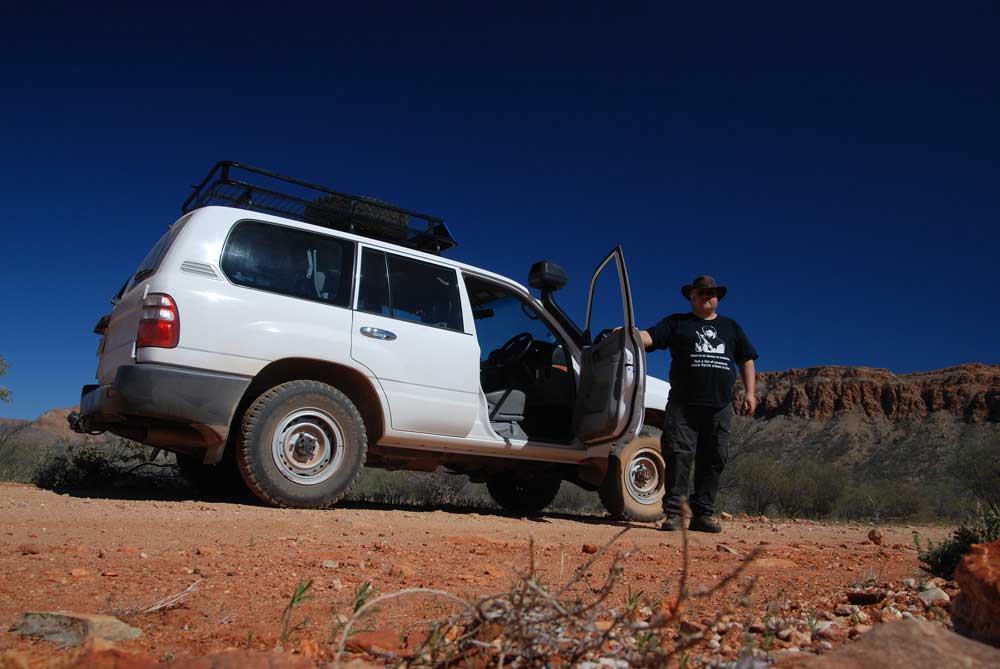
Outback walkabout
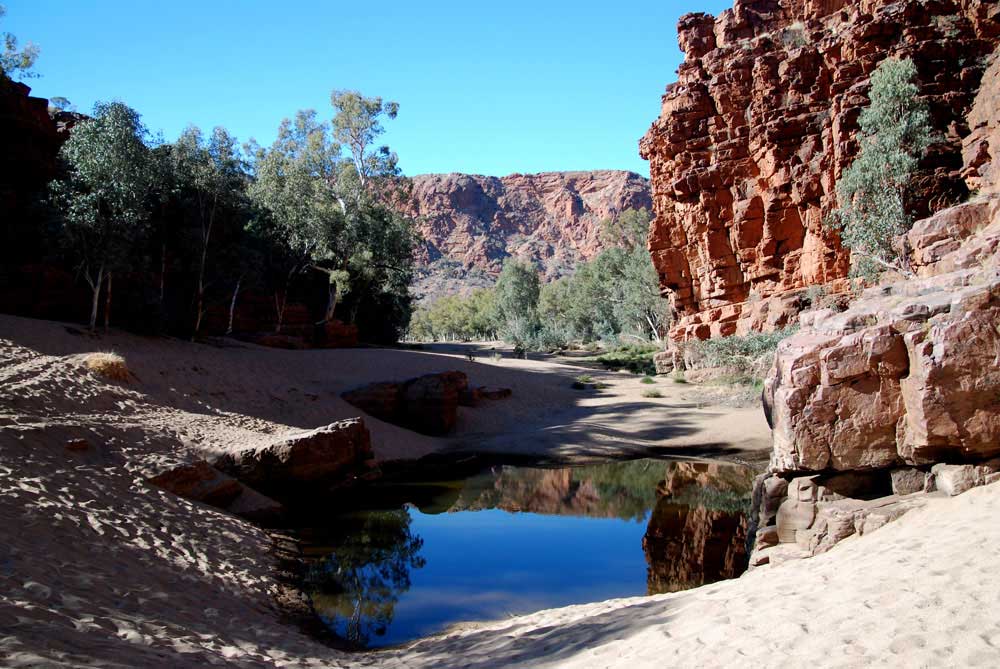
Trephina Gorge canyon - can be deadly if not prepared, East MacDonnell Range
First, I went to the East MacDonnell Range, with many nice canyons, and spent a couple of days there. A favorite was Ruby Gap Nature Park, situated a 4-hour drive from the nearest decent road. Here I met some locals, a bunch of 70-year-old campers from Adelaide, on their annual outback trip. I was invited to camp with them, and we managed to pull off a nice party in the middle of nowhere. After going back to Alice and a refill of diesel, I headed to Palm Valley in the West MacDonnell Range. In Palm Valley, I tested the off-road features of the Landcruiser on a very rough track. The last 16 km of this road, more like track, follows the sandy bed of the Finke River and is limited to high clearance 4WD vehicles only. Thereafter I went south to Kings Canyon after a short stopover in Rainbow Valley. Kings Canyon was fine but a bit touristy. I walked the rim in sunset and even managed to see some dingo’s on my way back.
The next day I went to the must-see Uluru/Ayers Rock. Of course, even more touristy than Kings Canyon, but kind of silly not to go there when visiting central Australia. Missed the sunset, as some clouds spoiled the iconic red rock in the late evening. I also drove to see the Kata Tjuta, also known as the Olgas, but only from a distance. Kata Tjuta is a rock formation situated some 40 km west of Uluru.
On my way south I visited the Simpson Desert before staying for one night in an old dugout opal cave now serving as a motel in Coober Pedy. After the opal capital, I was spending a couple of days in the Flinders Range, before driving through Adelaide and down to Kangaroo Island, where I stayed for a small week. On this page I have displayed some photos from the trip, from Sydney, the desert region of Northern Territory, and of wildlife from Kangaroo Island.
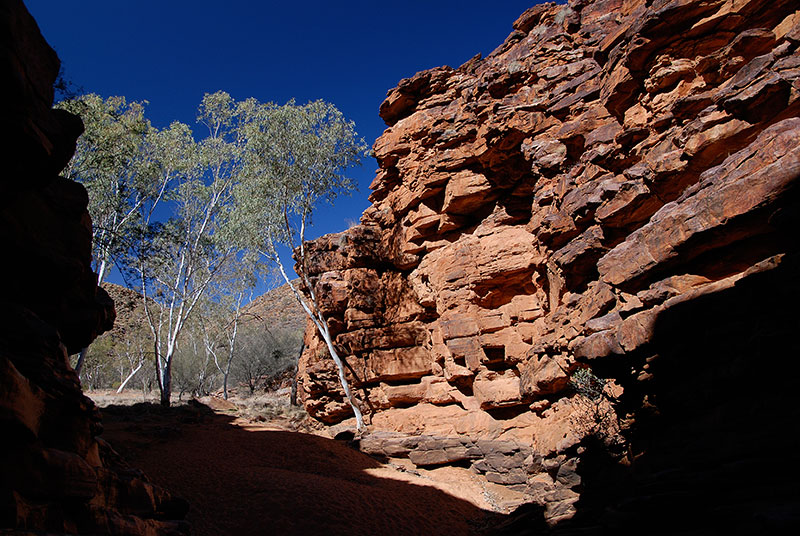
East MacDonnell Range

Arid riverbed in East MacDonnell Range
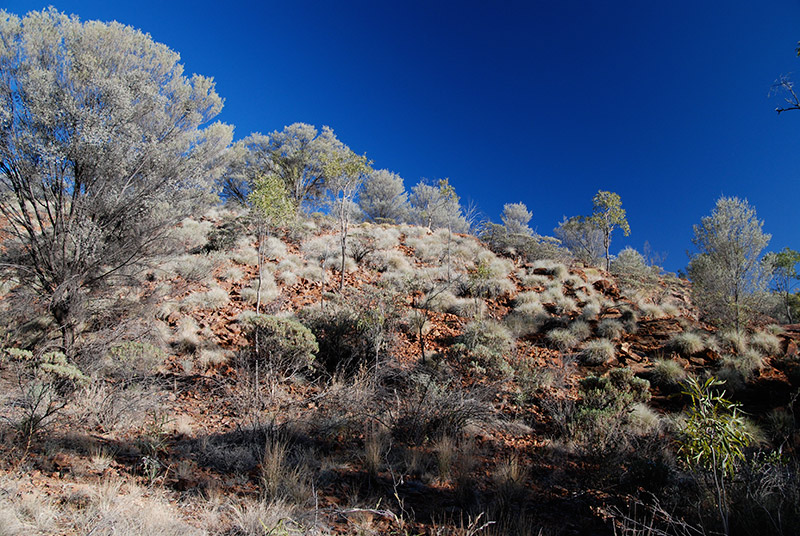
Hill in East MacDonnell Range
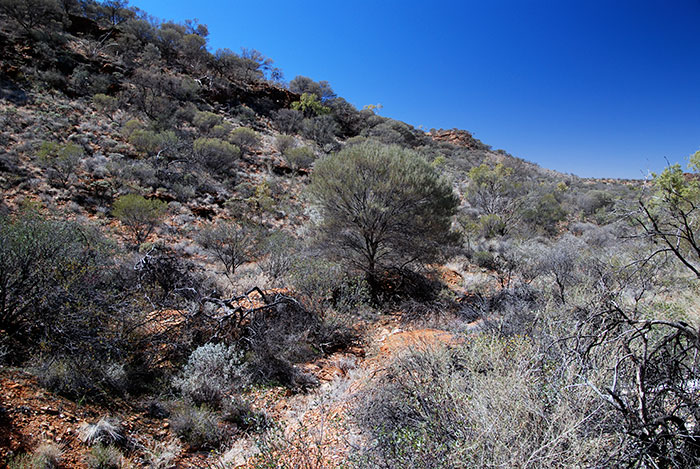
Arid hills in East MacDonnell Range
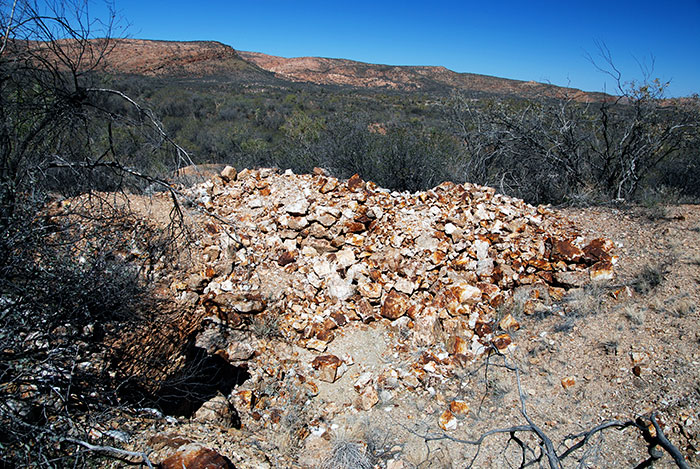
The MacDonnell Range Reef Mine was one of the richest gold mines in the region. The mine was operated intermittently from 1892 to 1908
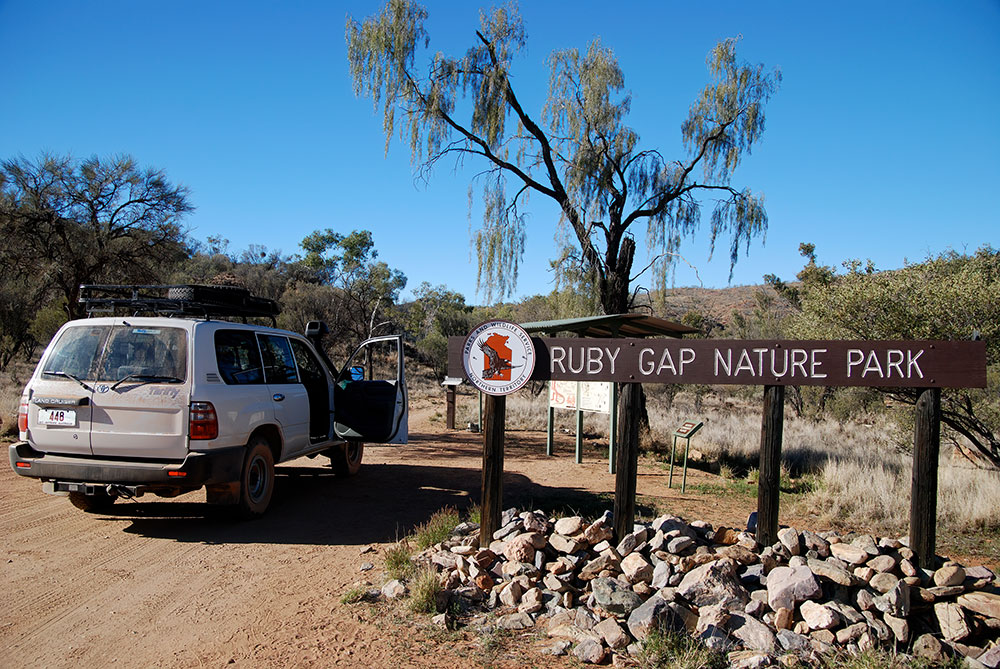
Ruby Gap Nature Park, Ruby Gap Nature Park
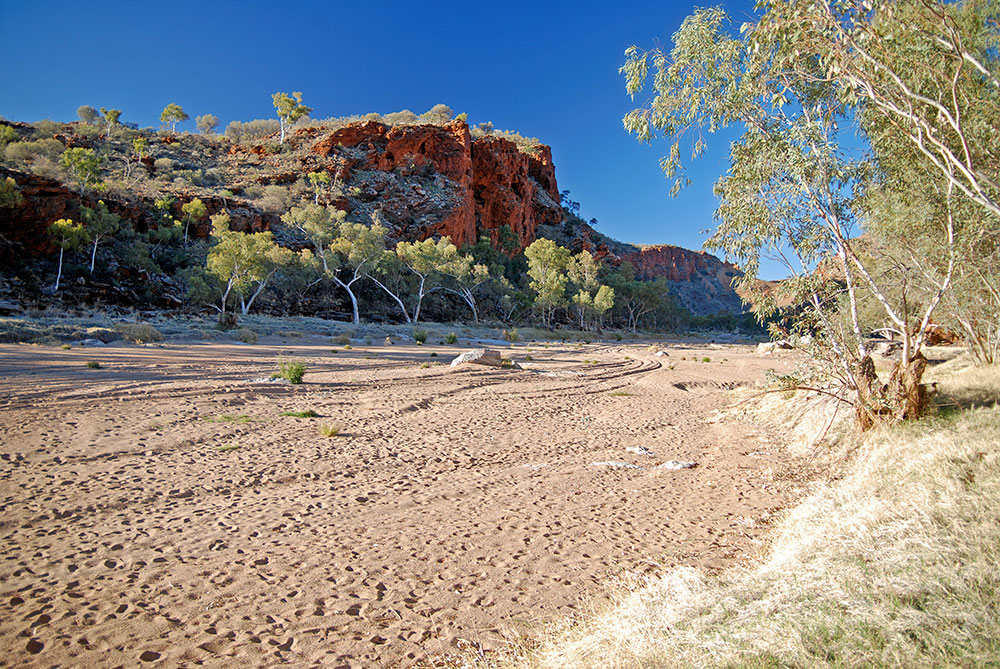
Riverbed driving, Ruby Gap Nature Park
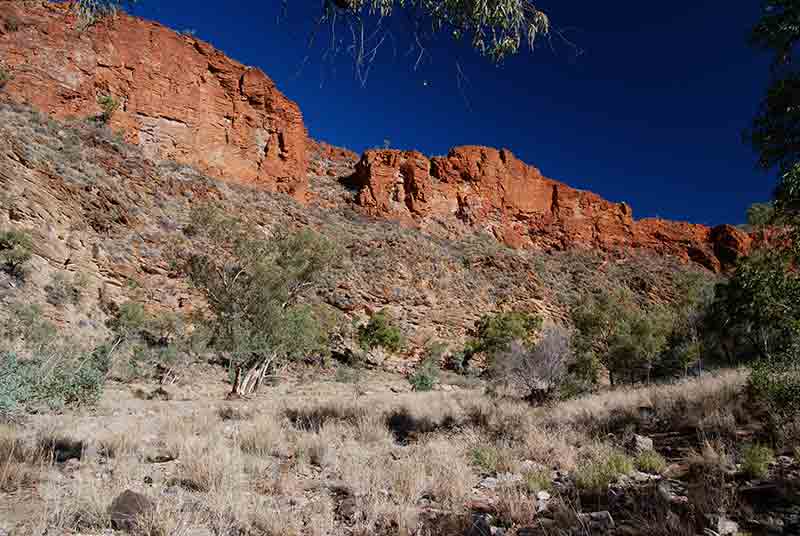
Ruby Gap Nature Park
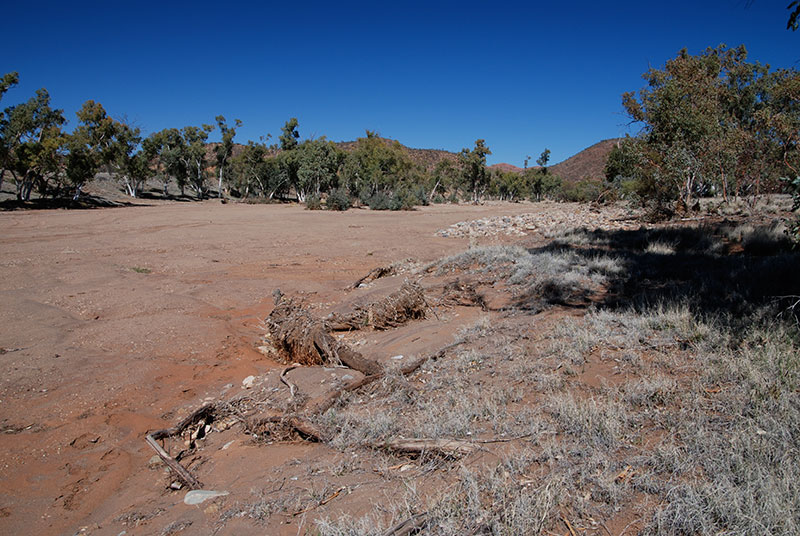
Ruby Gap Nature Park
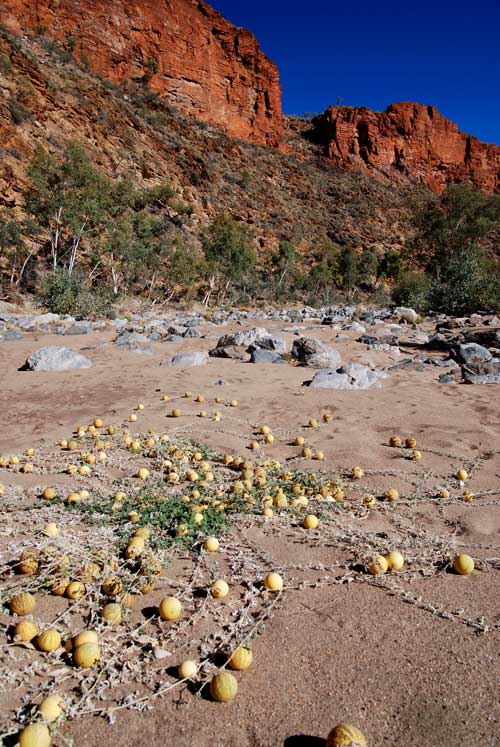
Riverbed melons, Ruby Gap Nature Park
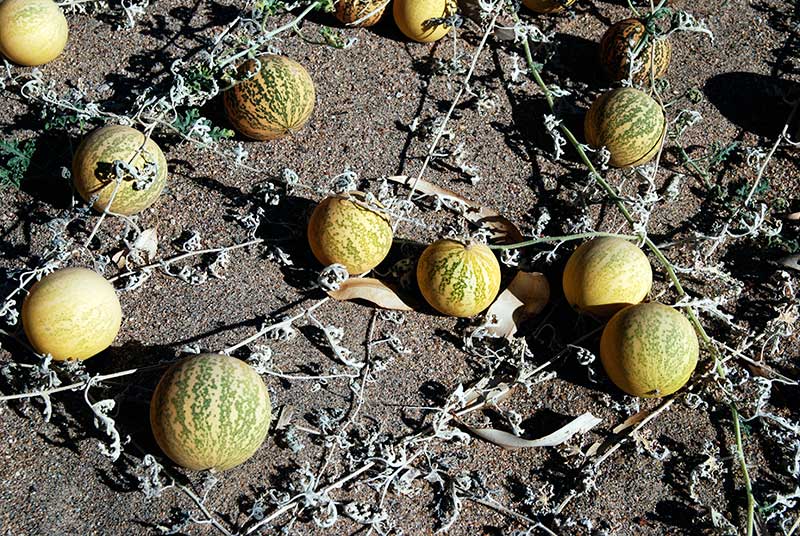
Paddy melons (Cucumis myriocarpus), Ruby Gap Nature Park
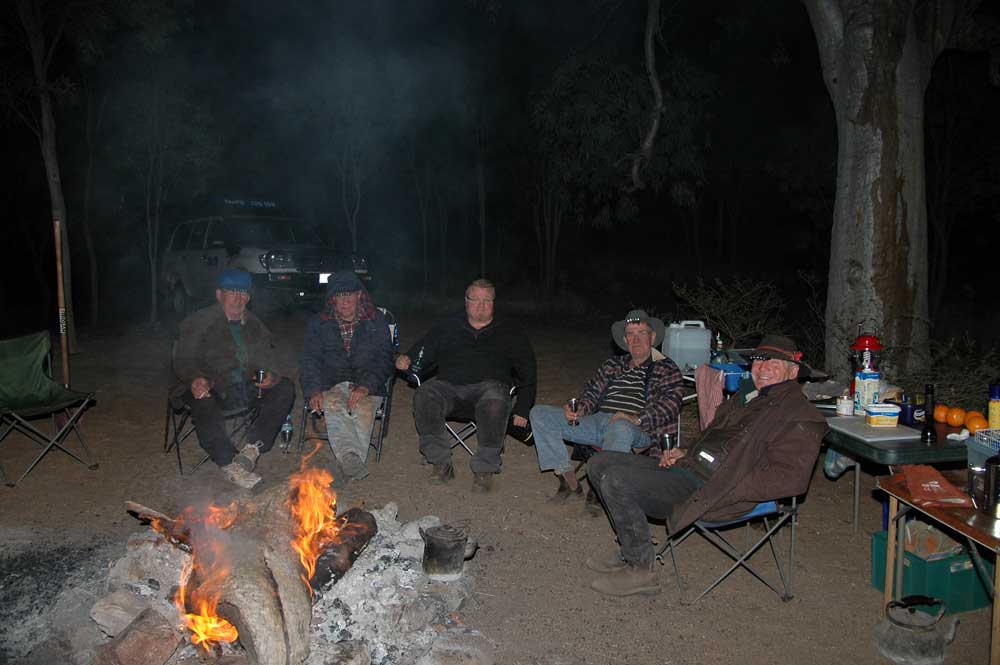
Outback camping with some locals..., Ruby Gap Nature Park
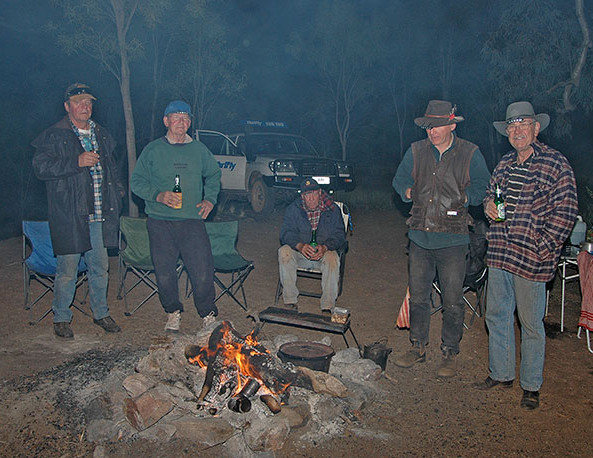
Camping in Ruby Gap Nature Park
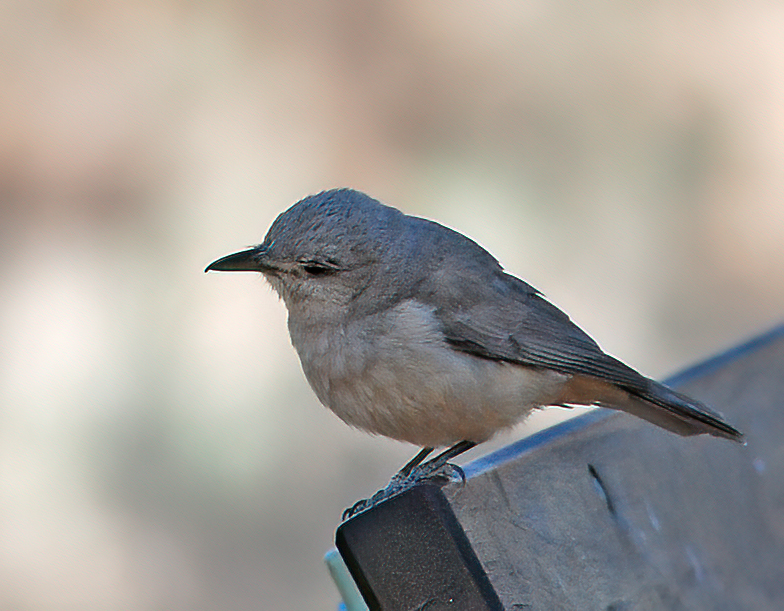
'Western' Shrike-Thrush (Colluricincla harmonica rufiventris), East MacDonnell Range
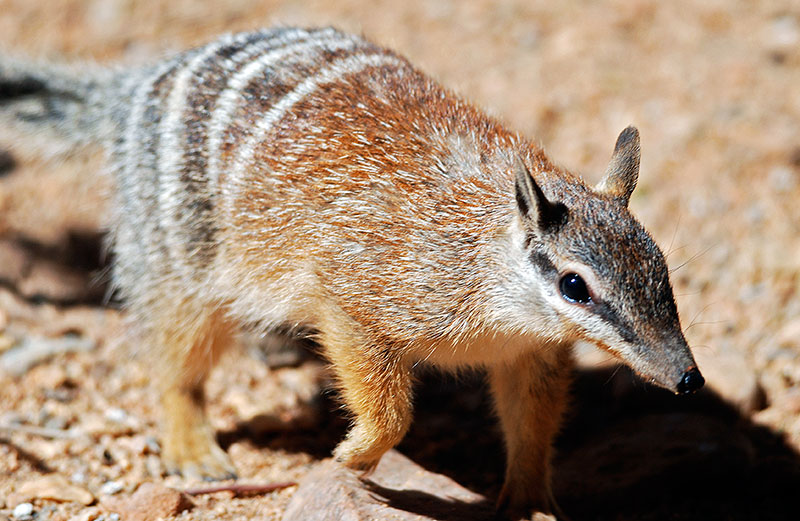
Numbat (Myrmecobius fasciatus), Alice Springs Desert Park (captive animal)
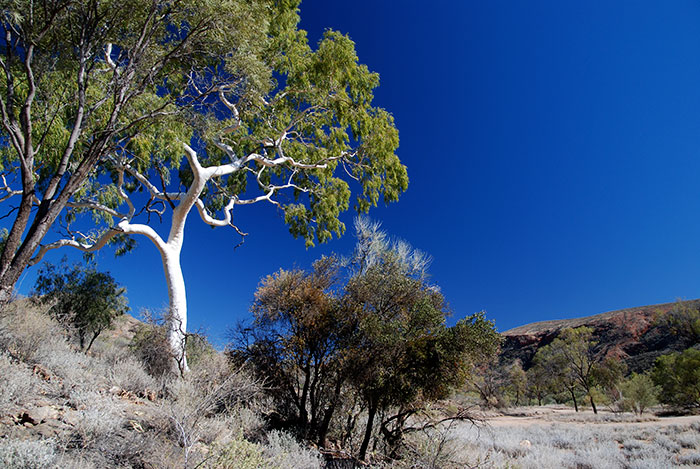
Outback landscape
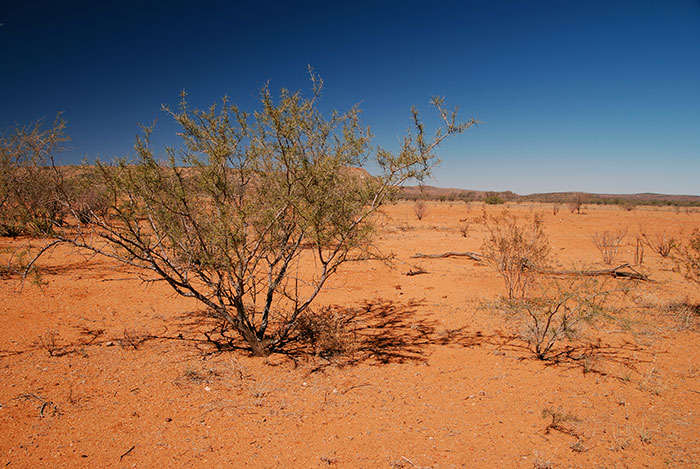
Desert outback
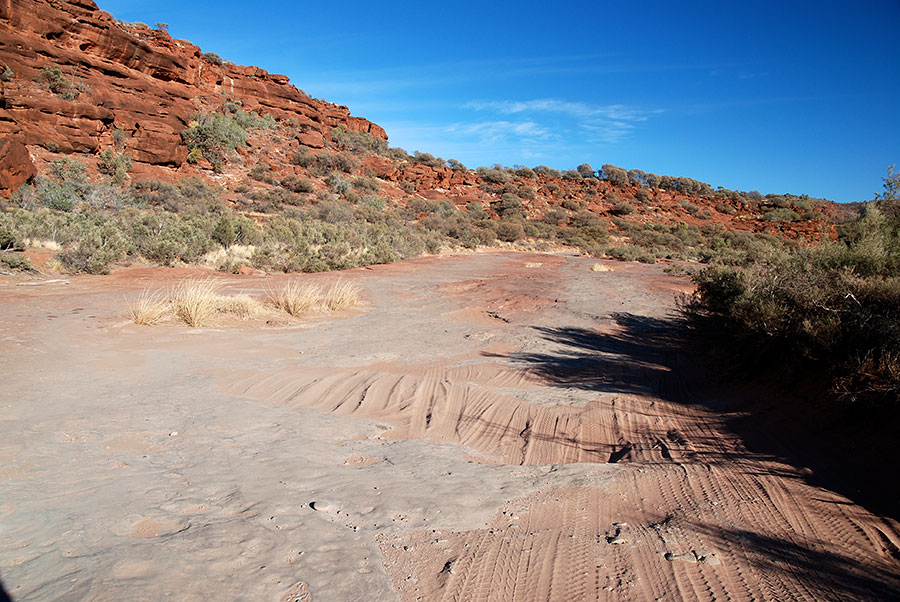
One of the roughest 4W drives on the trip, into Palm Valley in Finke Gorge National Part
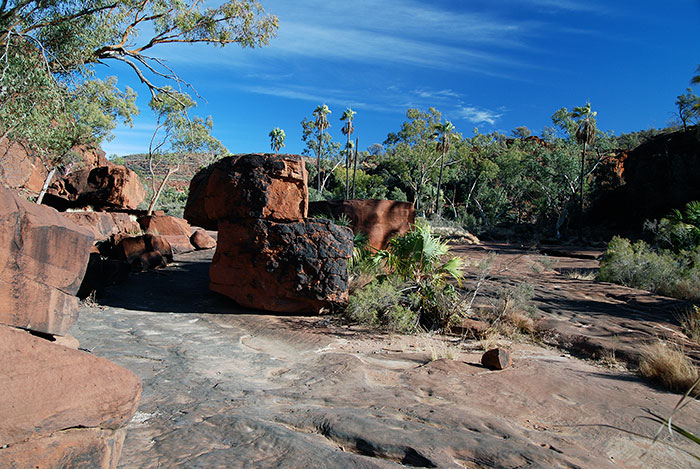
Palm Valley
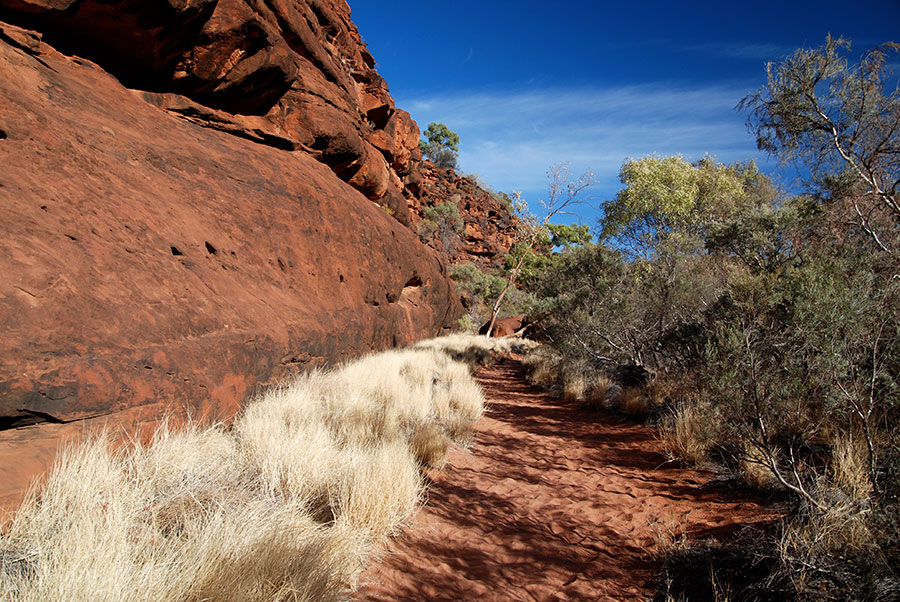
Palm Valley
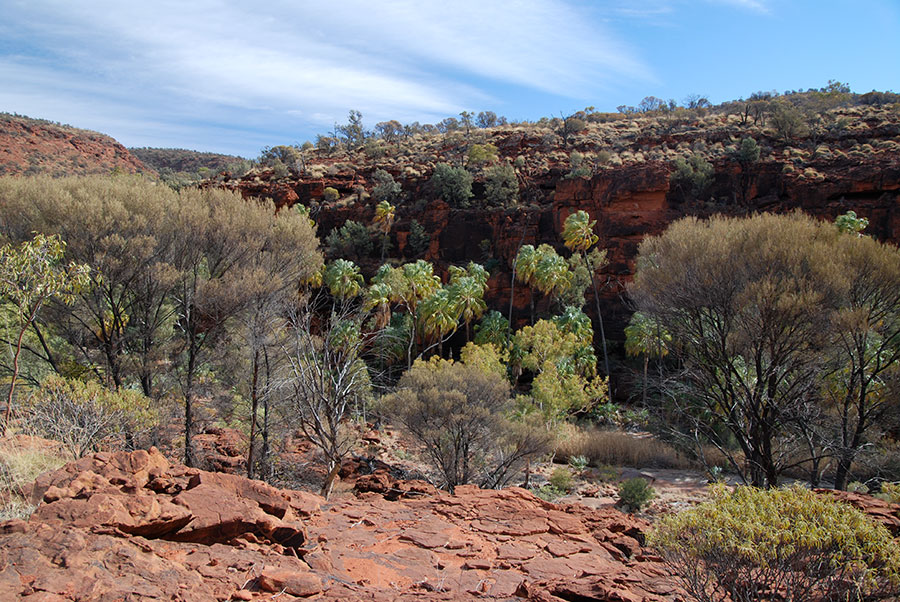
Palm Valley
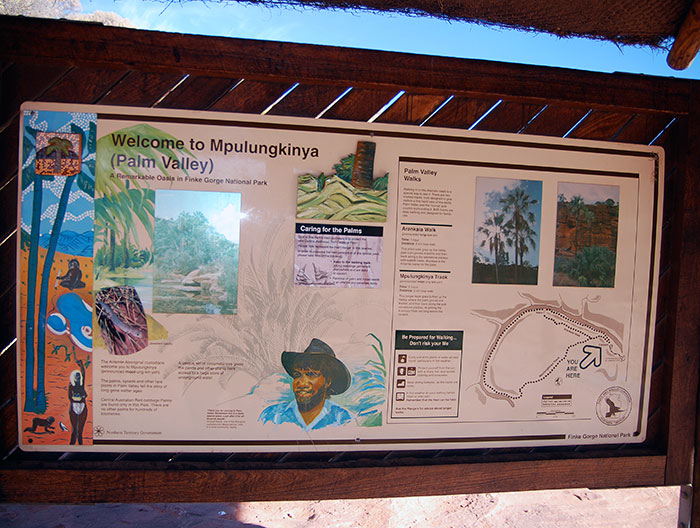
Palm Valley in Finke Gorge National Park. It was a challenge driving to this site, which includes an isolated stand of Red cabbage palms (Livistona mariae)
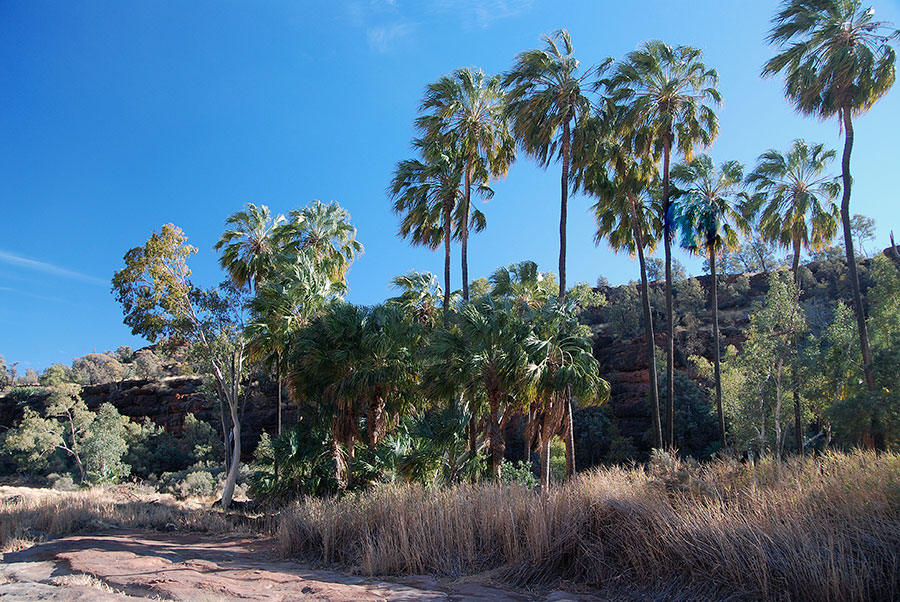
Red Cabbage Palm (Livistona mariae), Palm Valley
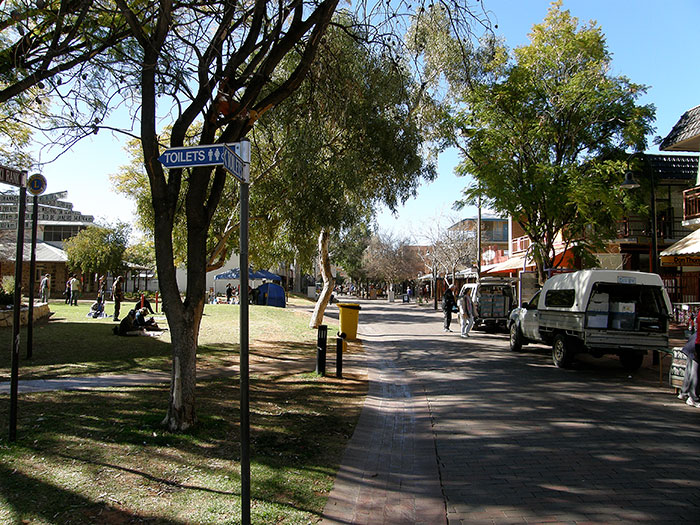
Back to Alice Springs for gas
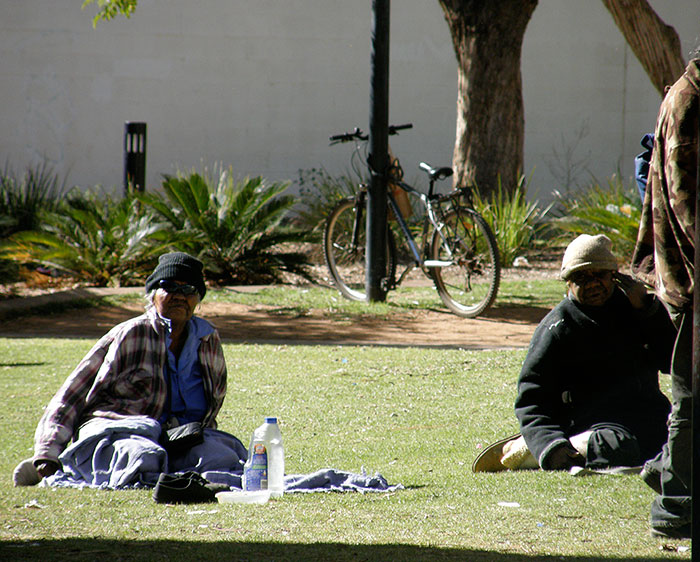
Locals hanging' around
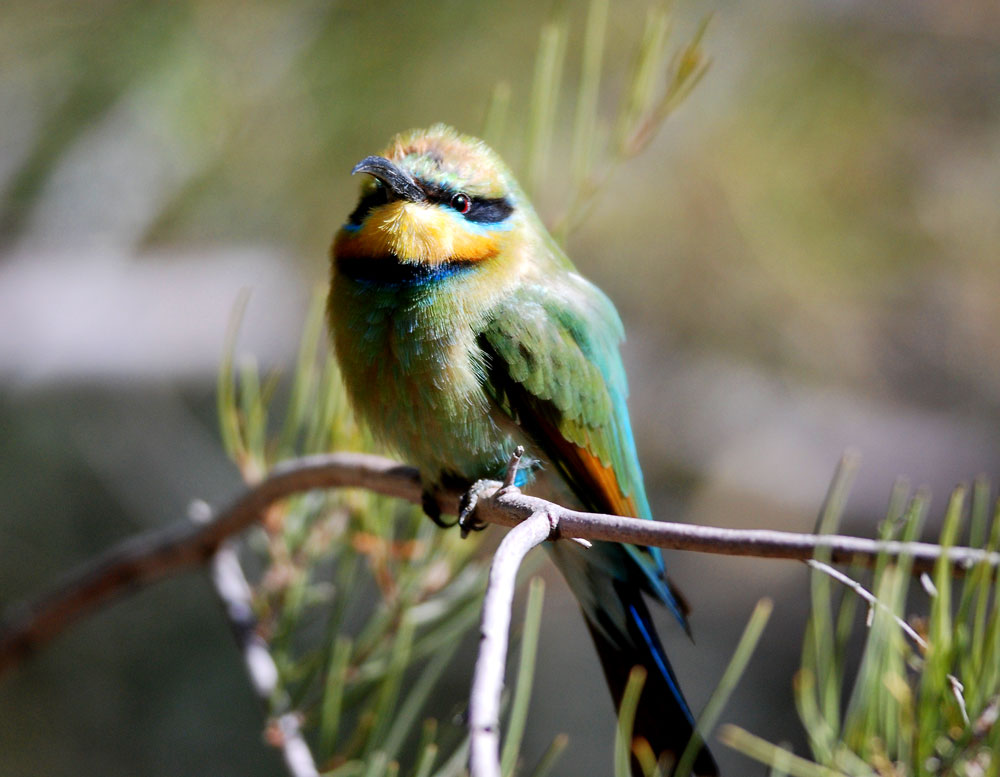
Rainbow Bee-Eater (Merops ornatus), Alice Springs
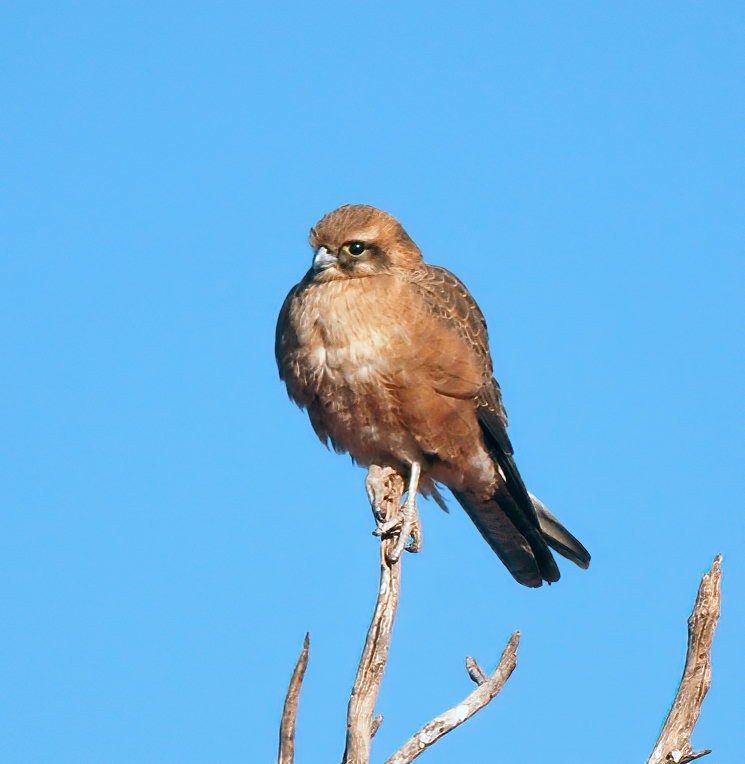
Brown Falcon (Falco berigora), south of Kings Canyon
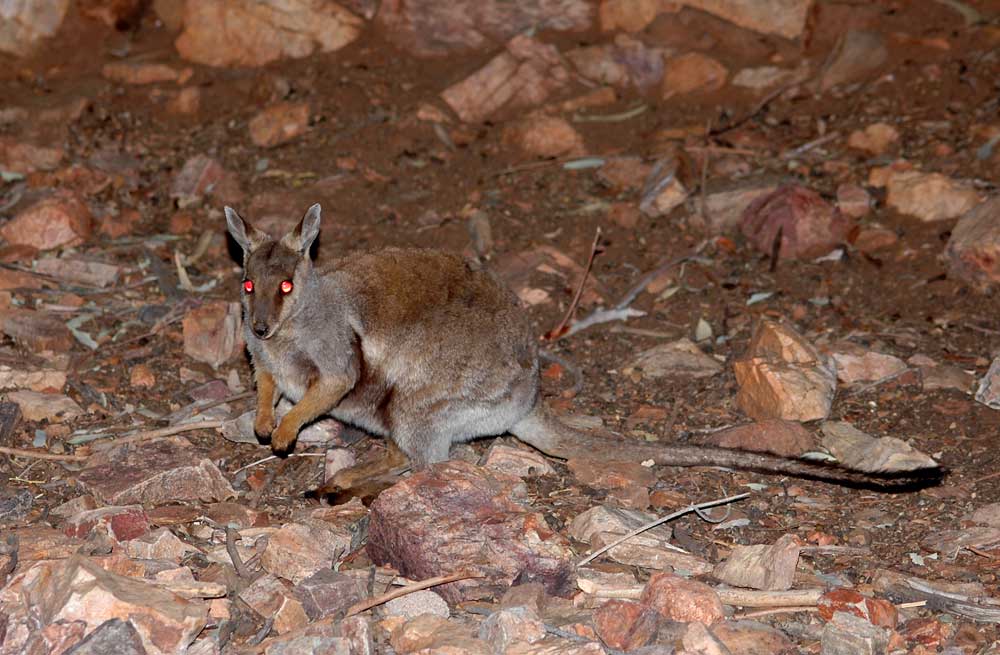
Black-footed Rock Wallaby (Petrogale lateralis), West MacDonnell Range
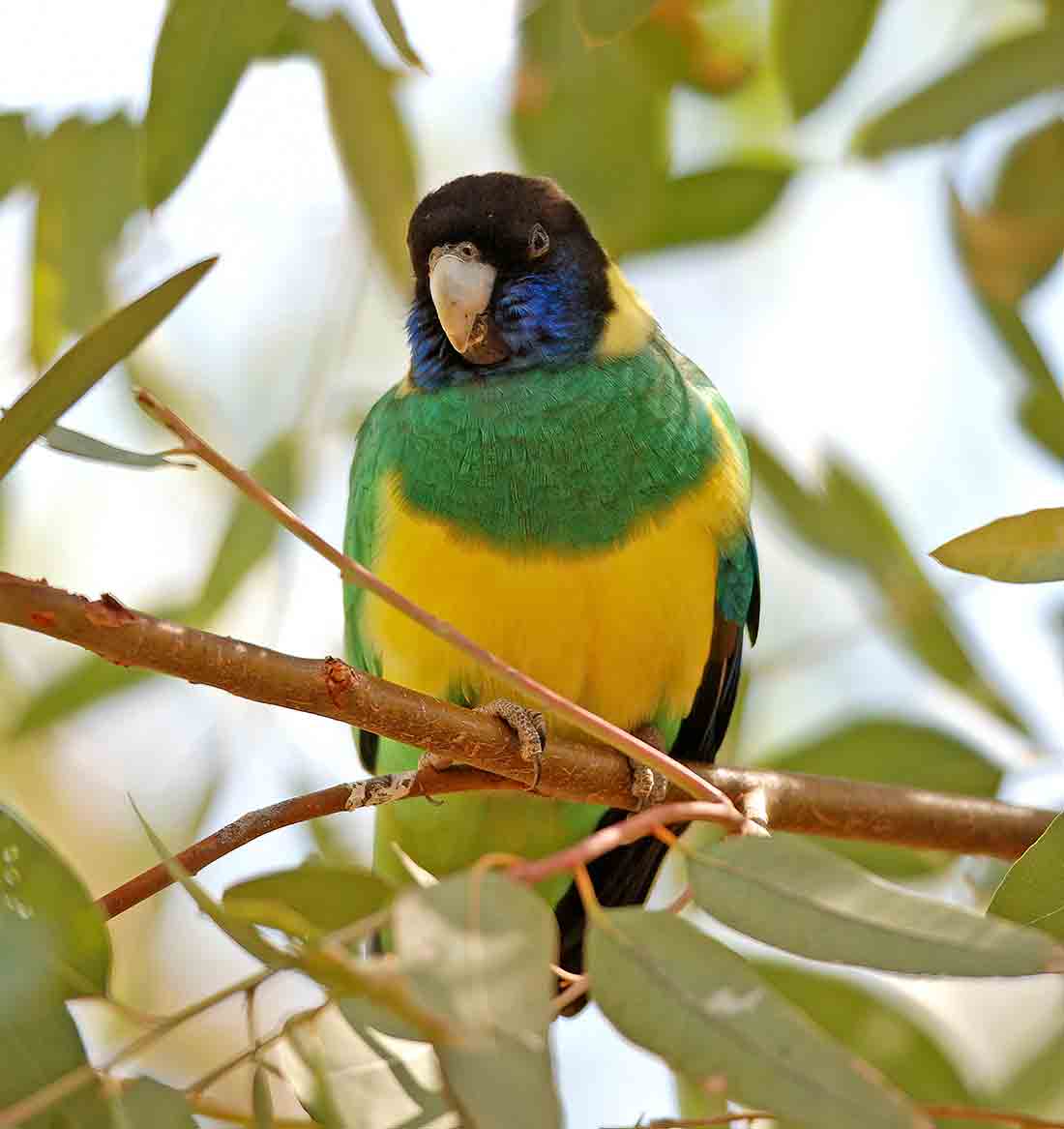
Australian Ringneck (Barnardius zonarius), Alice Springs

Spiny-cheeked Honeyeater (Acanthagenys rufogularis), Alice Springs
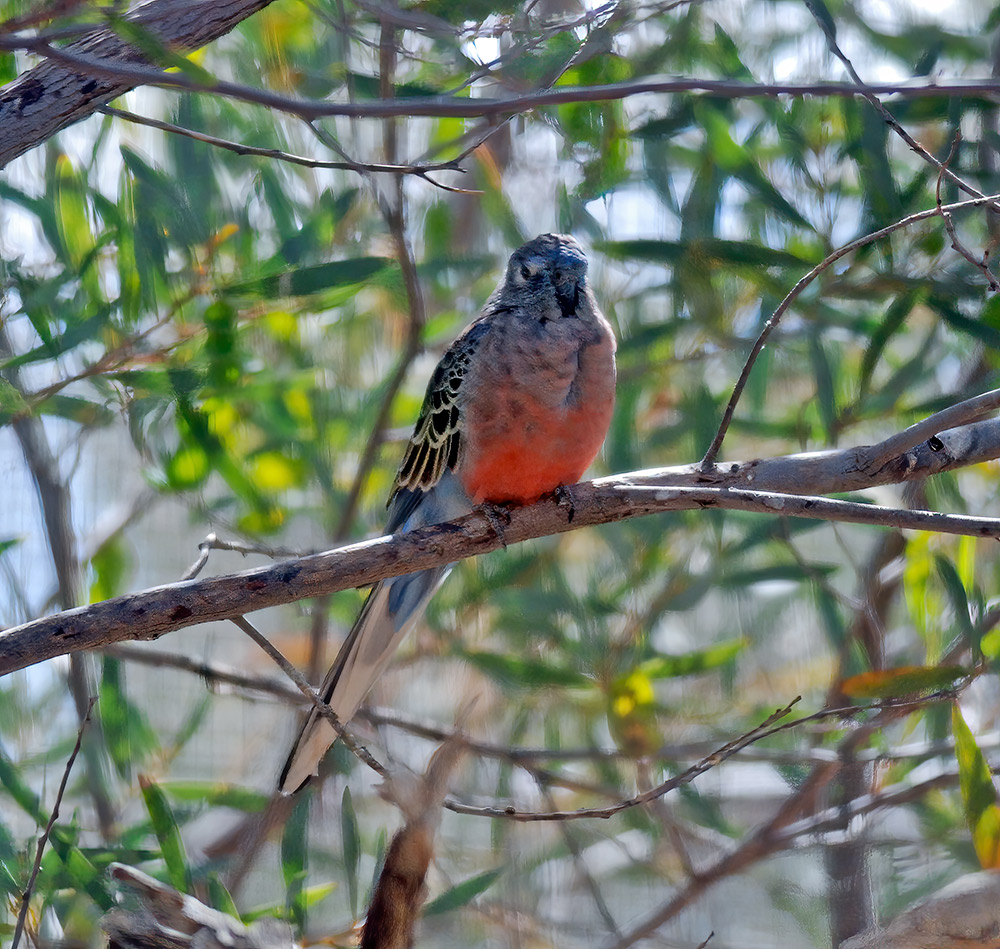
Bourke's Parrot (Neopsephotus bourkii), Alice Springs
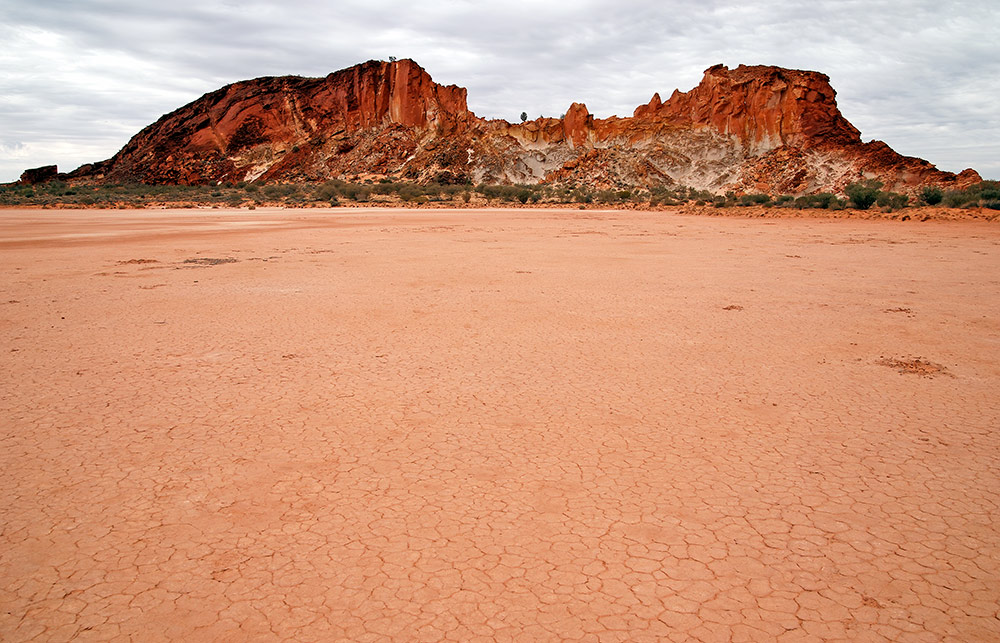
Rainbow Valley south of Alice Springs
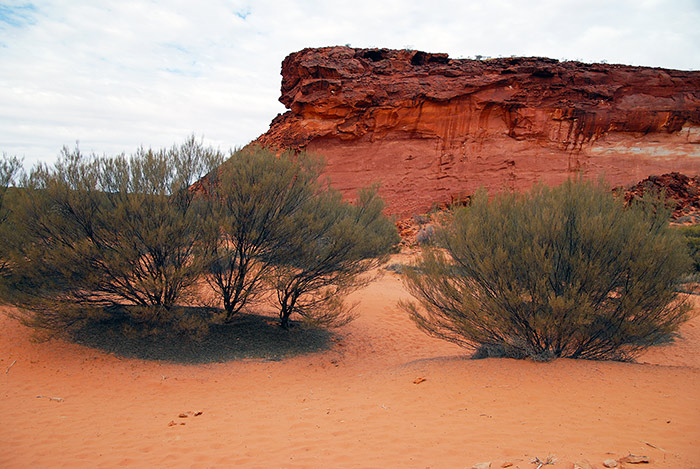
Rainbow Valley
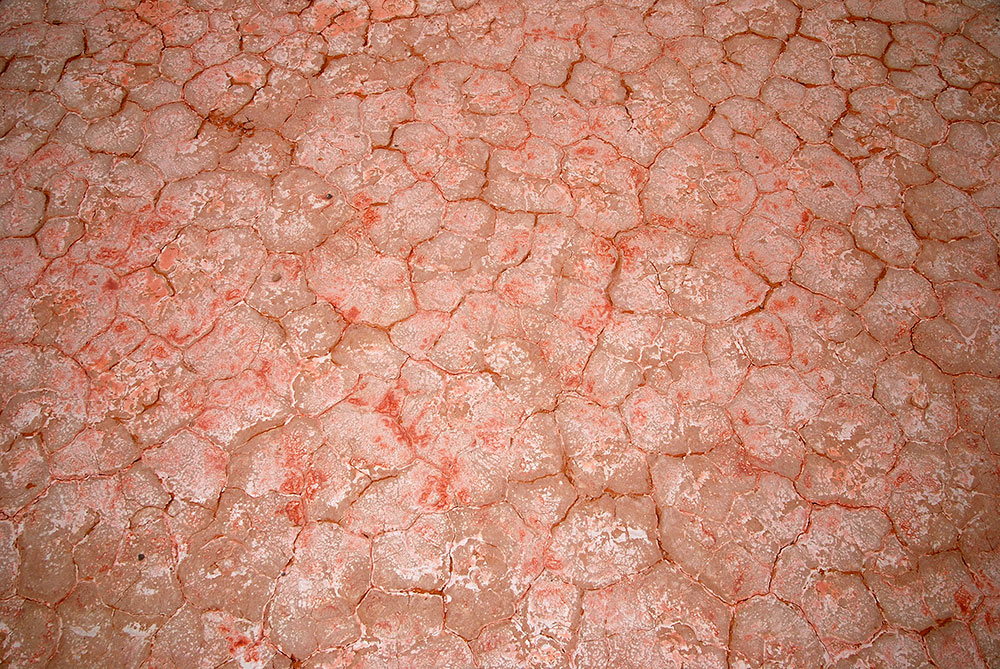
Rainbow Valley dry earth
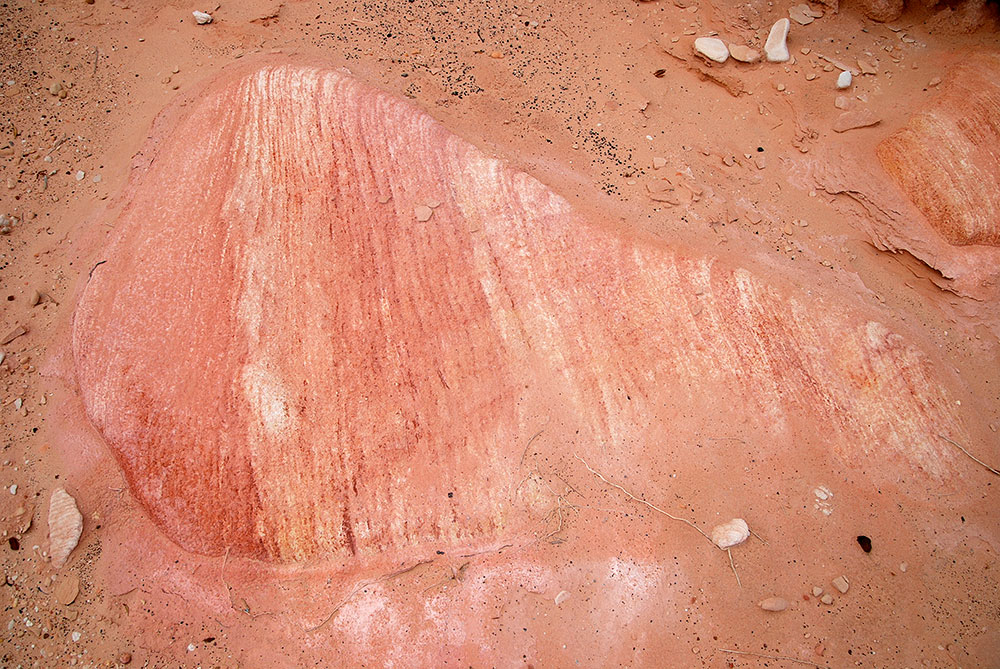
Rainbow Valley windswept rock
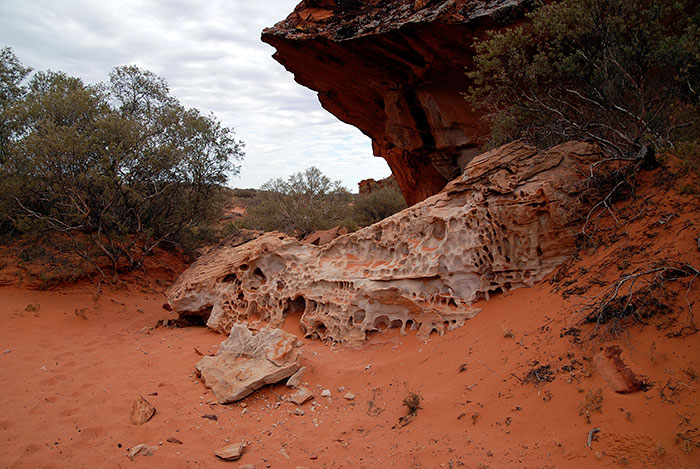
Rainbow Valley
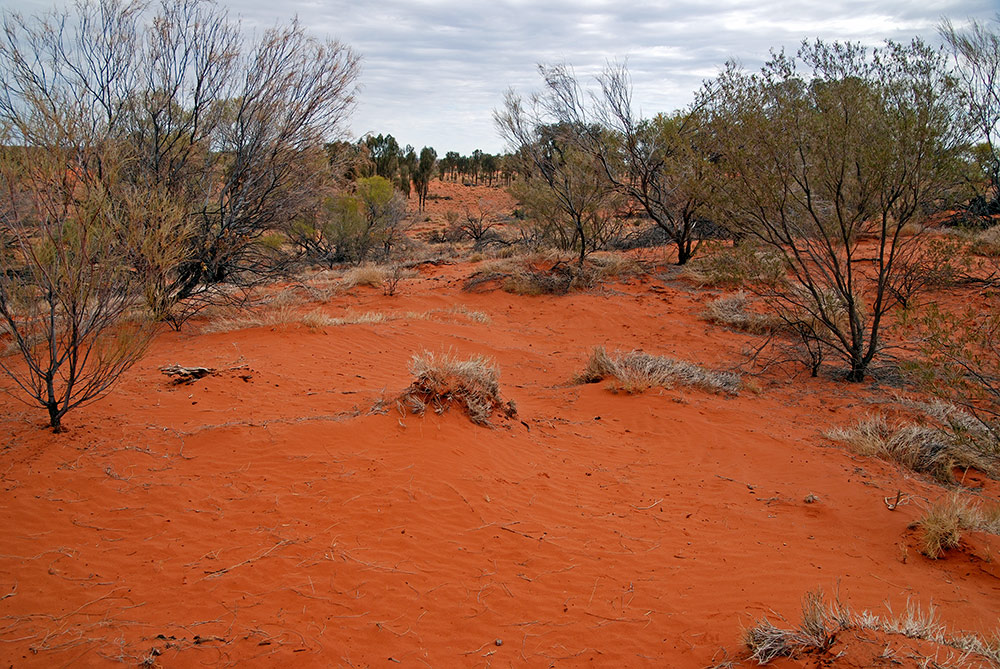
Red sand in the Central Northern Territory outback
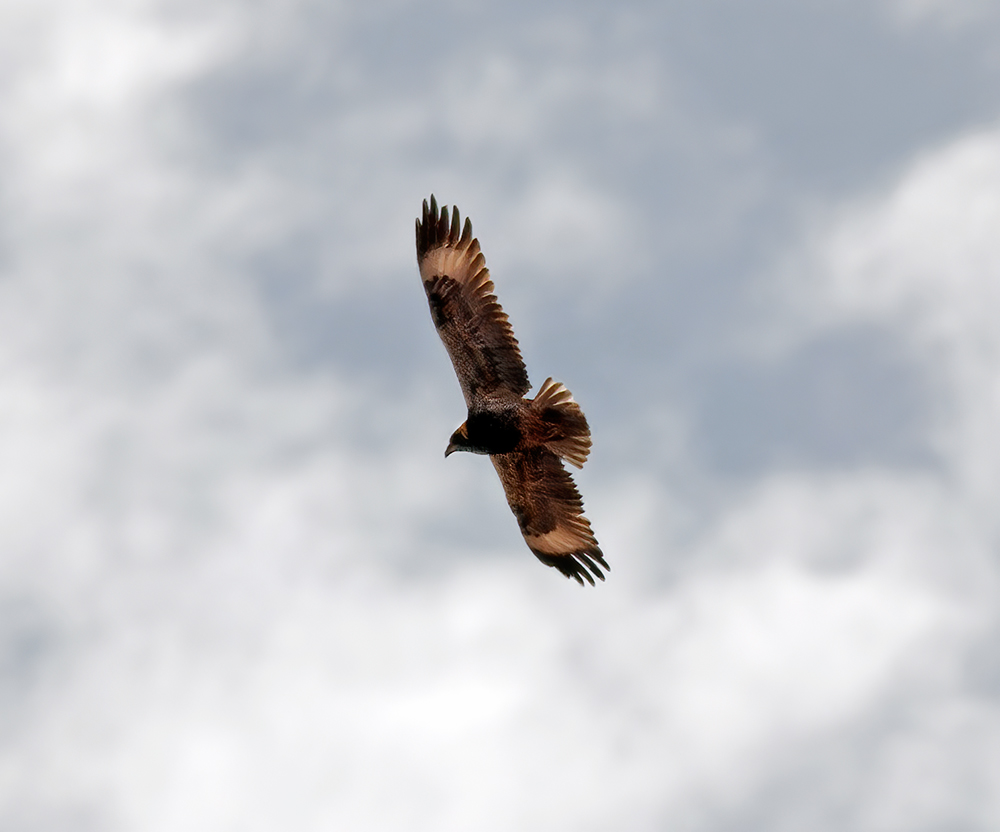
One of the more uncommon Australian raptors, the Black-breasted Buzzard (Hamirostra melanosternon), south of Kings Canyon
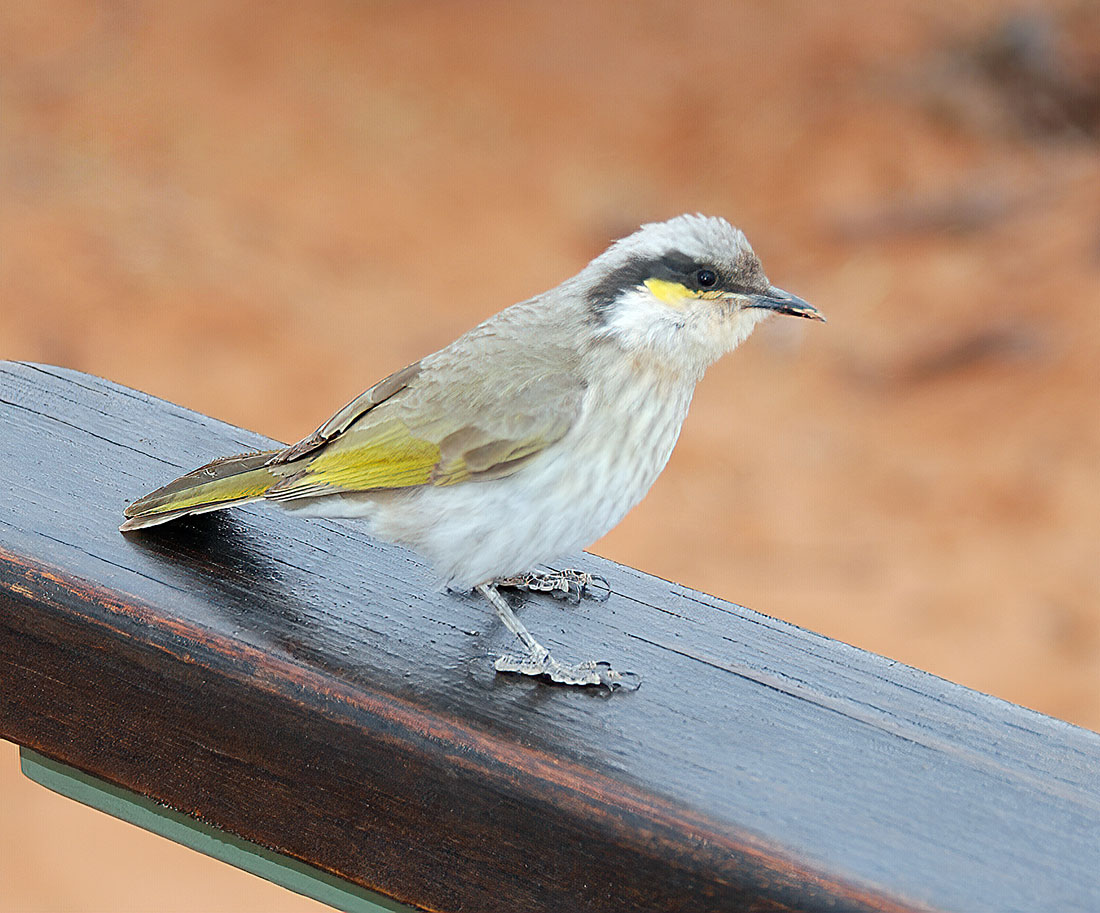
Singing Honeyeater (Lichenostomus virescens), west of Alice Springs
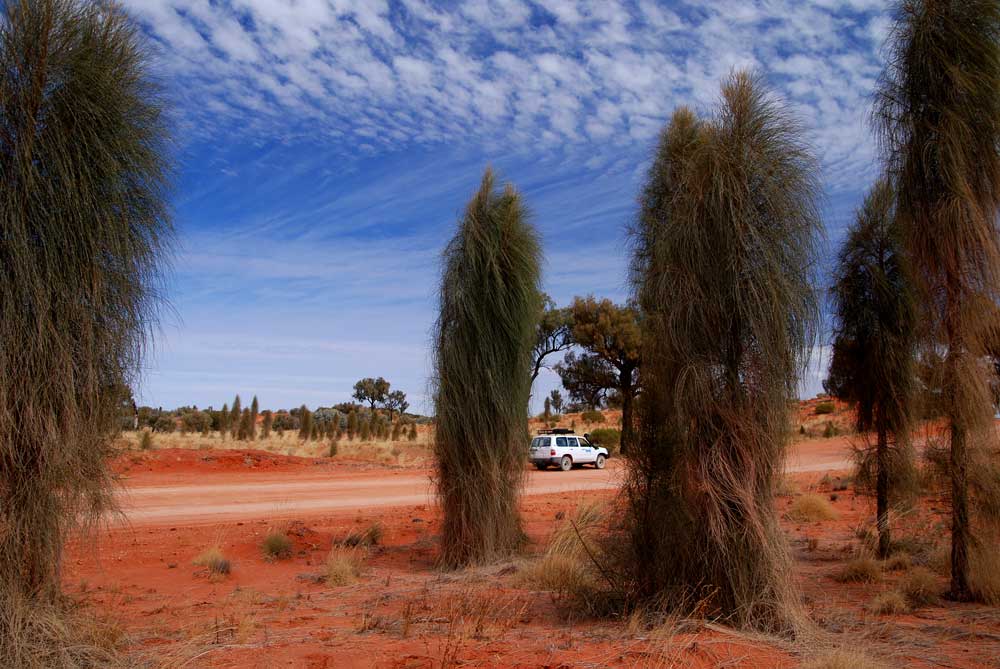
Desert Oaks (Allocasuarina decaisneana) and Spinifex Grass (Triodia sp.). On the Ernest Giles Road toward Kings Canyon
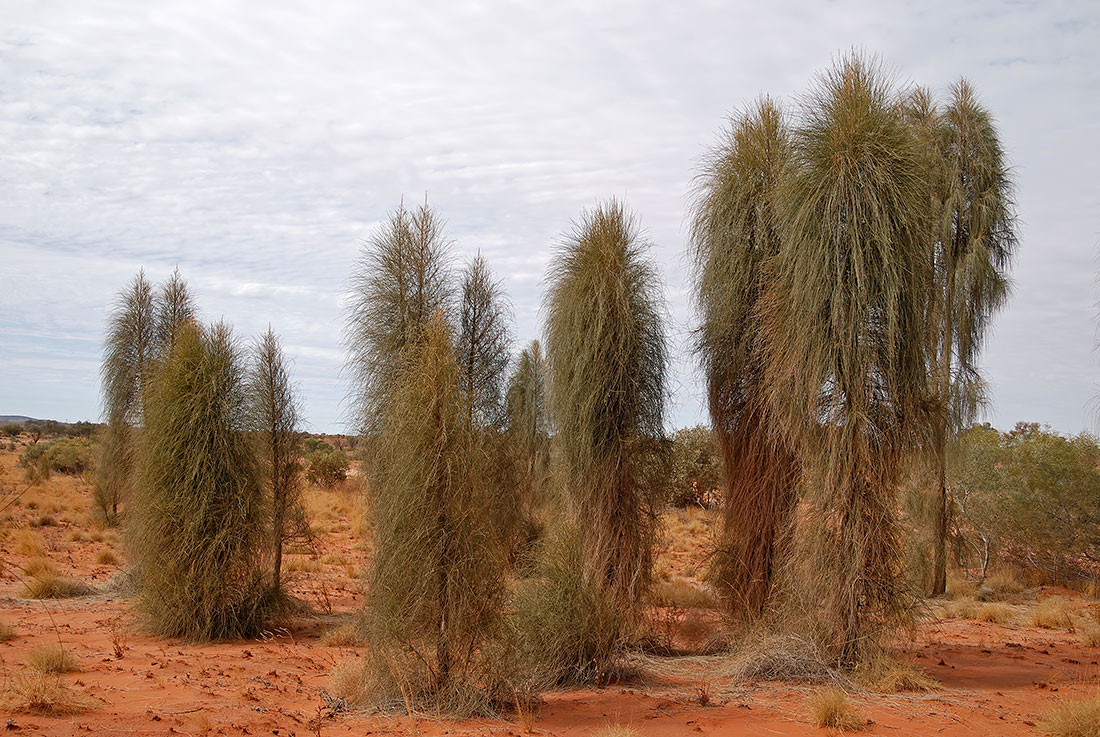
Desert Oak, Ernest Giles Road
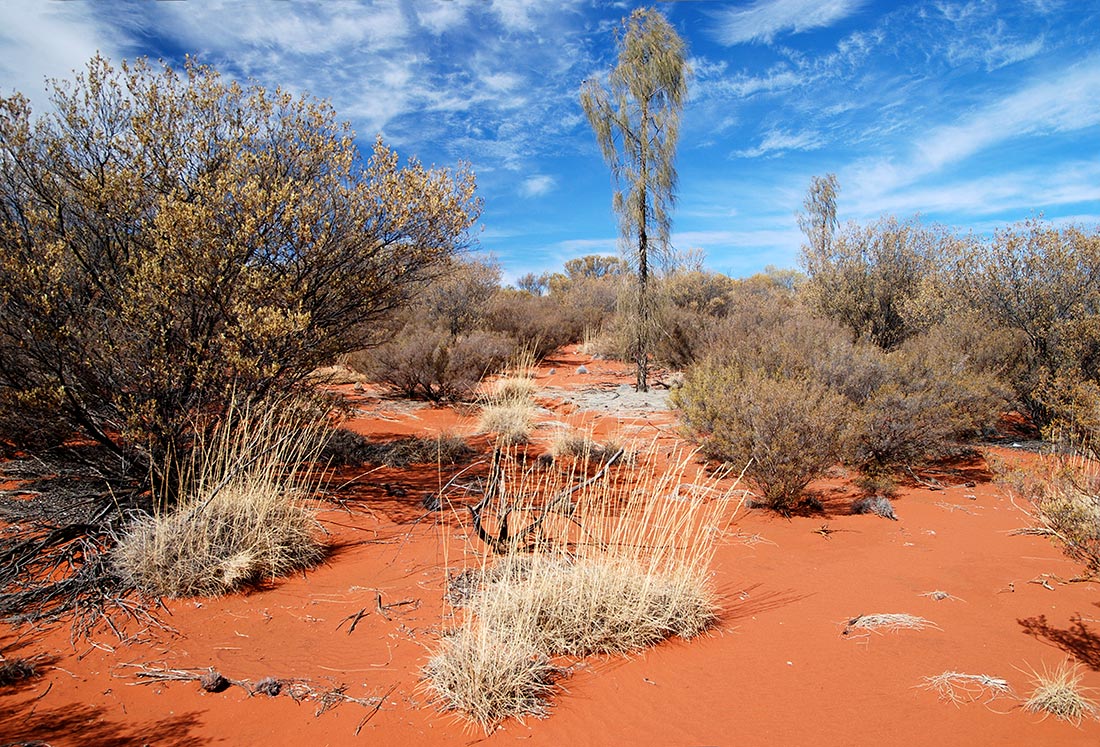
Red sand with Spinifex Grass (Triodia pungens), Ernest Giles Road
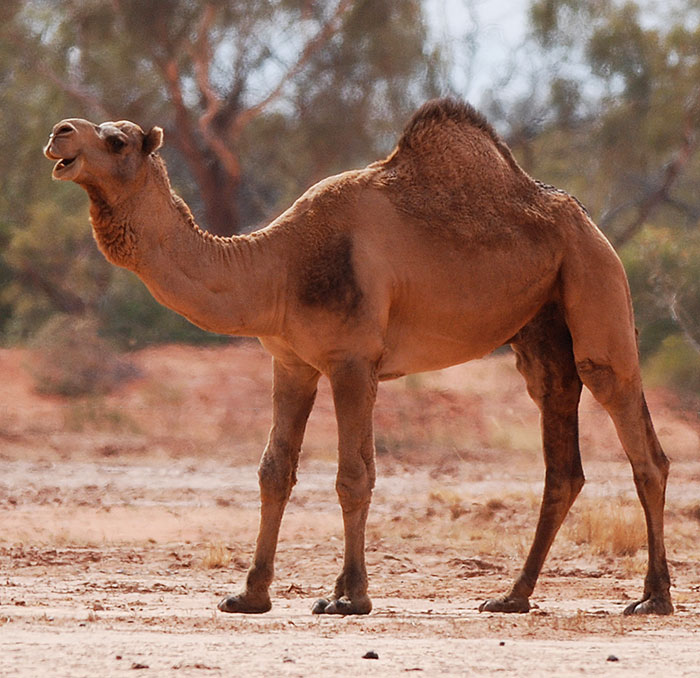
Australian Feral Camel (Camelus dromedarius), between Stuart Highway and Kings Canyon on the Ernest Giles Road. This species, introduced to Australia during the 19th century for transport and construction during the colonization of the central and western parts of the country, is considered a pest because of its negative impact on the environment. In 2008 a culling program started, and the number of individuals has since been reduced from around 1 million to 300,000 (2013). The meat is sold to Saudi Arabia, where people have a taste of camel.
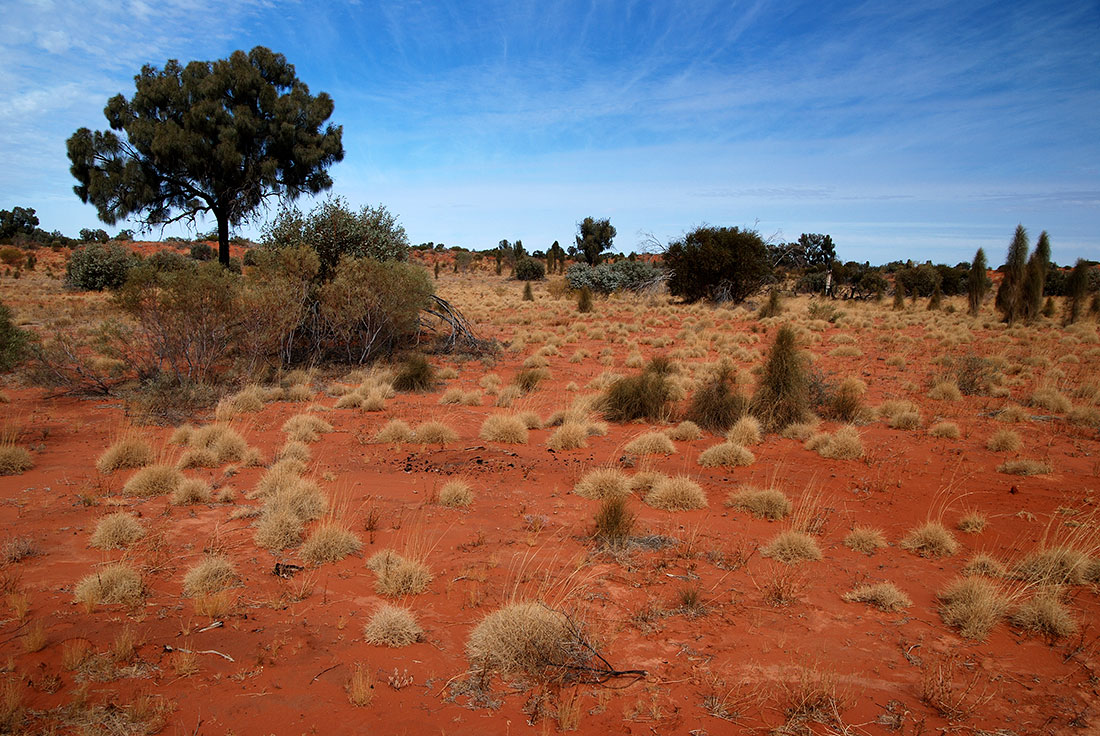
Desert vegetation with red sand along the Ernest Giles Road
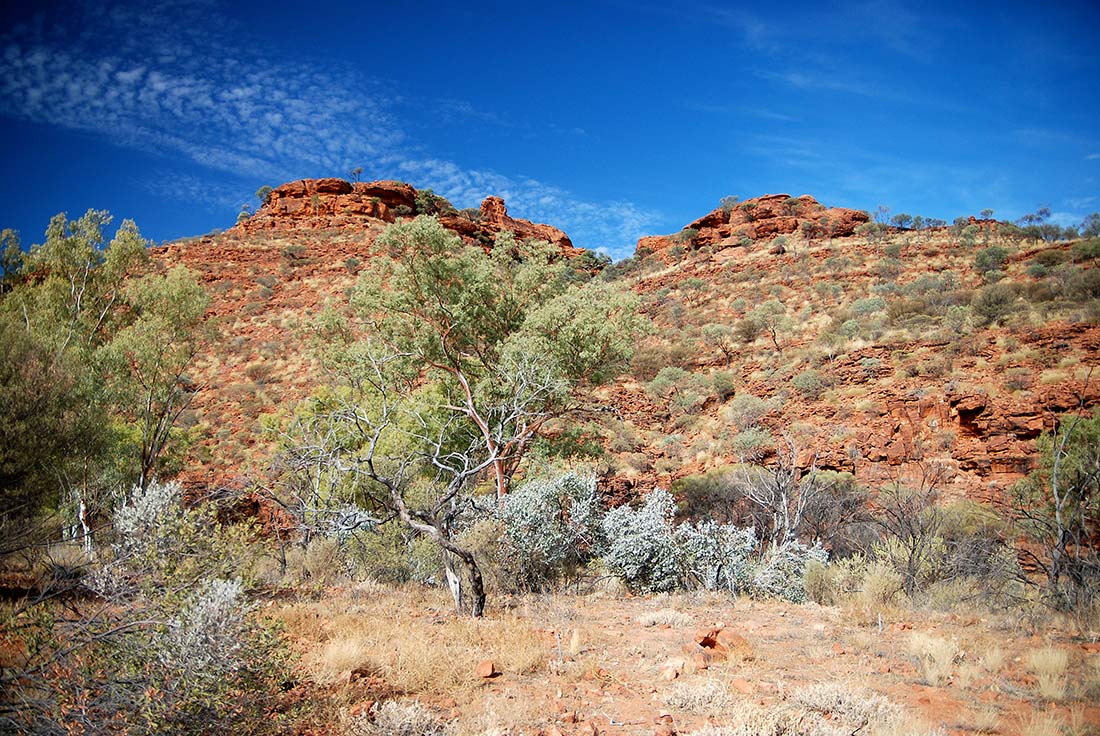
Cliffs near Kings canyon
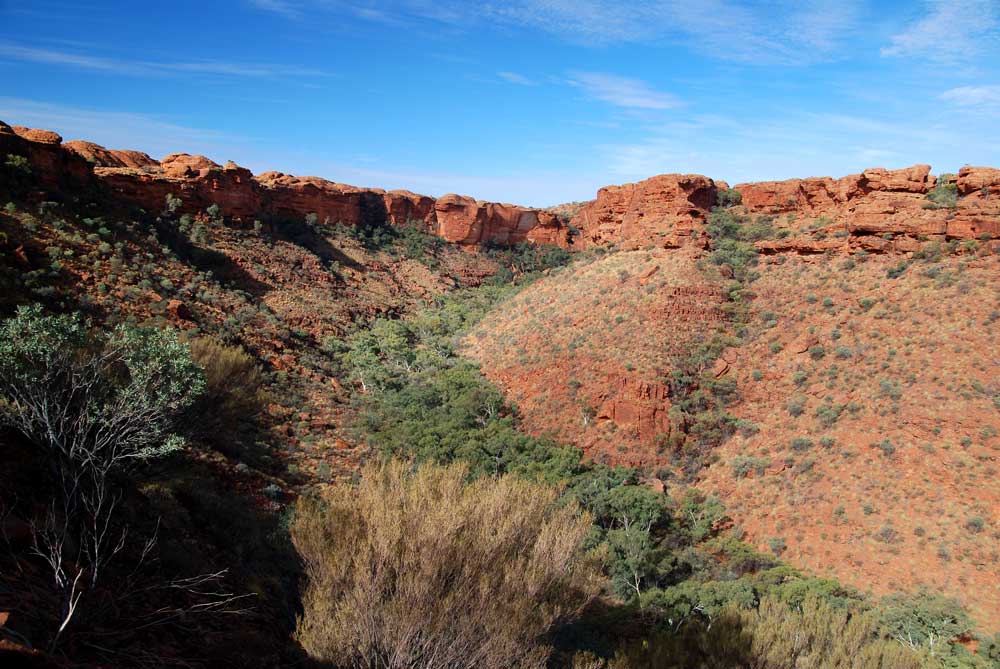
Kings Canyon
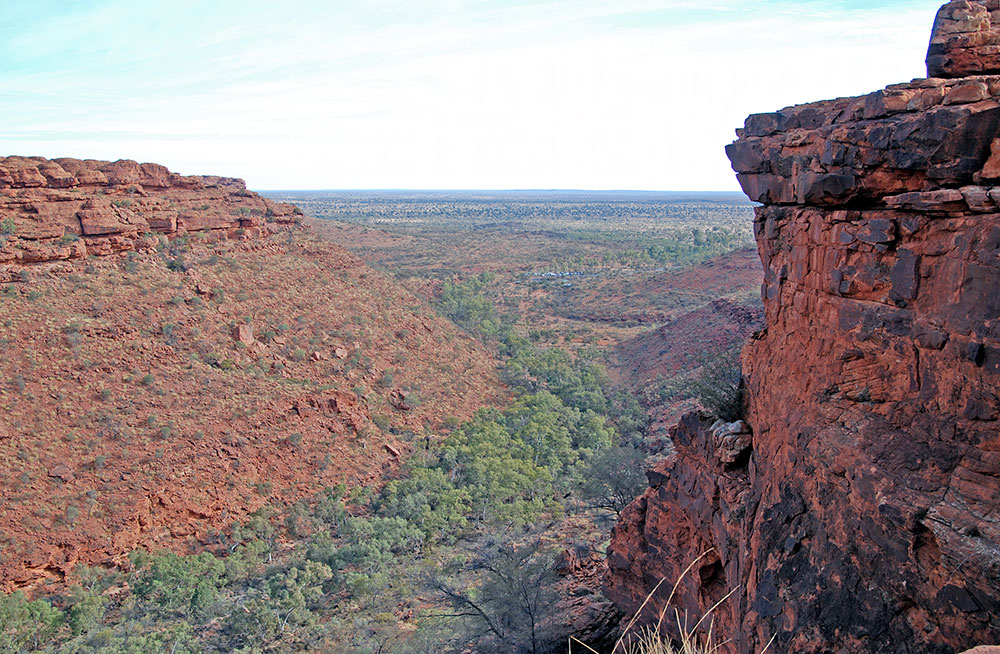
View from the rim toward the entrance of Kings Canyon
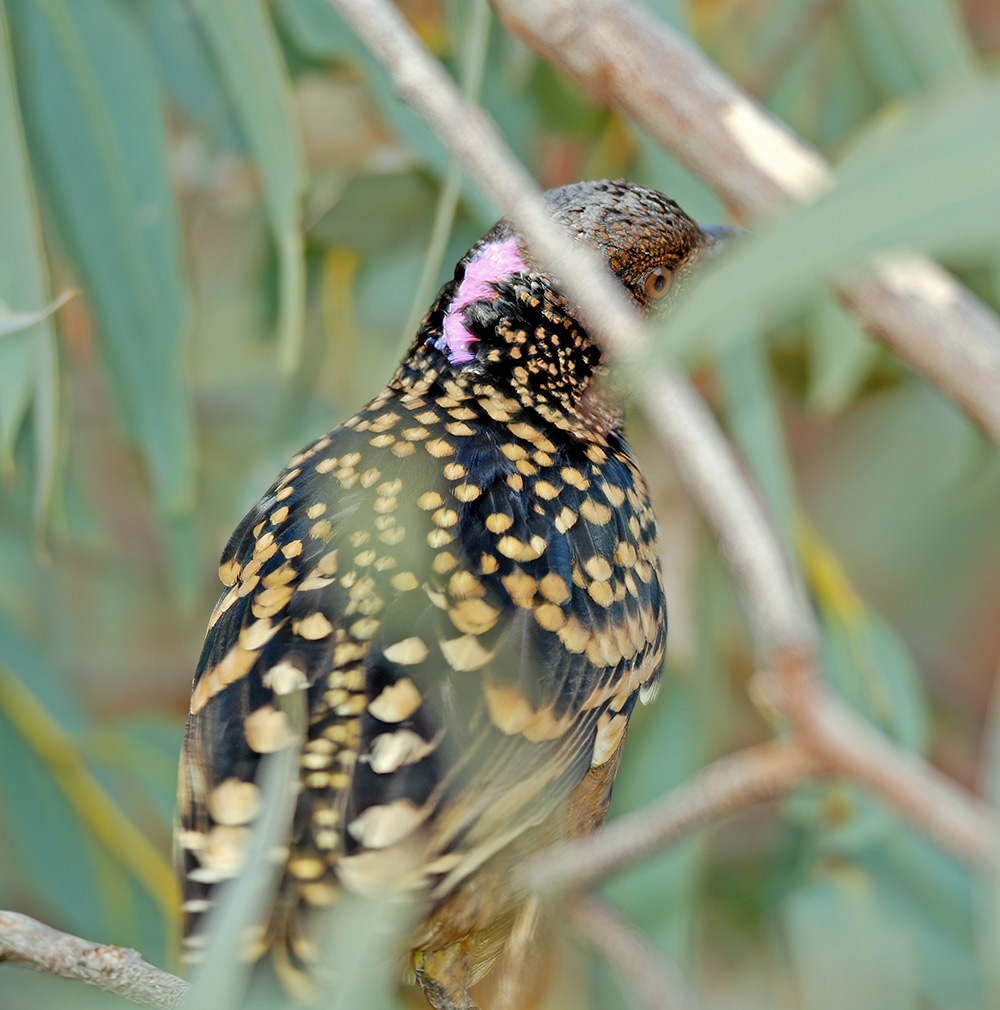
A Western Bowerbird (Chlamydera guttata) seen from behind, Kings Canyon
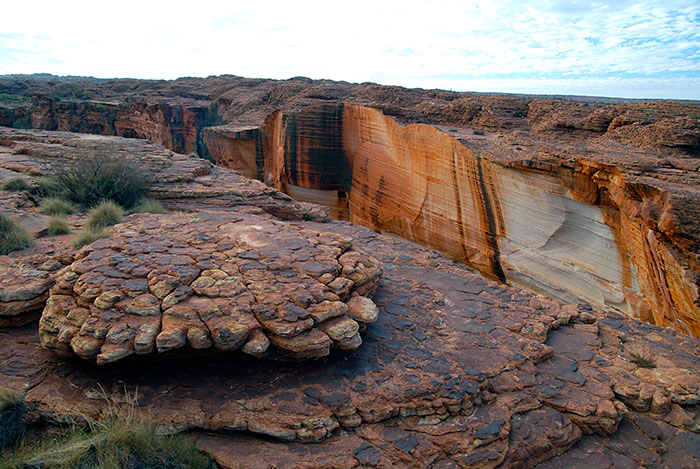
Kings Canyon, rim-walk view
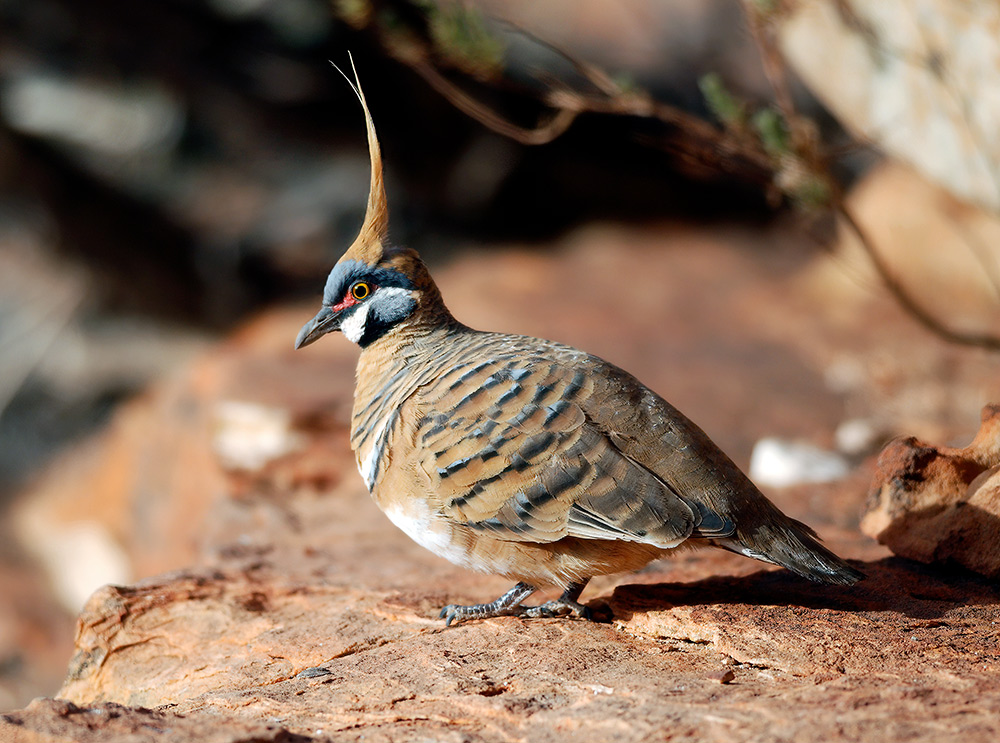
Spinifex Pigeon (Geophaps plumifera), Kings Canyon
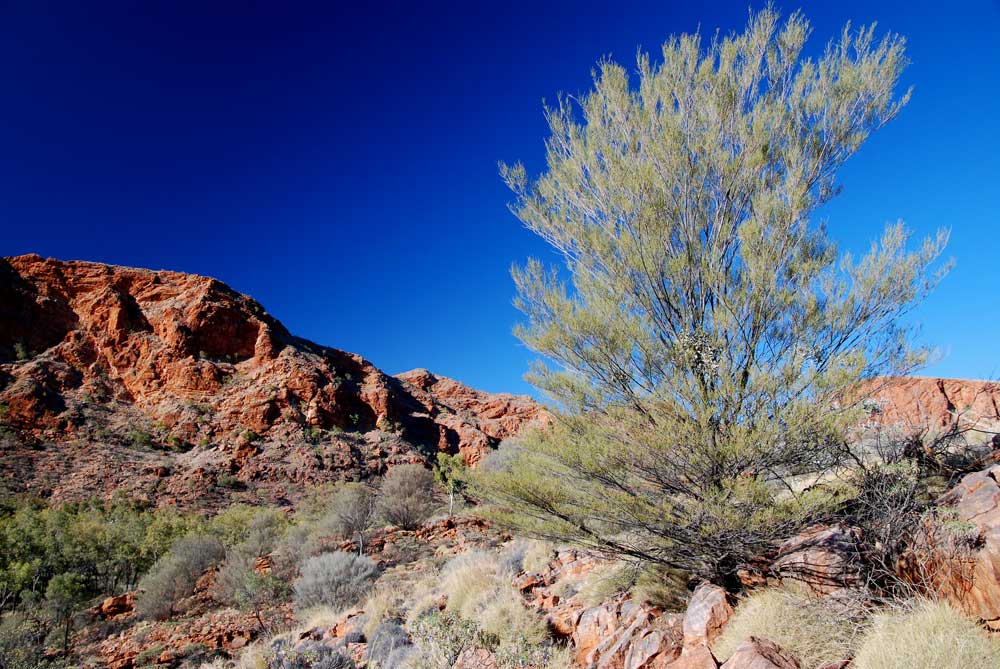
Outback wilderness near Kings Canyon
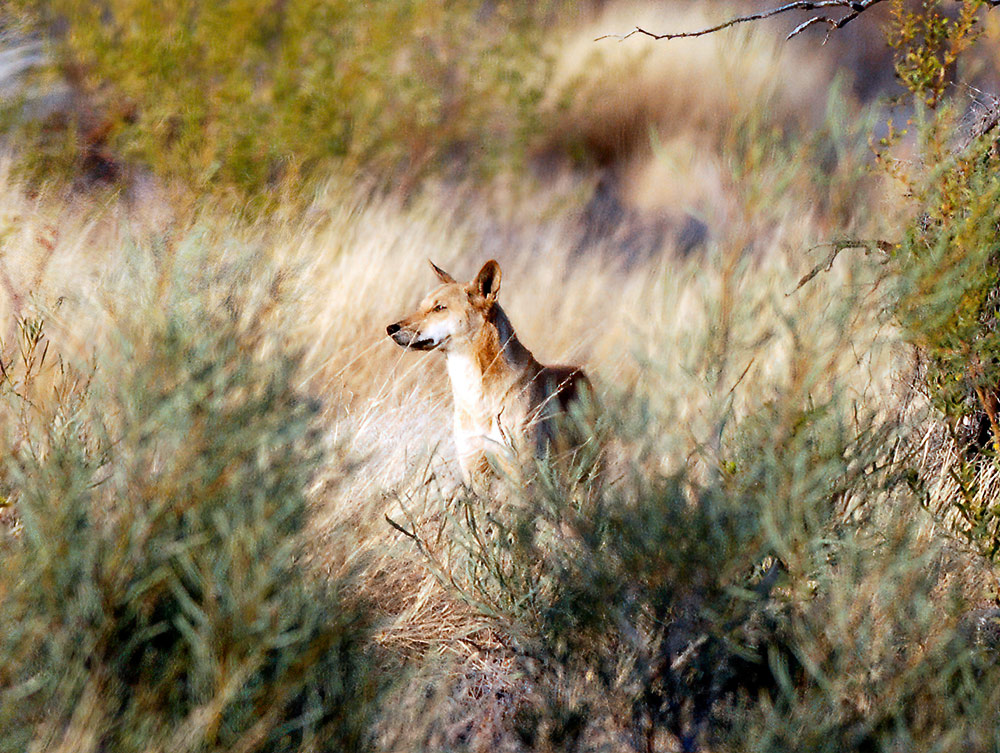
Dingo (Canis lupus dingo), near Kings Canyon
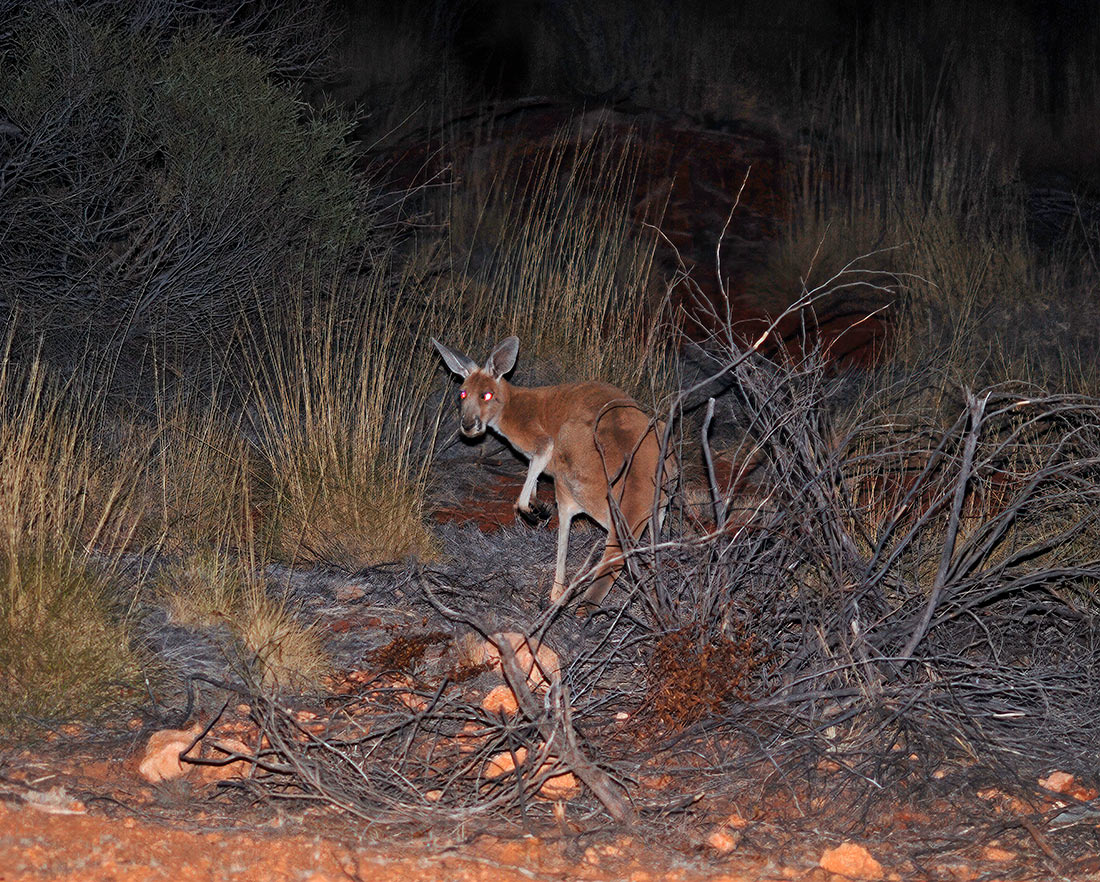
The car rental companies don't allow driving after dark. For good reason, since the kangaroos are out in force and are killed in huge numbers on the roads. Here just after dark on my way from Kings Canyon to Uluru / Ayers Rock
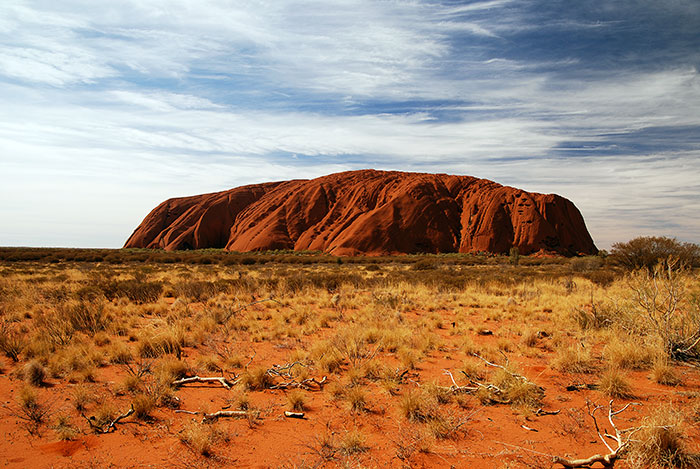
Uluru / Ayers Rock
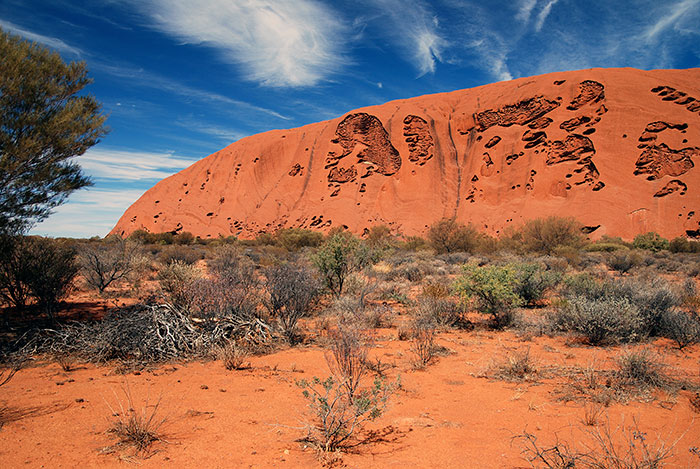
Uluru / Ayers Rock
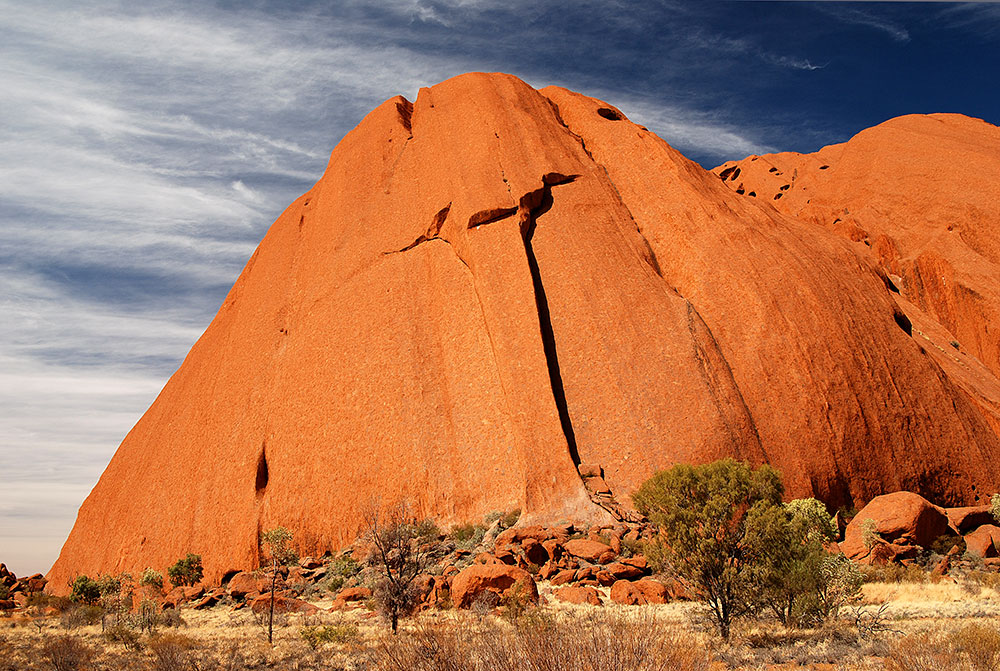
Uluru / Ayers Rock. Highest point is 863 meter
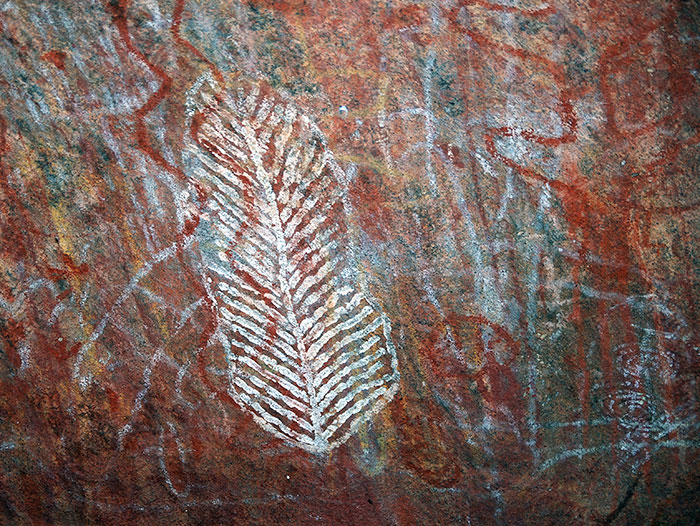
Aboriginal art, Uluru / Ayers Rock
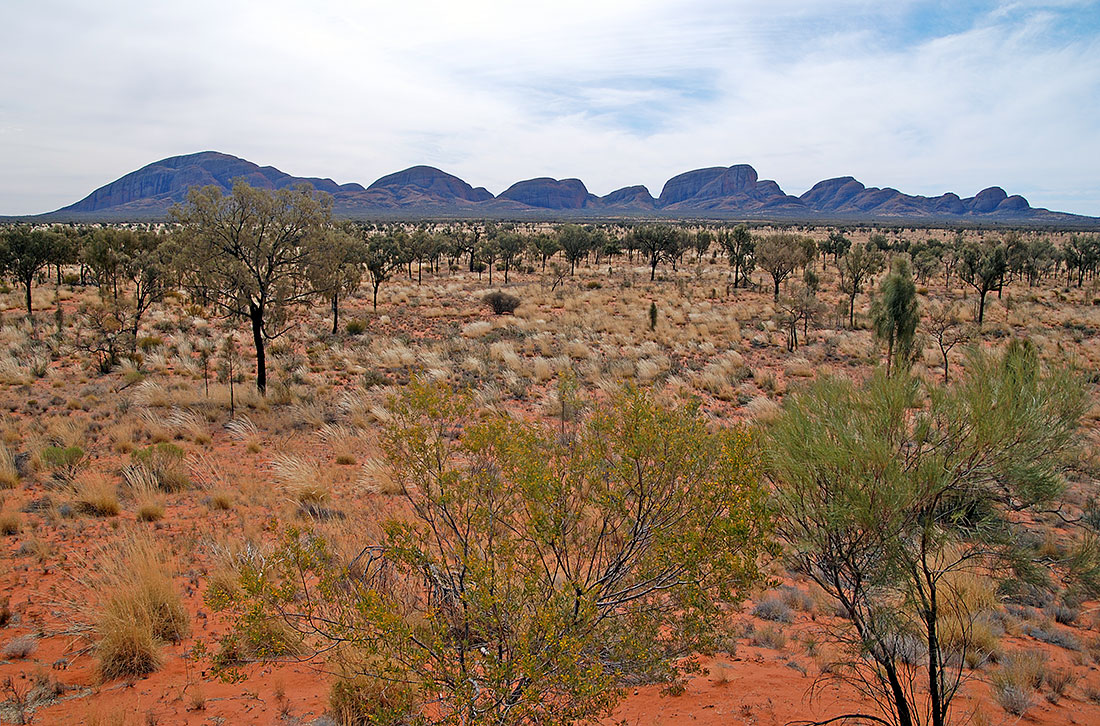
Kata Tjuta, also known as the Olgas
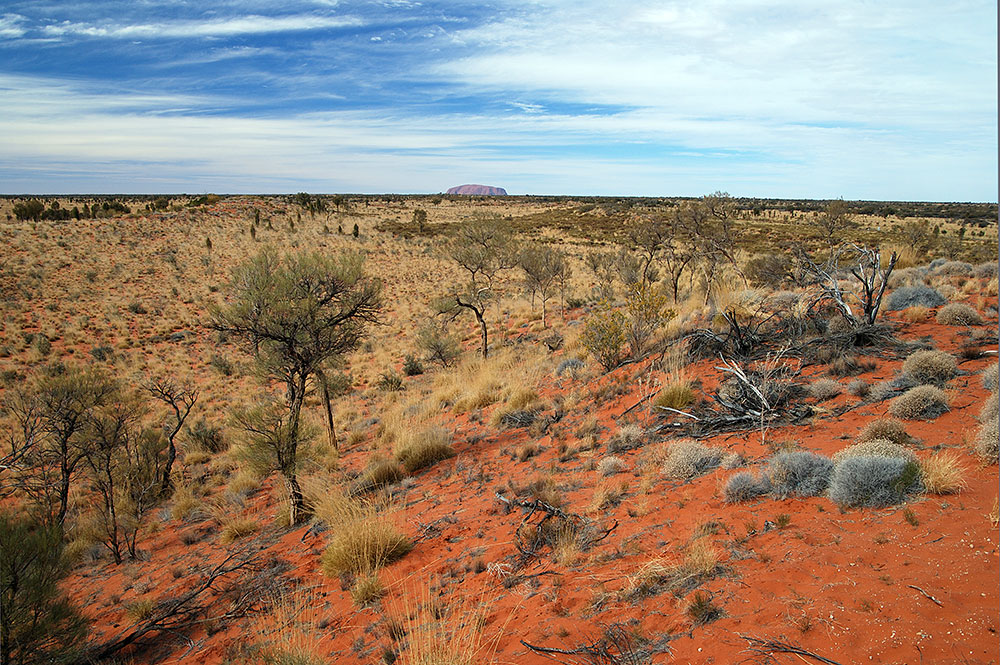
Uluru some 40 km to the east seen from the Kata Tjuta viewing platform
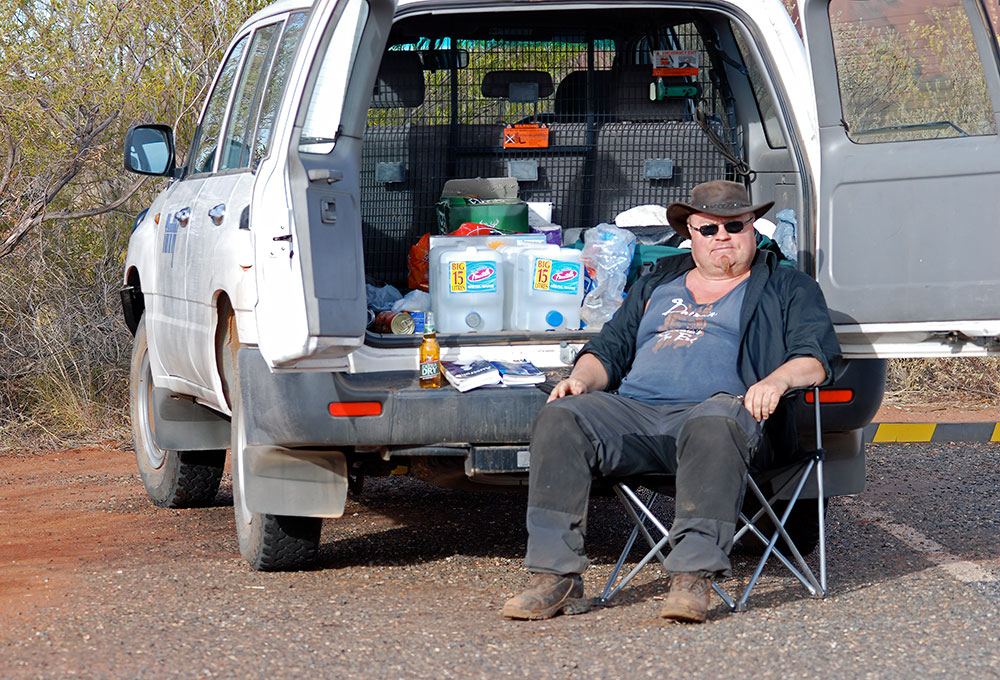
Relaxing and waiting for the sunset after exploring Uluru / Ayers Rock and Kata Tjuta
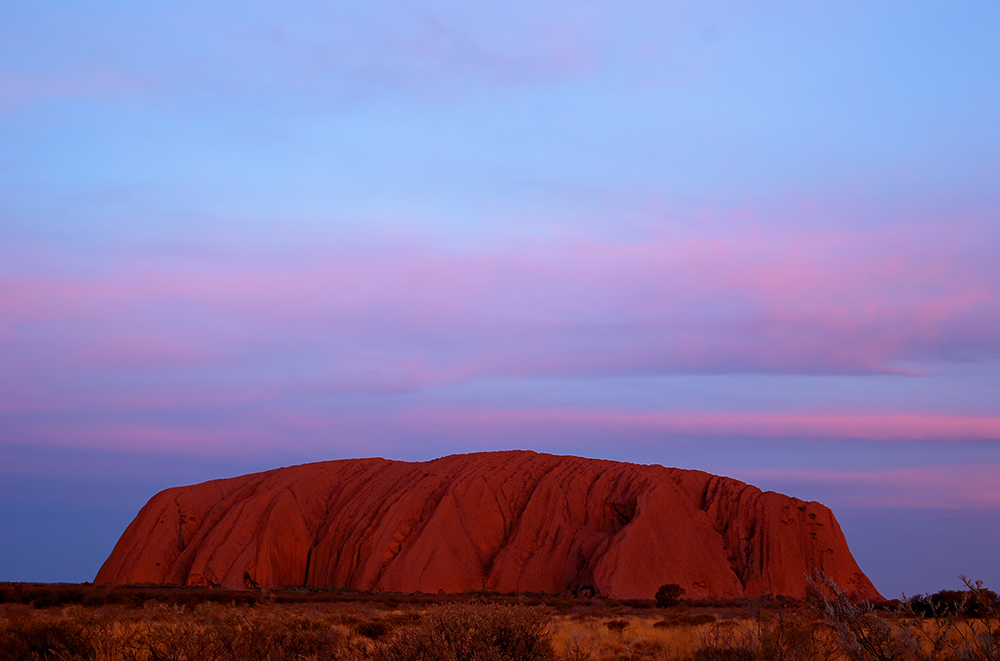
Sunset (without sun...) Uluru / Ayers Rock
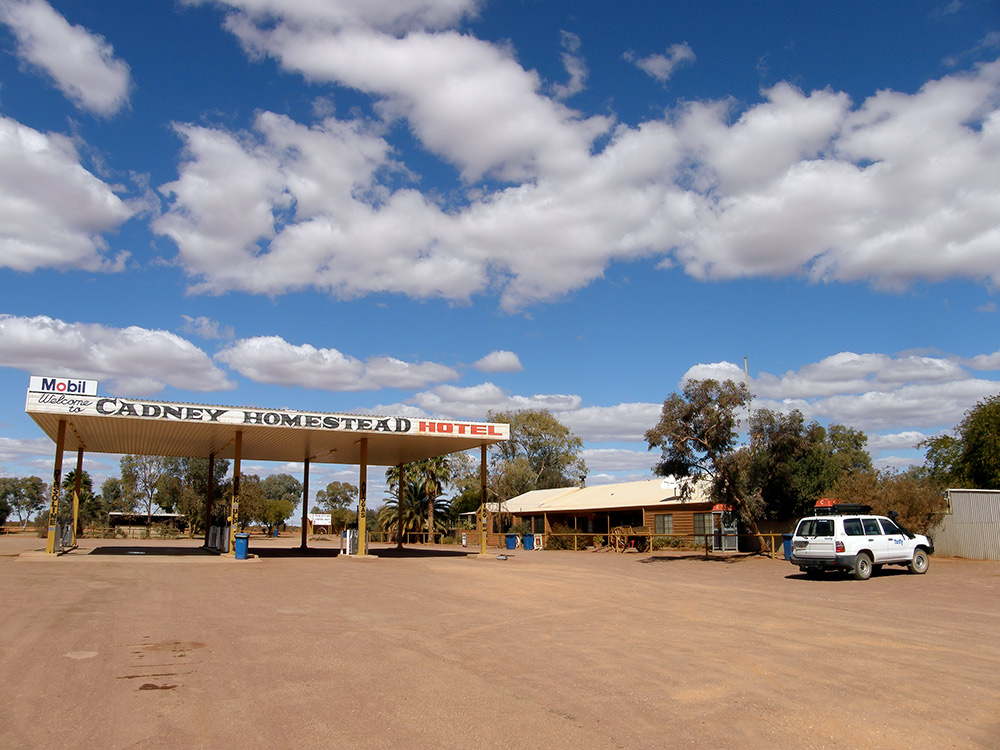
Outback gas station, Stuart Highway
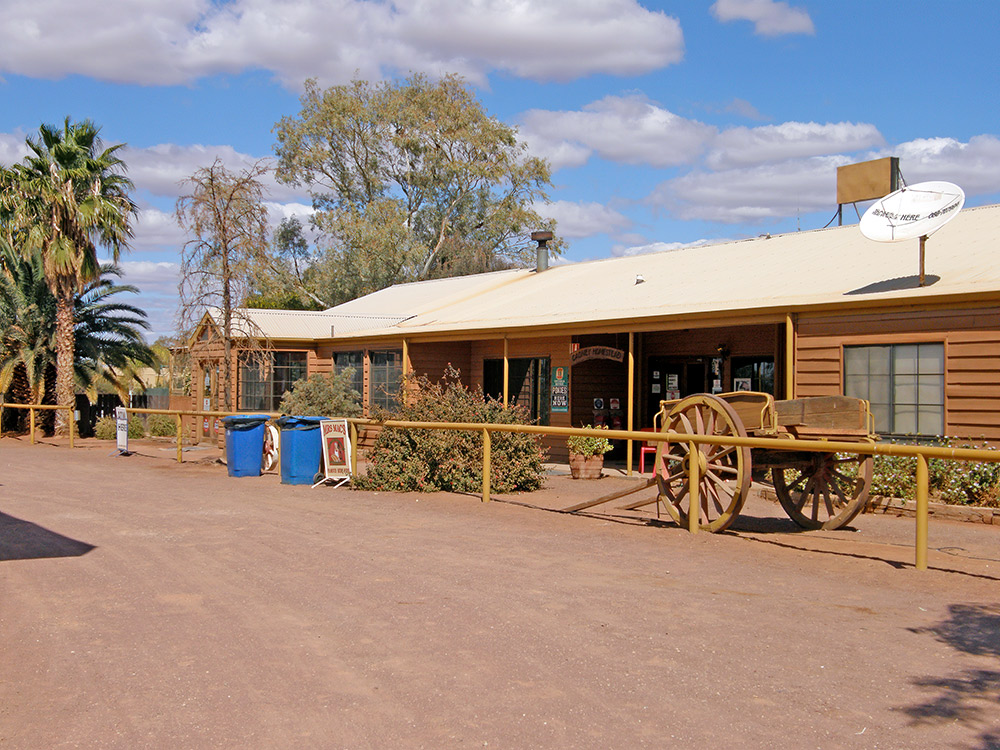
Cadney Homestead, Stuart Highway
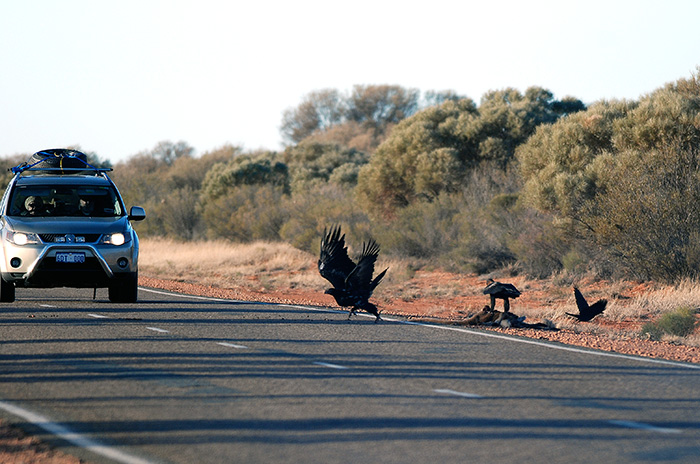
Stuart Highway carnage with Wedge-tailed Eagle and Raven

Stuart Highway carnage with what I think may be Australian Raven (Corvus coronoides)
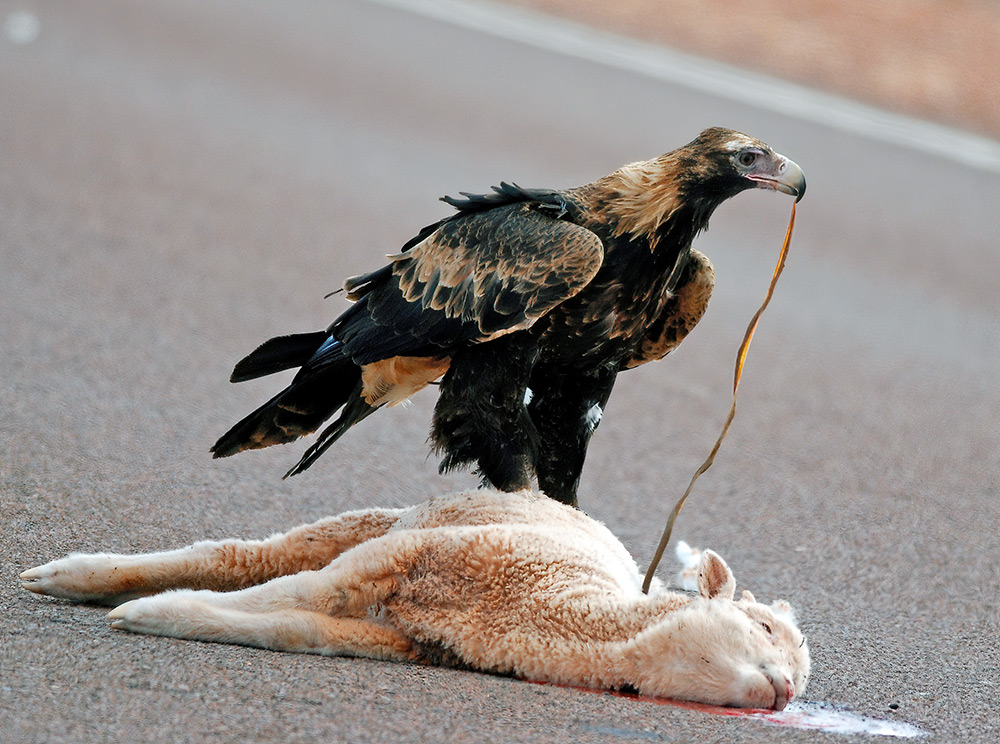
Wedge-tailed Eagle (Aquila audax) eating sheep, Stuart Highway
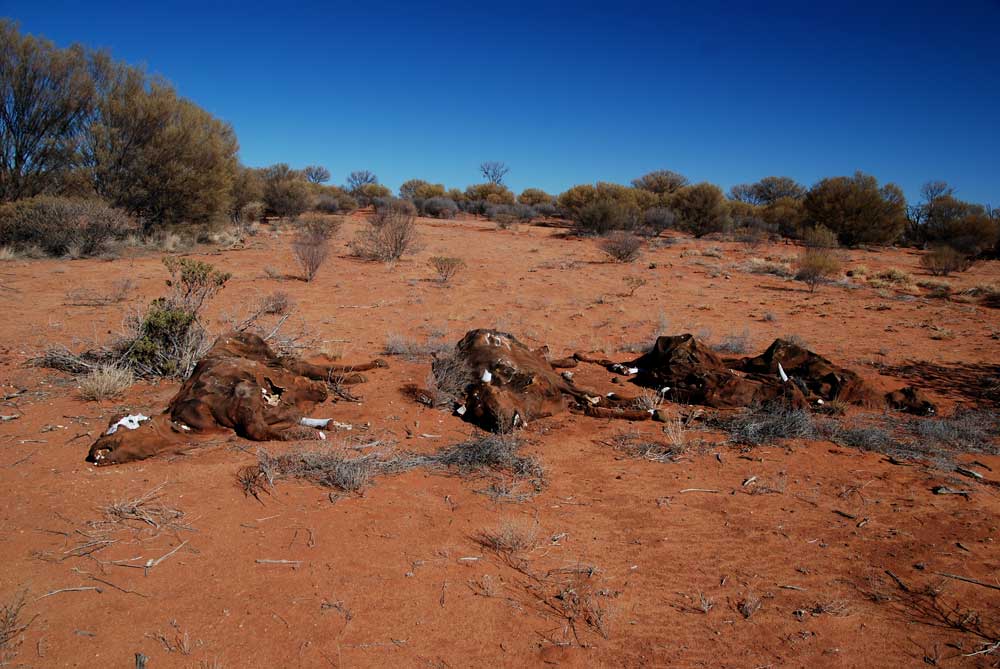
Serious roadkill, Stuart Highway
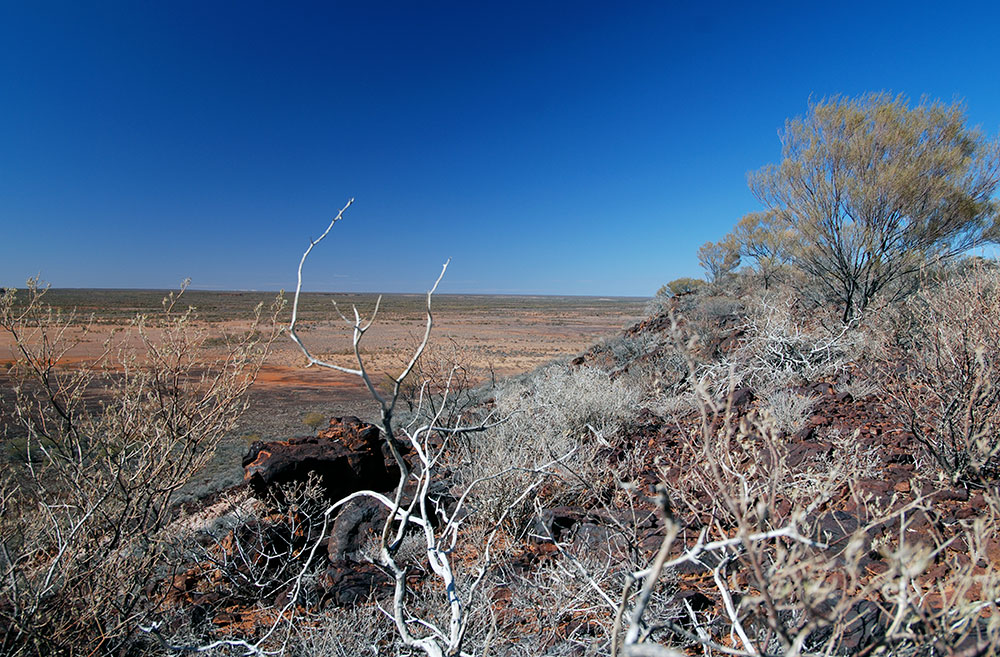
North of Coober Pedy
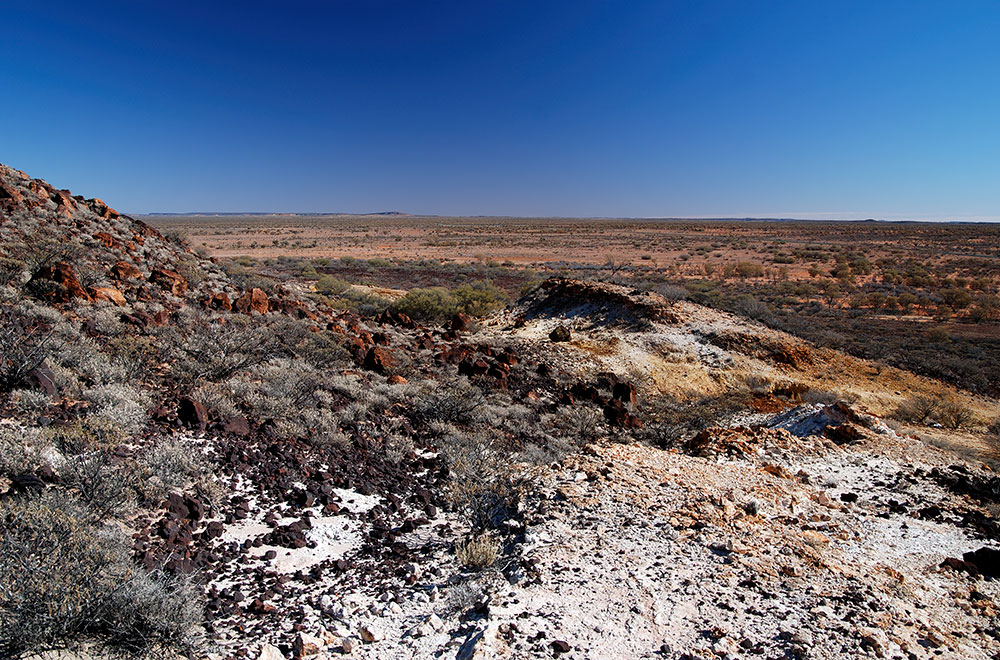
Old opal mine near Coober Pedy
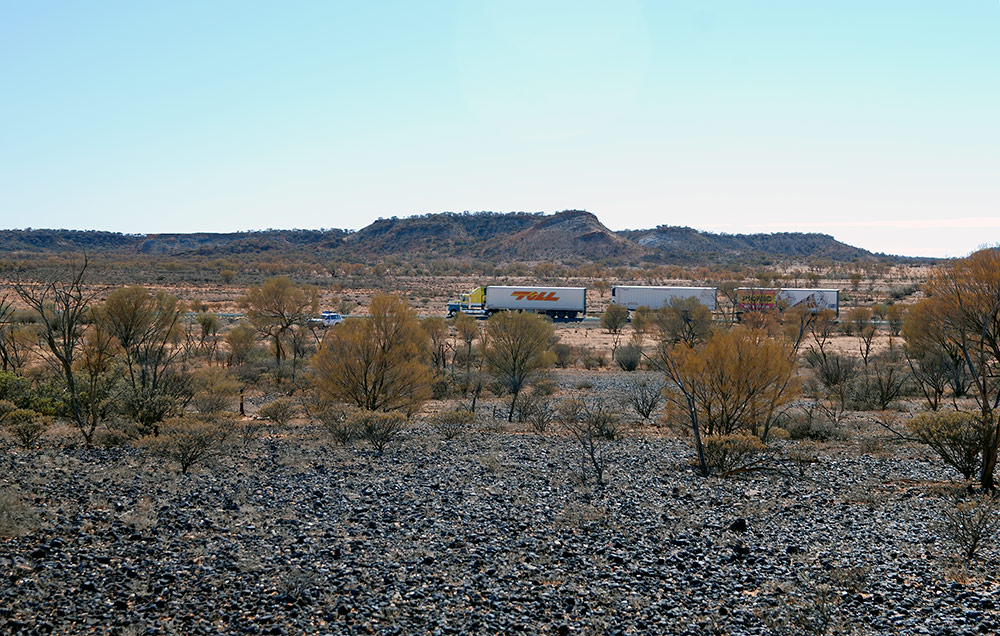
Road train, Stuart Highway
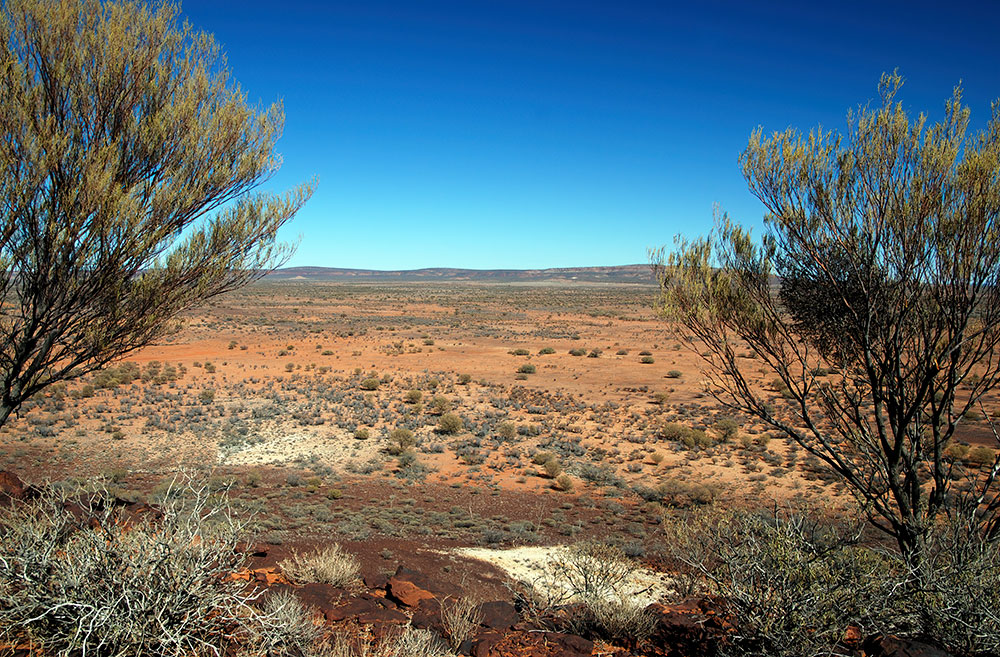
Central Australia wilderness
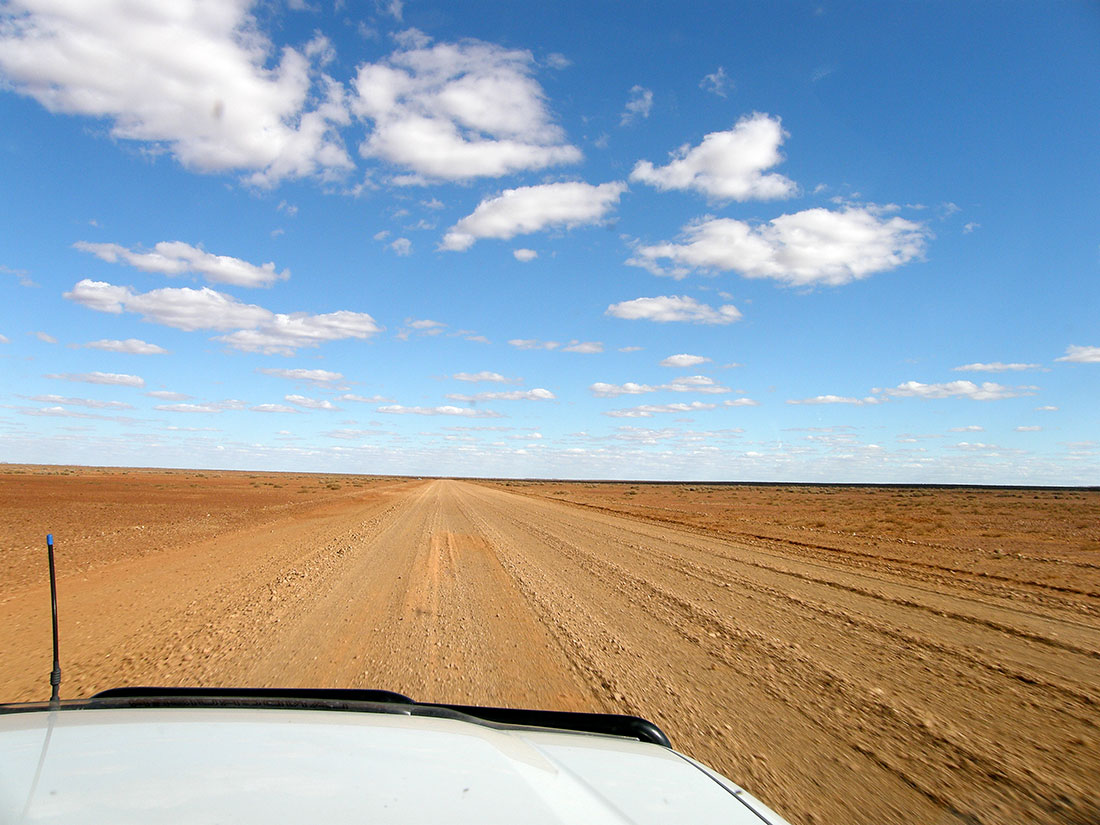
Outback driving, I think this is the Oodnadatta Track
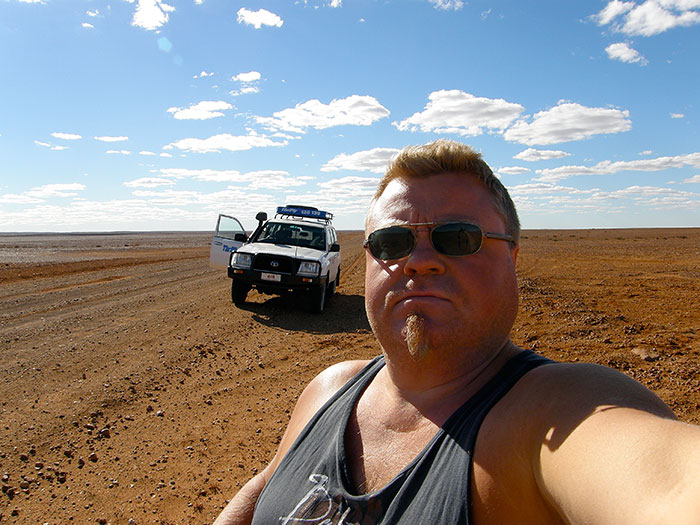
Selfie in the middle of nowhere. This area north of Coober Pedy is called the Moon Plain, a vast expanse of rocky plains with lunar like landscape that has been the set for many movies including Mad Max Beyond the Thunderdome, Priscilla Queen of the Desert, Pitch Black and The Red Planet
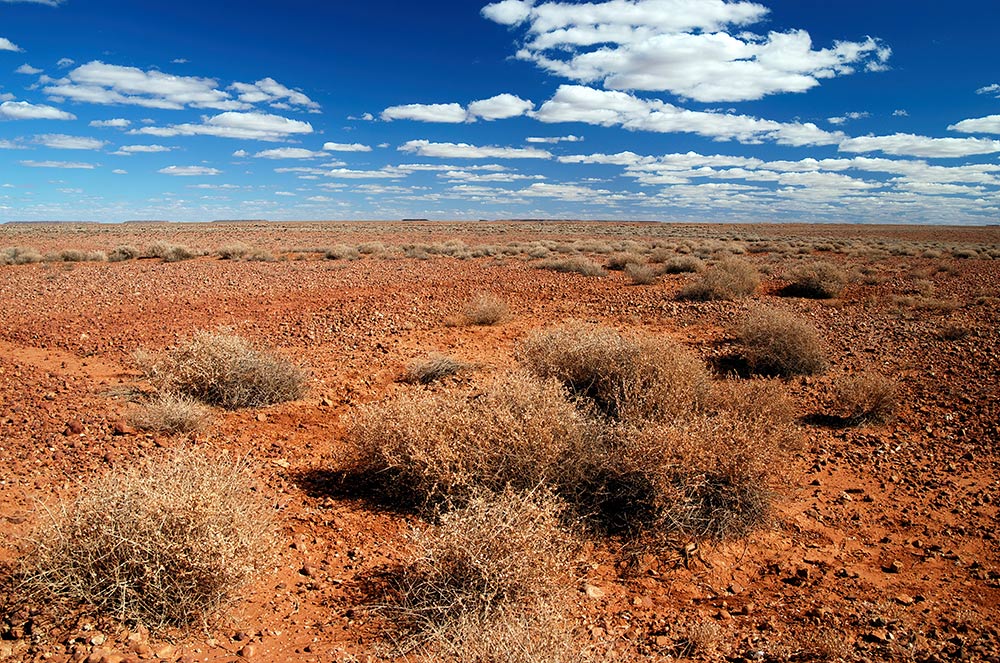
Outback landscape north of Coober Pedy
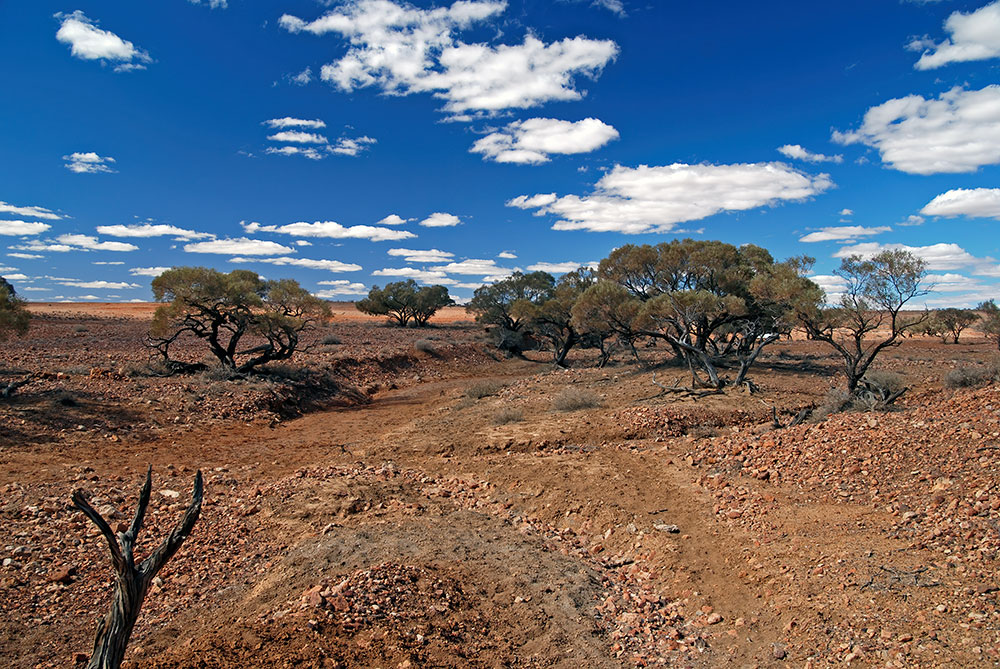
Dry riverbed, Coober Pedy region
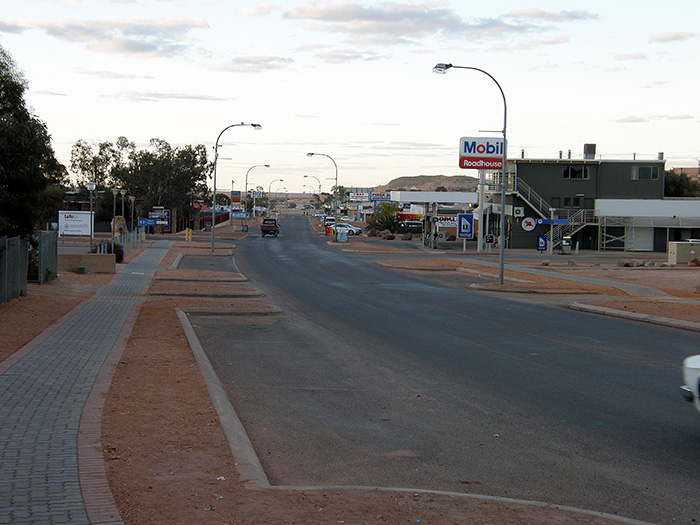
Coober Pedy
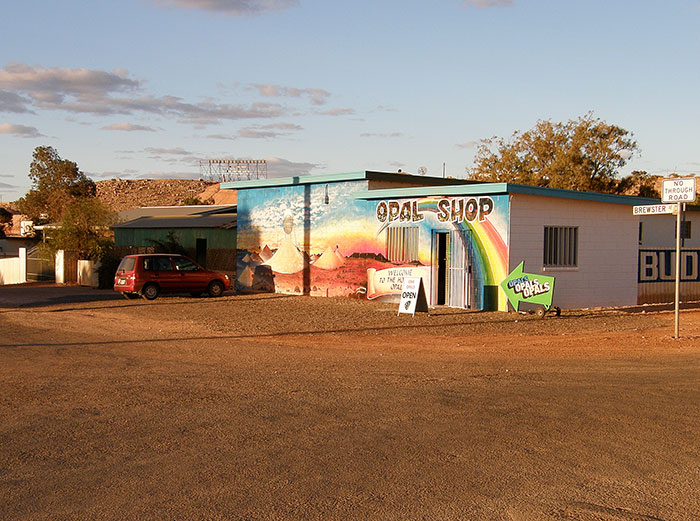
Coober Pedy - Opal Capital of the World
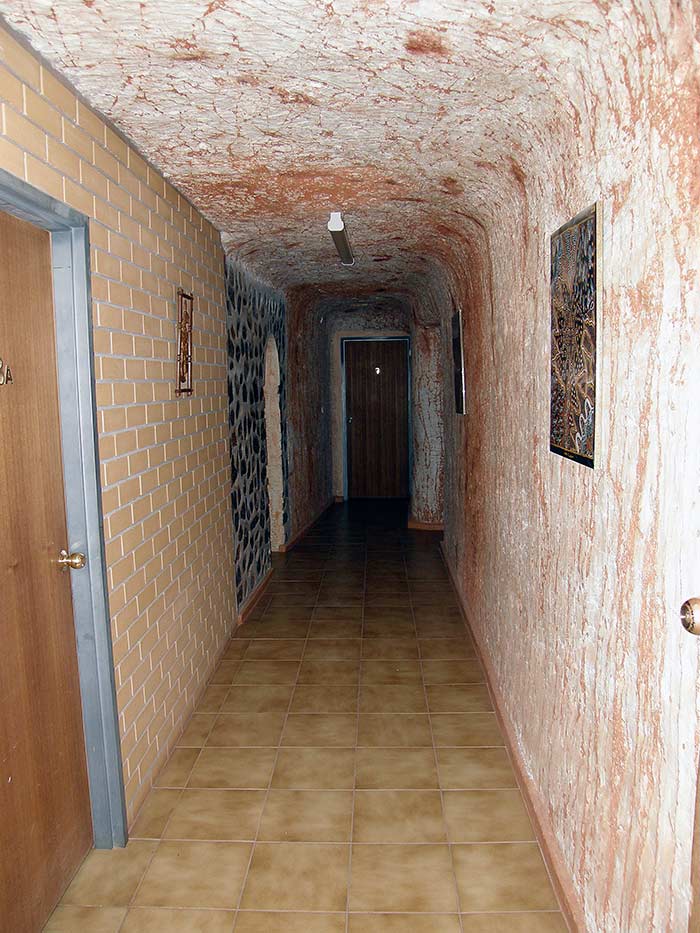
Dugout motel in Coober Pedy
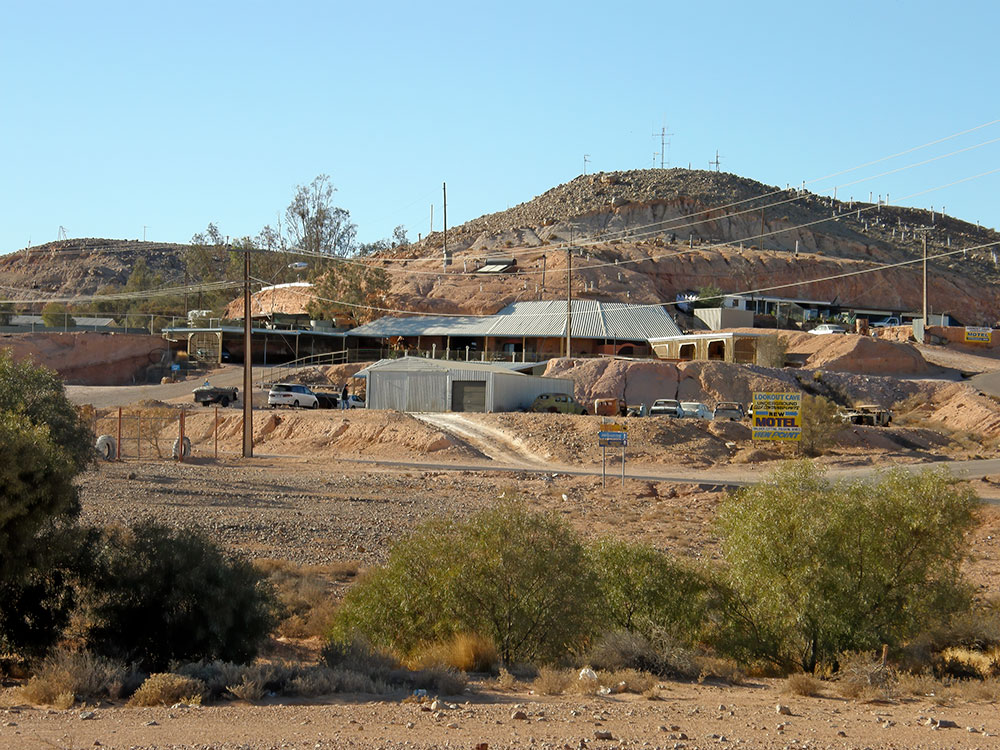
Coober Pedy
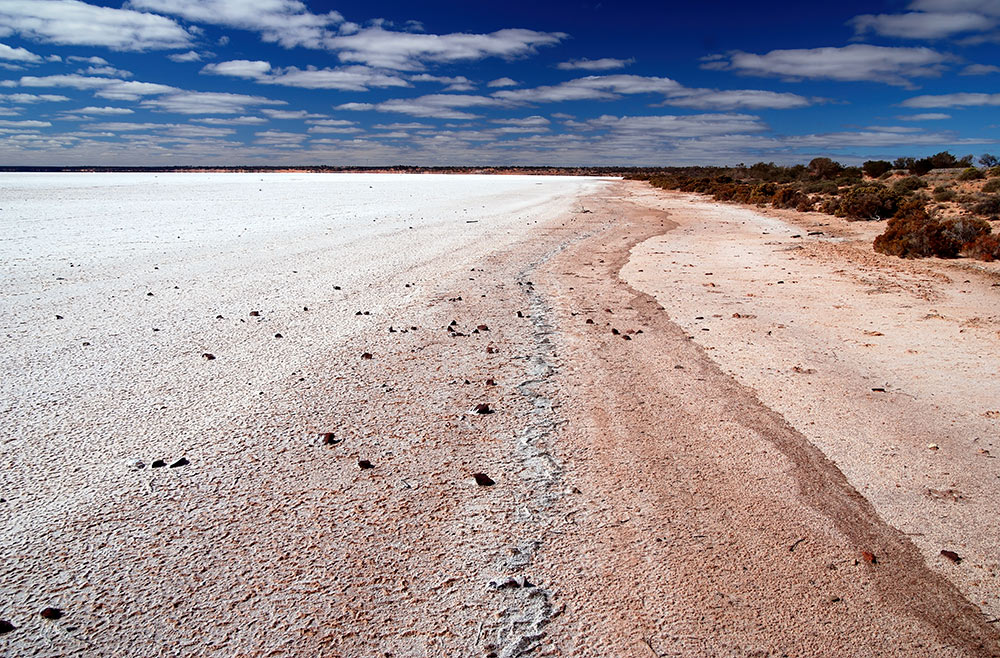
Dried-out Lake Hart (Woomera), along Stuart Highway
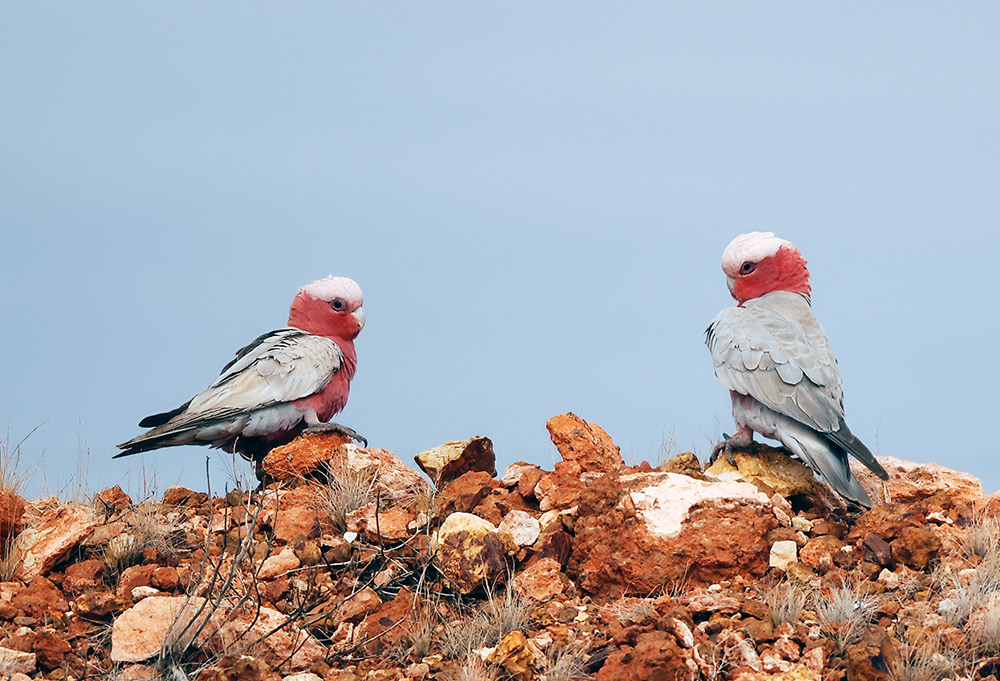
Galah (Eolophus rosicapillus)
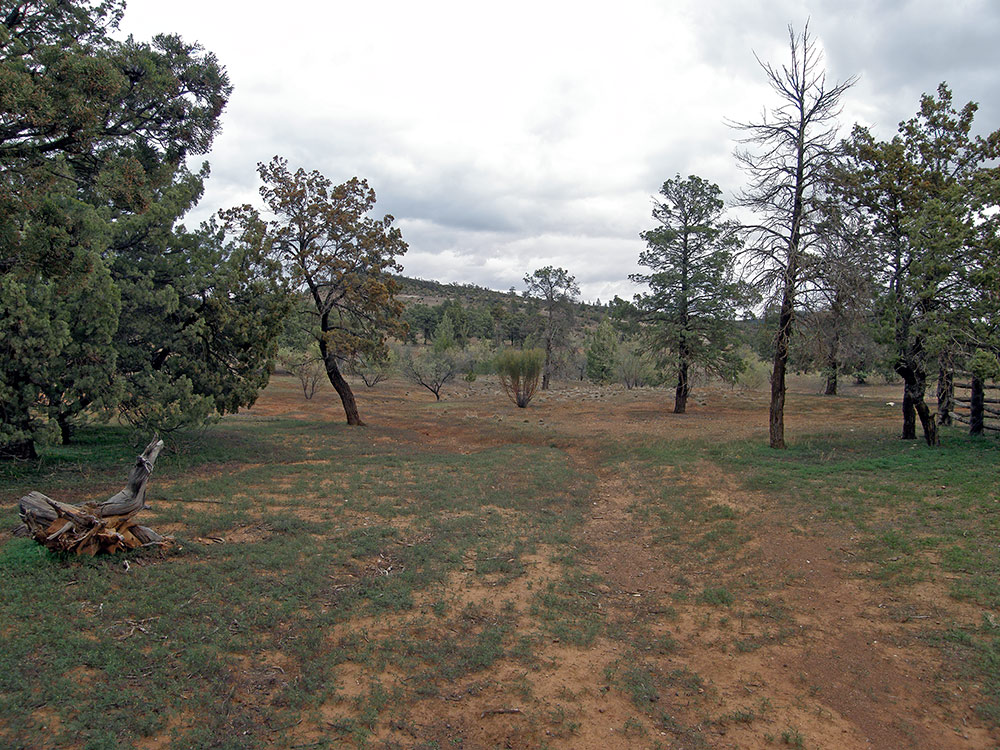
Back in forest territory, Flinders Ranges, South Australia
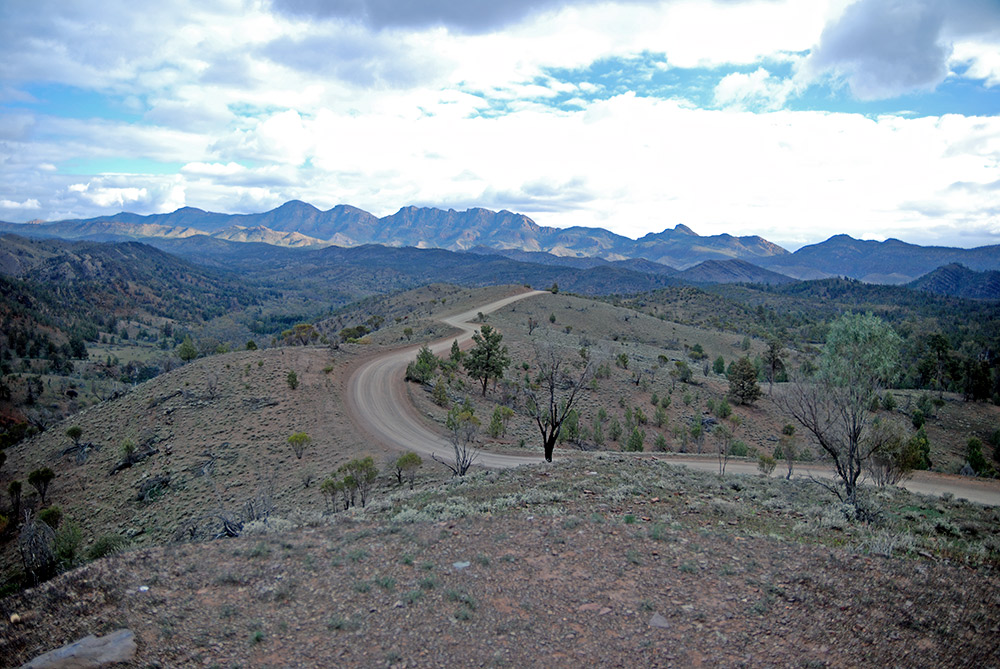
Flinders Ranges
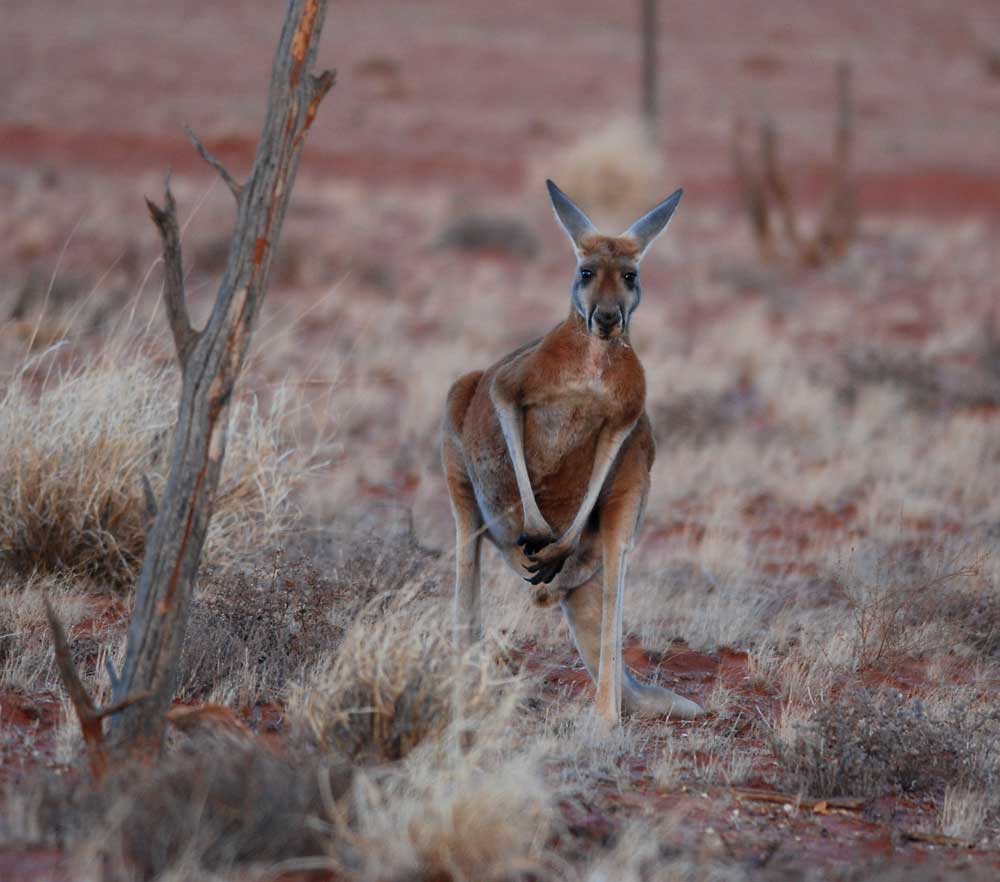
Red Kangaroo (Macropus rufus), Flinders Ranges National Park
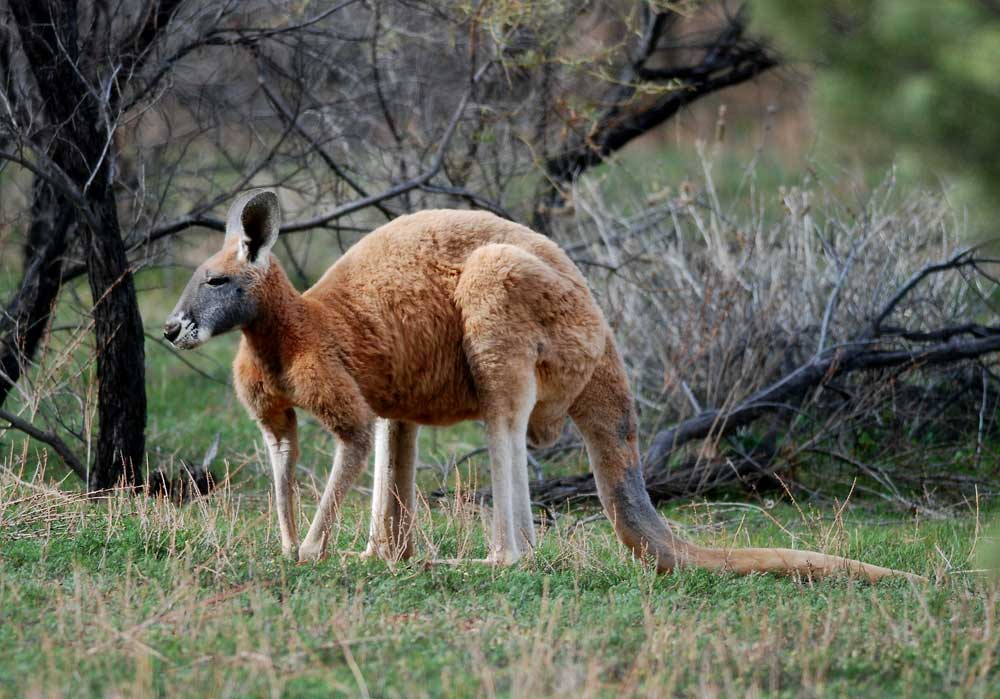
Red Kangaroo (Macropus rufus), Flinders Ranges National Park
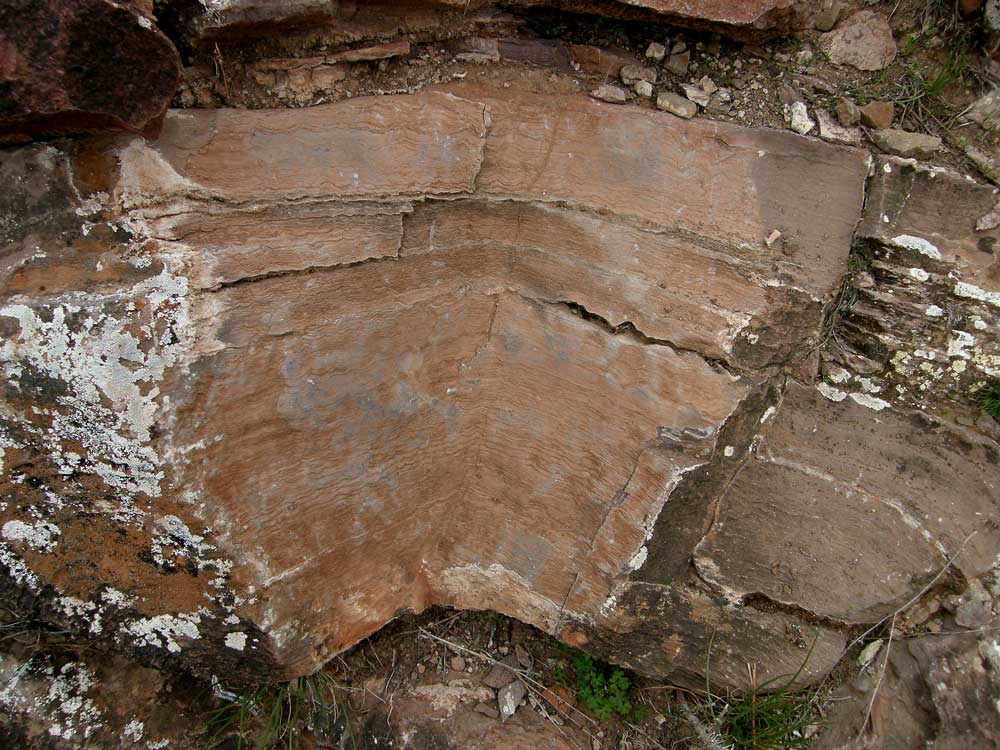
Stromatolite, the worlds oldest fossils, Flinders Ranges
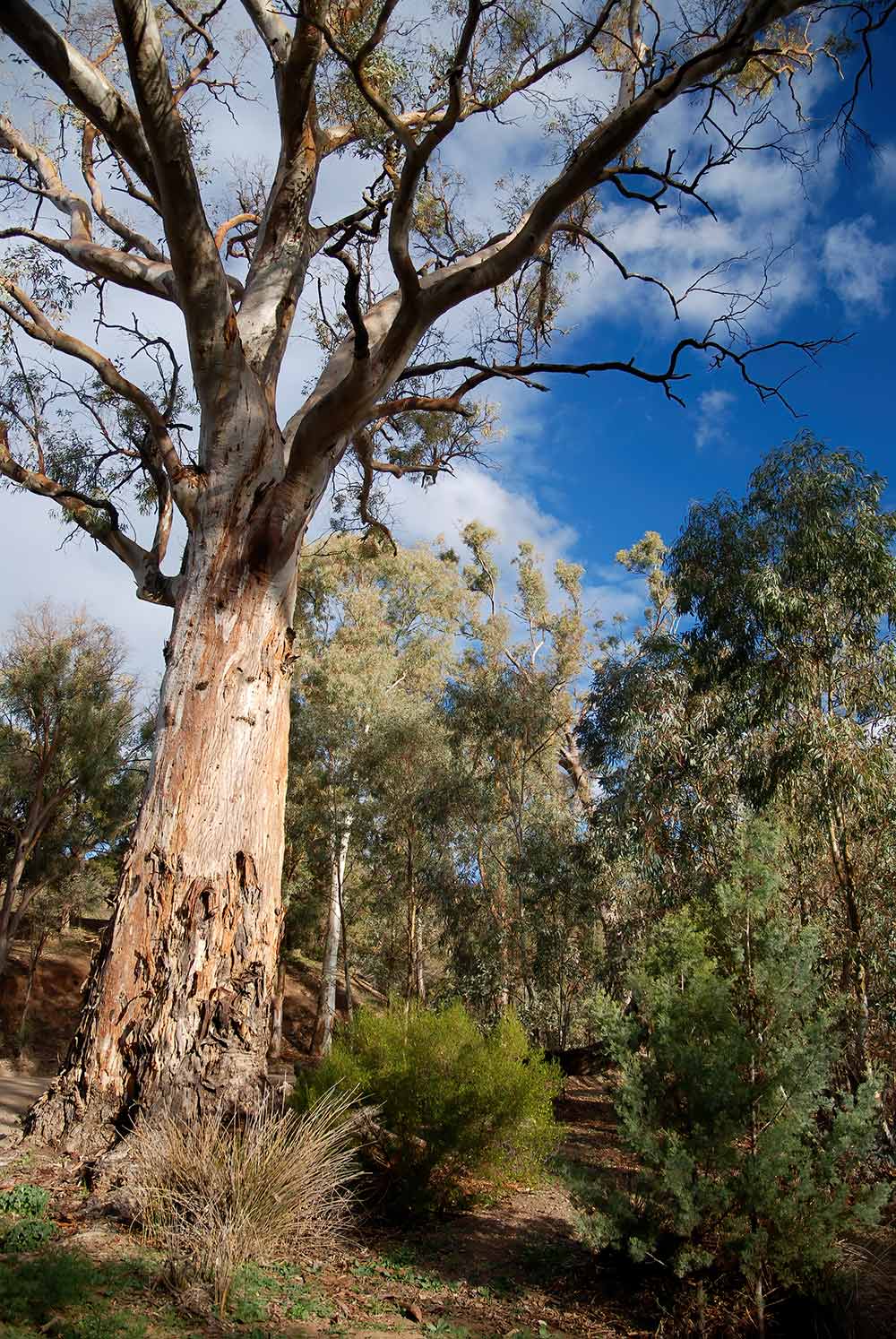
Flinders Ranges
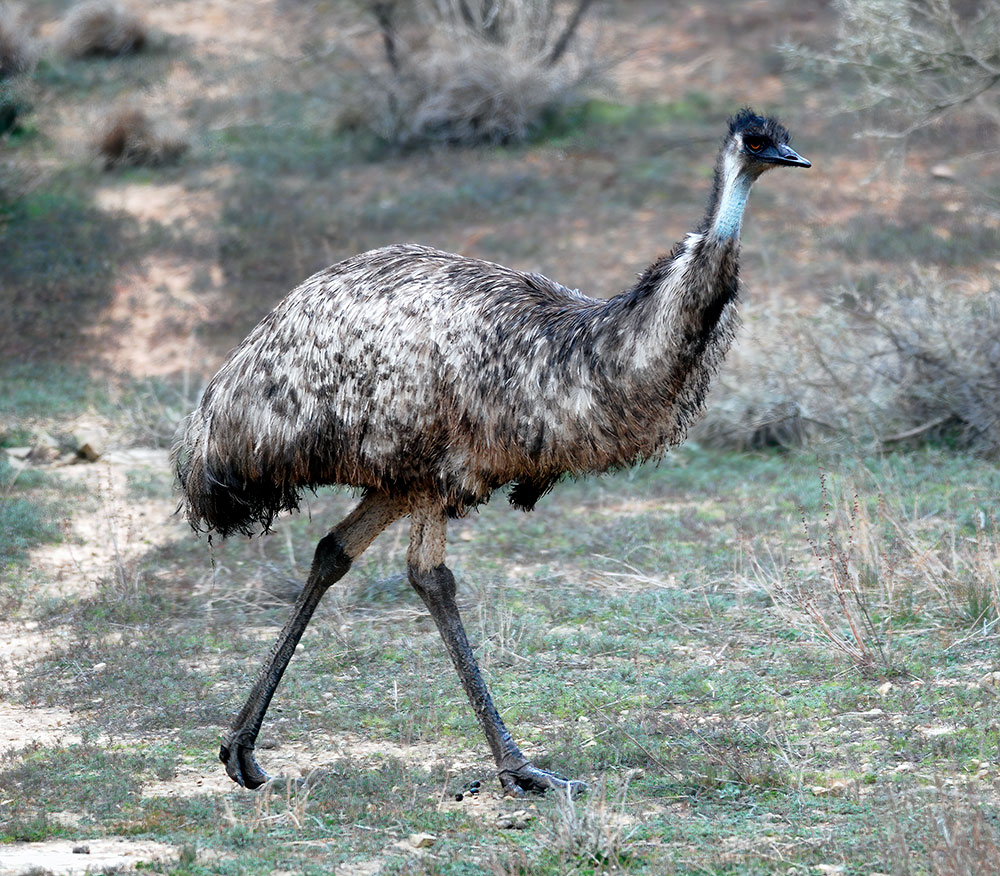
Emu (Dromaius novaehollandiae), Flinders Ranges
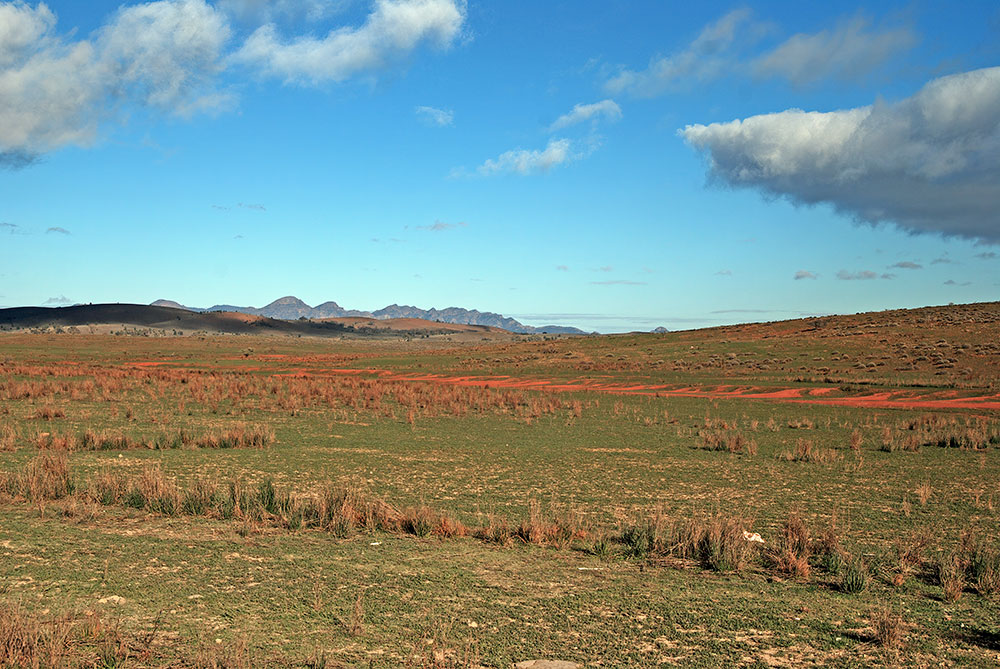
South of Flinders Ranges
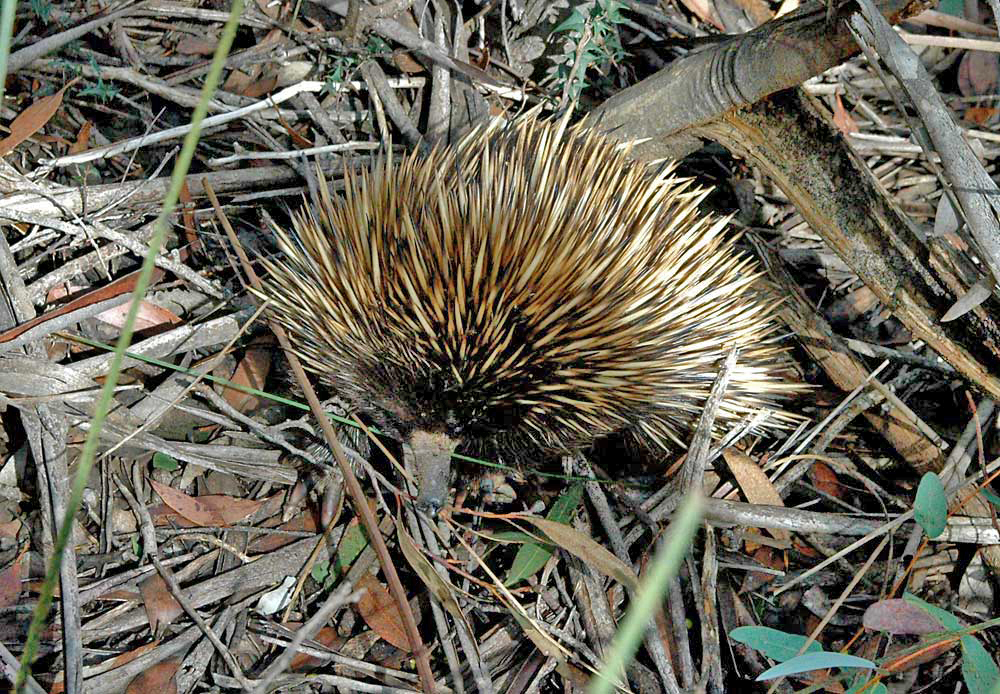
Short-beaked echidna (Tachyglossus aculeatus), one of three egg-laying mammals on the planet (Monotremes: Short-beaked echidna, Long-beaked echidna and the Platypus). Kangaroo Island
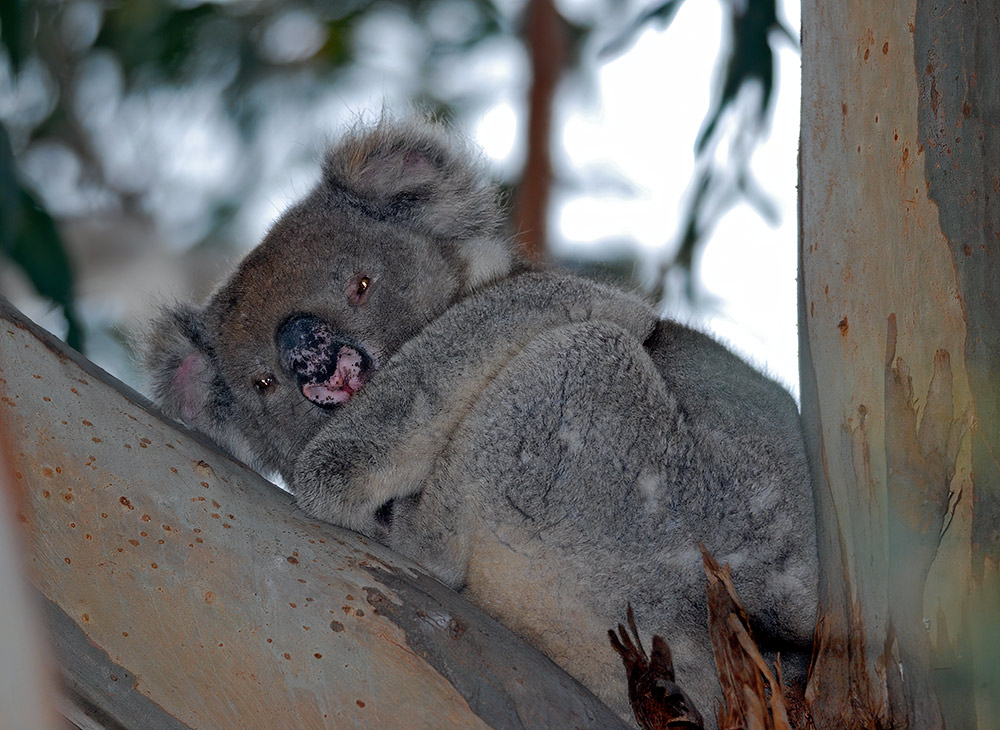
Koala (Phascolarctos cinereus), Hanson Bay Wildlife Sanctuary, Kangaroo Island
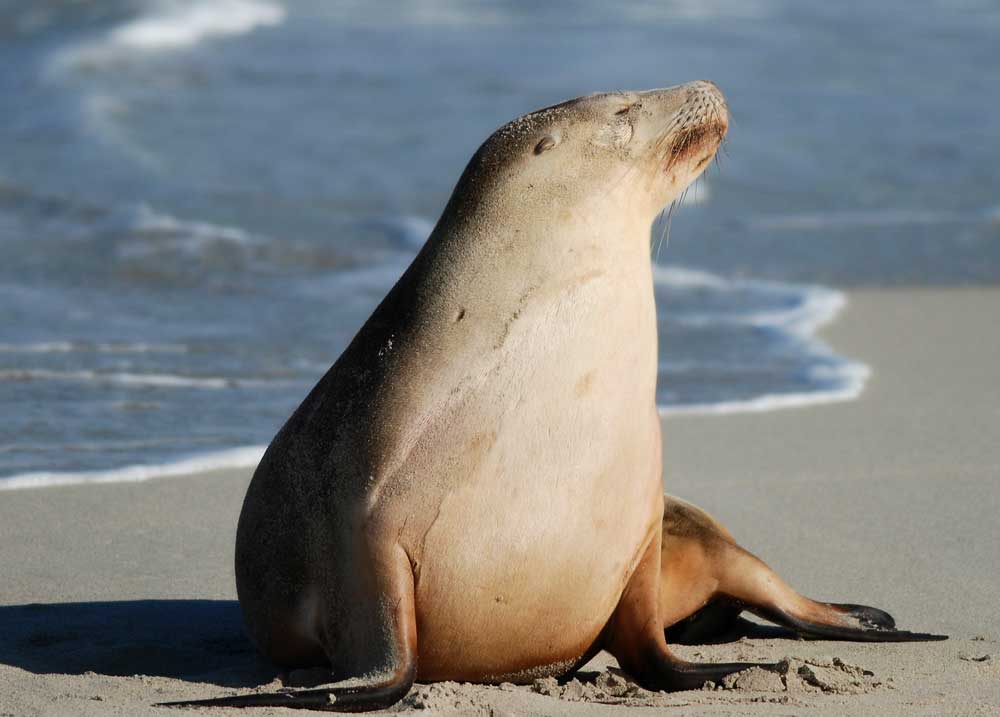
Australian Sea Lion (Neophoca cinerea), Kangaroo Island
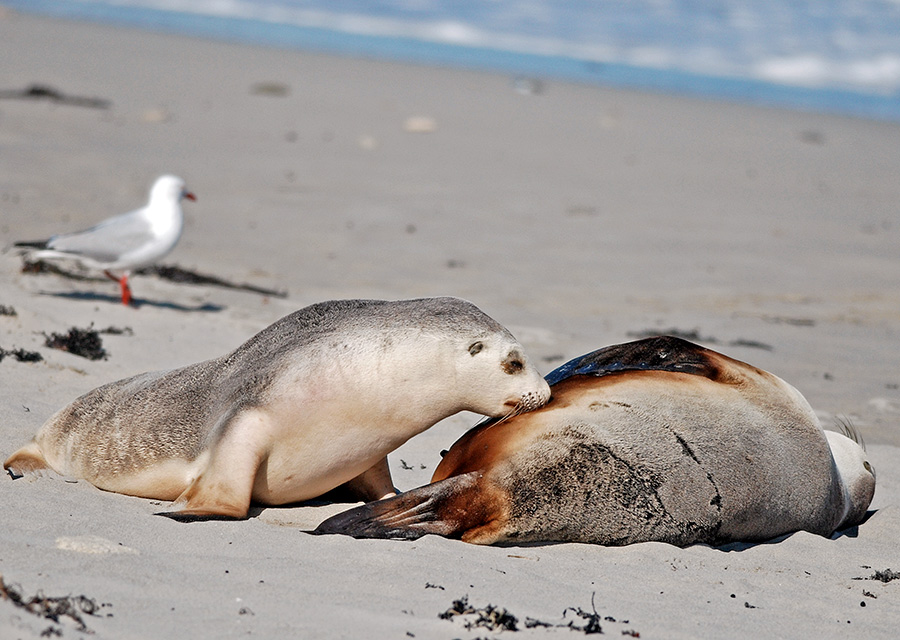
Australian Sea Lion suckling, Kangaroo Island
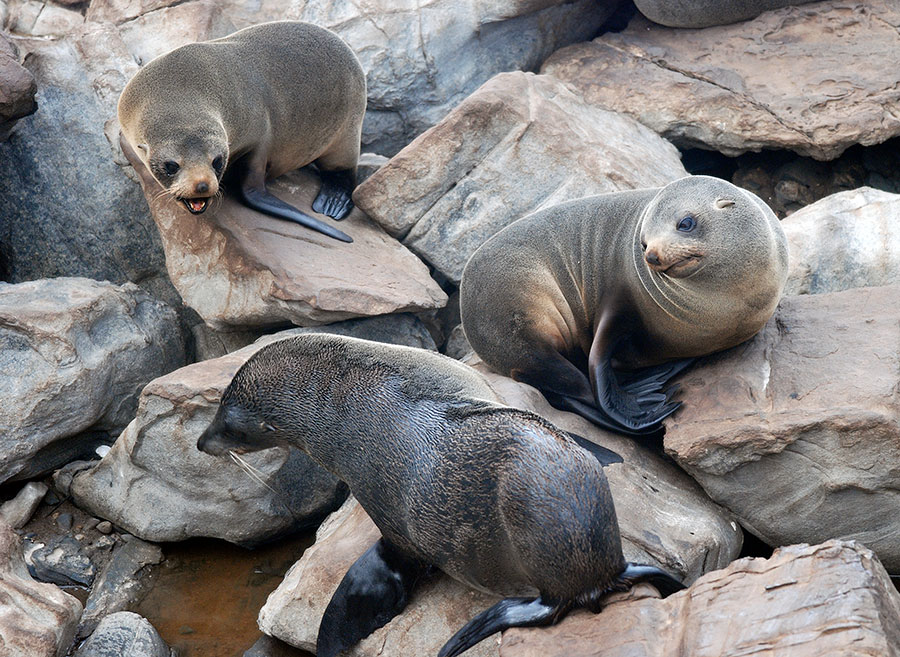
New Zealand Fur Sea (Arctocephalus forsteri), Kangaroo Island
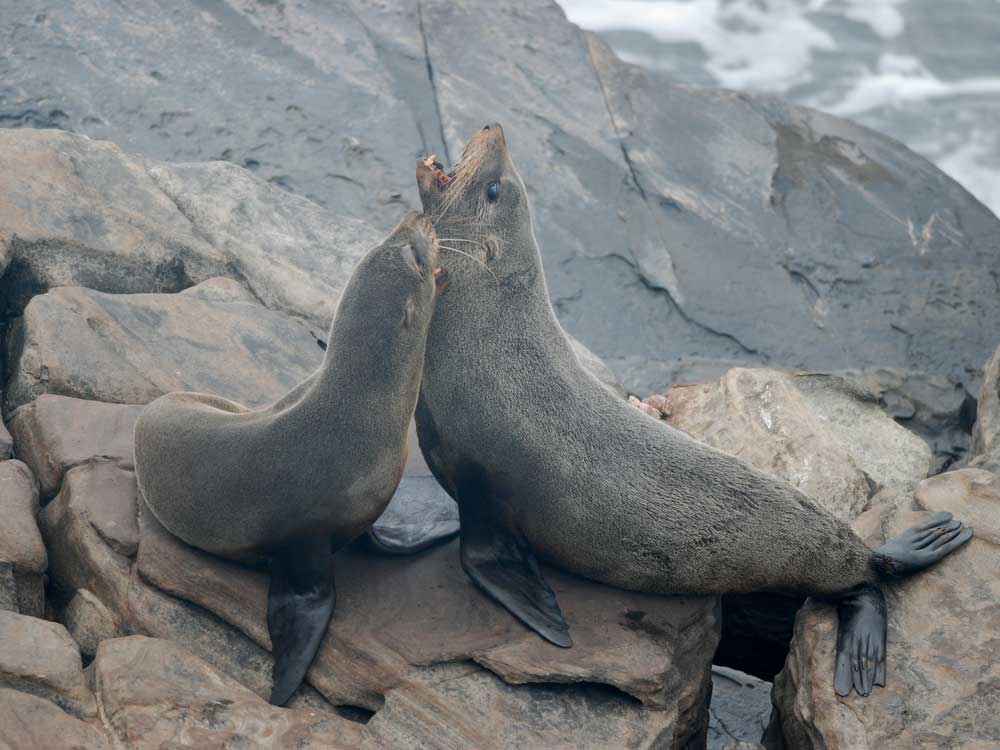
New Zealand Fur Seal, Kangaroo Island
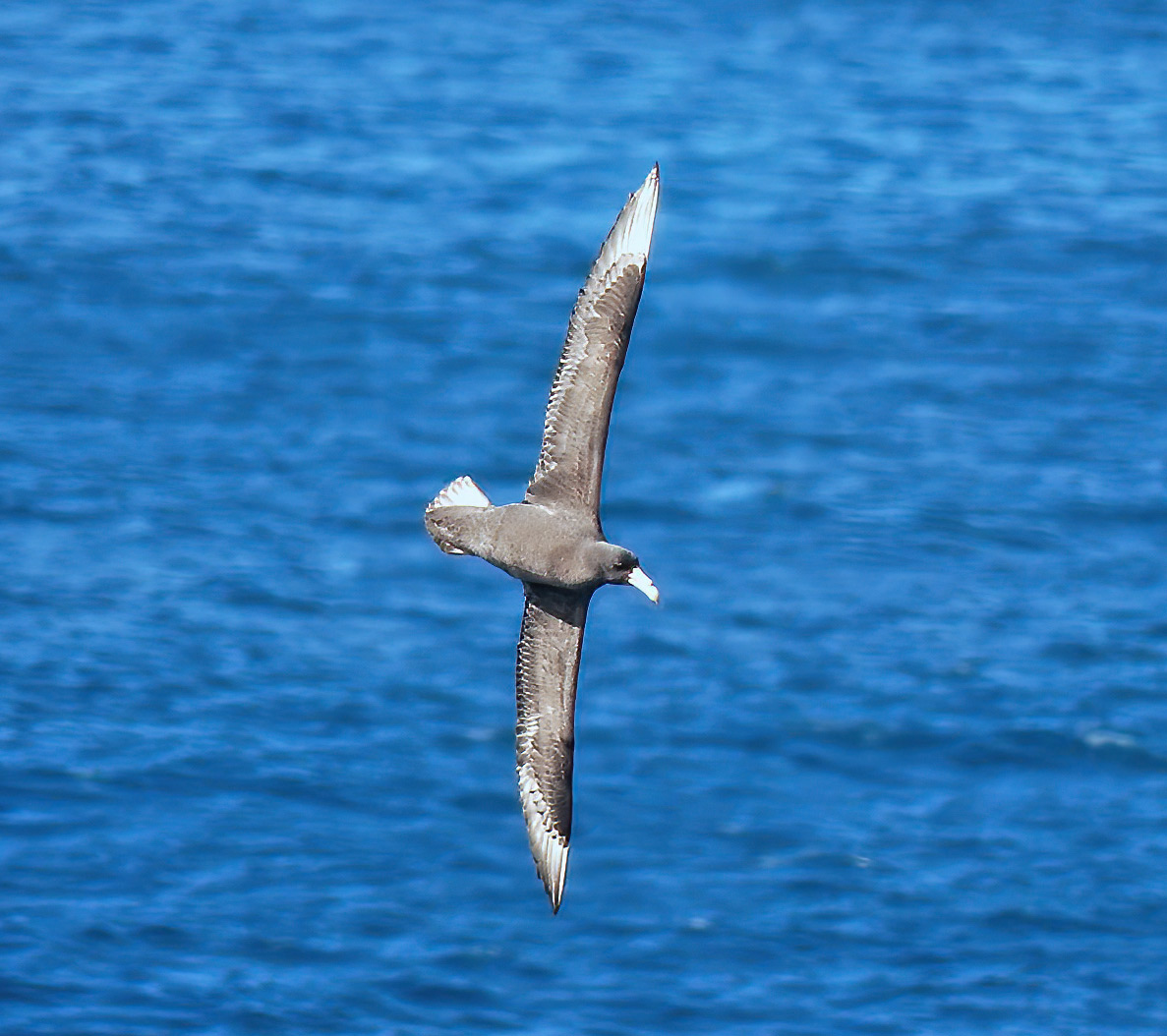
Southern Giant Petrel (Macronectes giganteus), Kangaroo Island
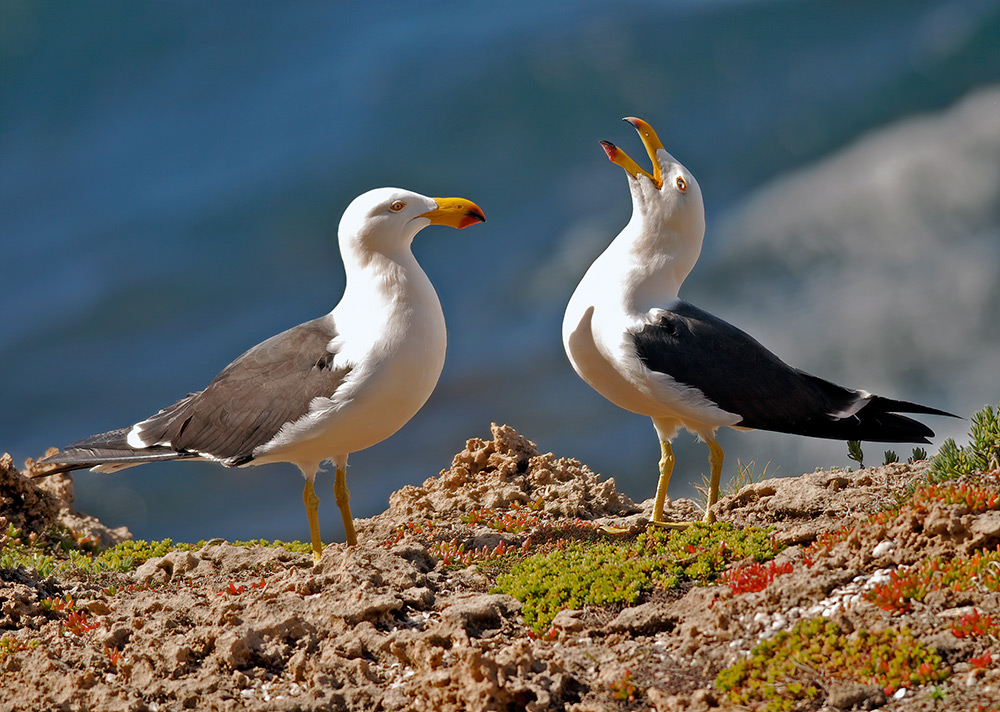
Pacific Gull (Larus pacificus), Kangaroo Island
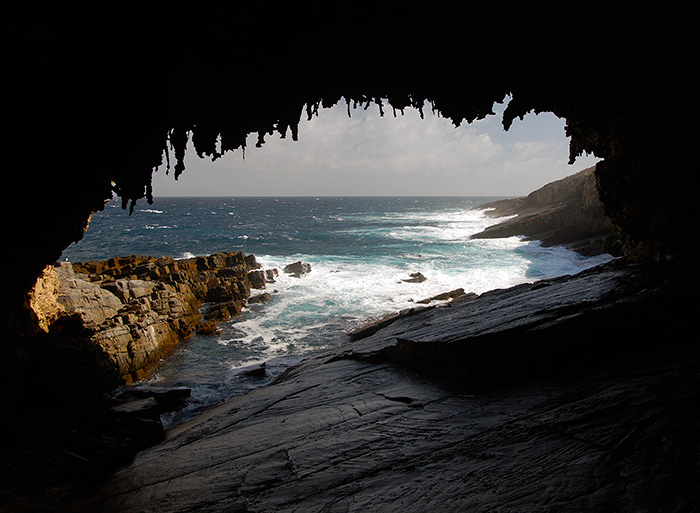
Admirals Arch, Kangaroo Island
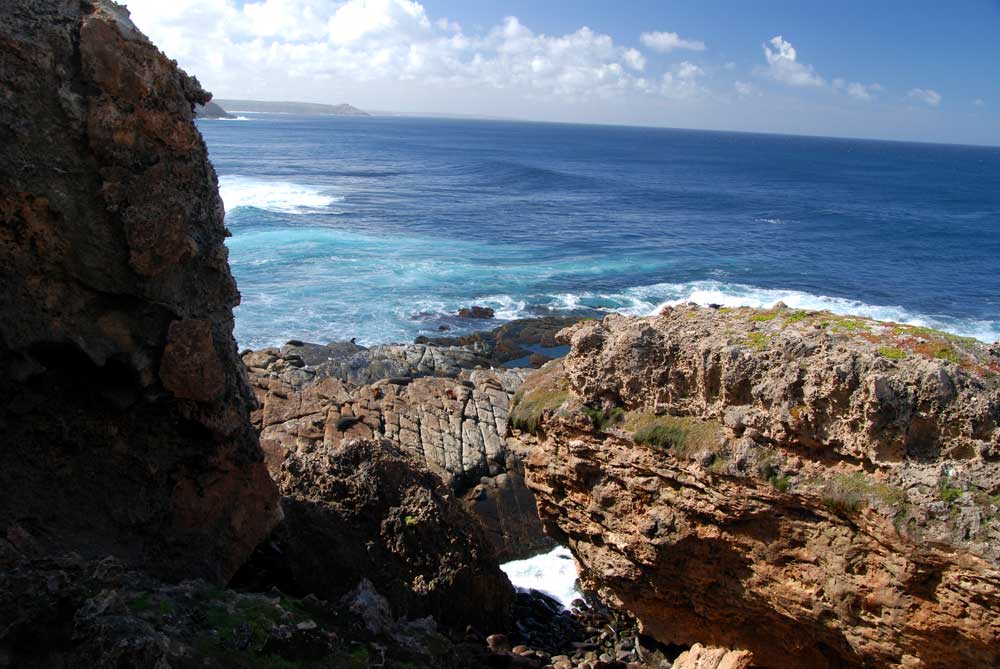
Flinders Chase National Park, Kangaroo Island
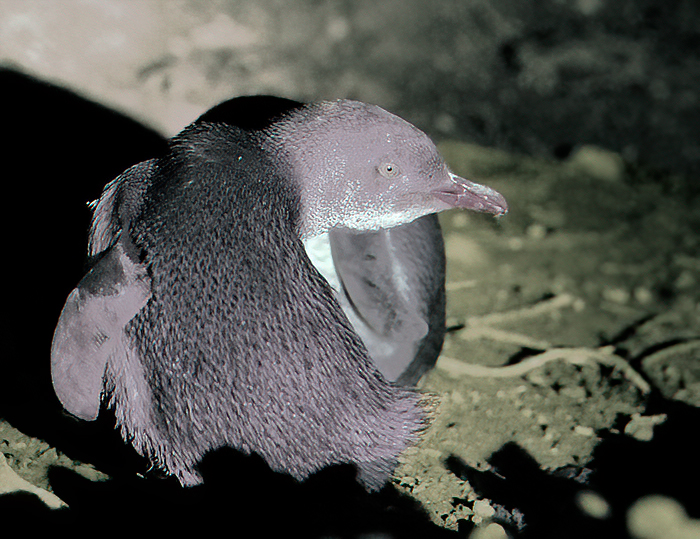
Little Penguin. The guides used red-light wildlife-friendly torches, hence the image quality
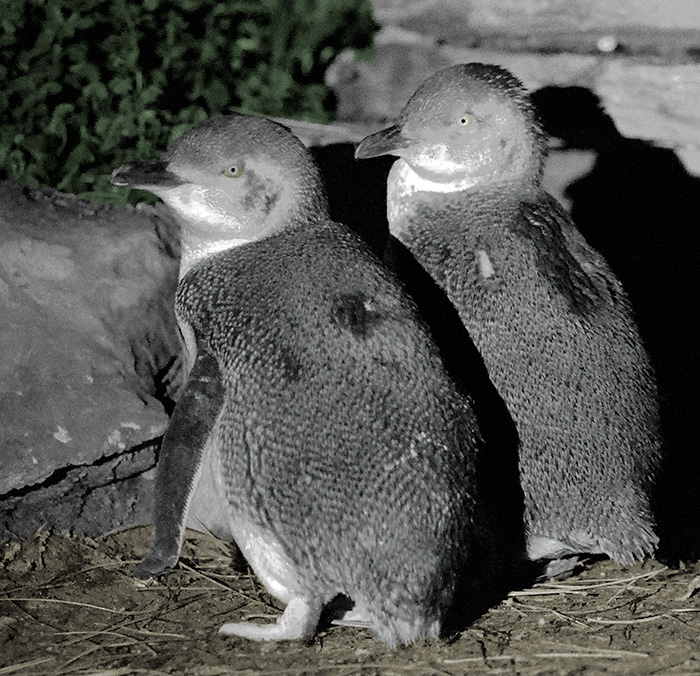
Little Penguin, Penneshaw Penguin Center, Kangaroo Island
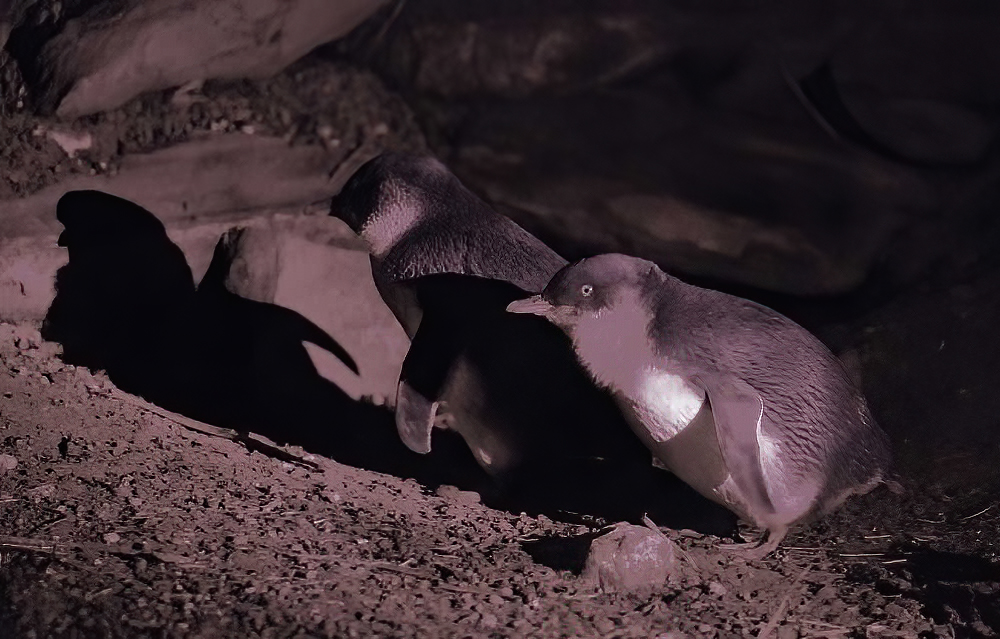
Little Penguin (Eudyptula minor), Penneshaw Penguin Center, Kangaroo Island
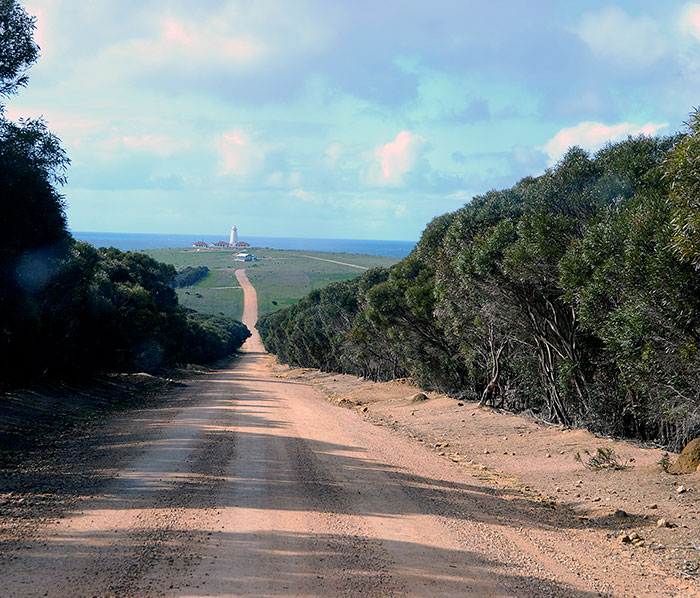
Cape Willoughby Lighthouse, Kangaroo Island
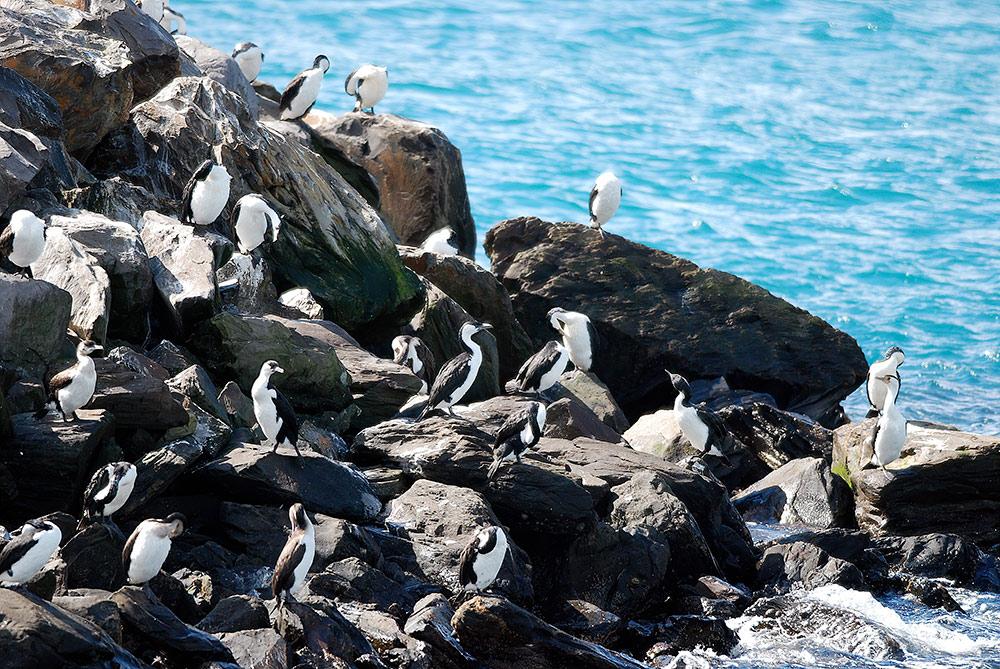
Black-faced (Phalacrocorax fuscescens) and Pied (Phalacrocorax varius) Cormorants, Kangaroo Island
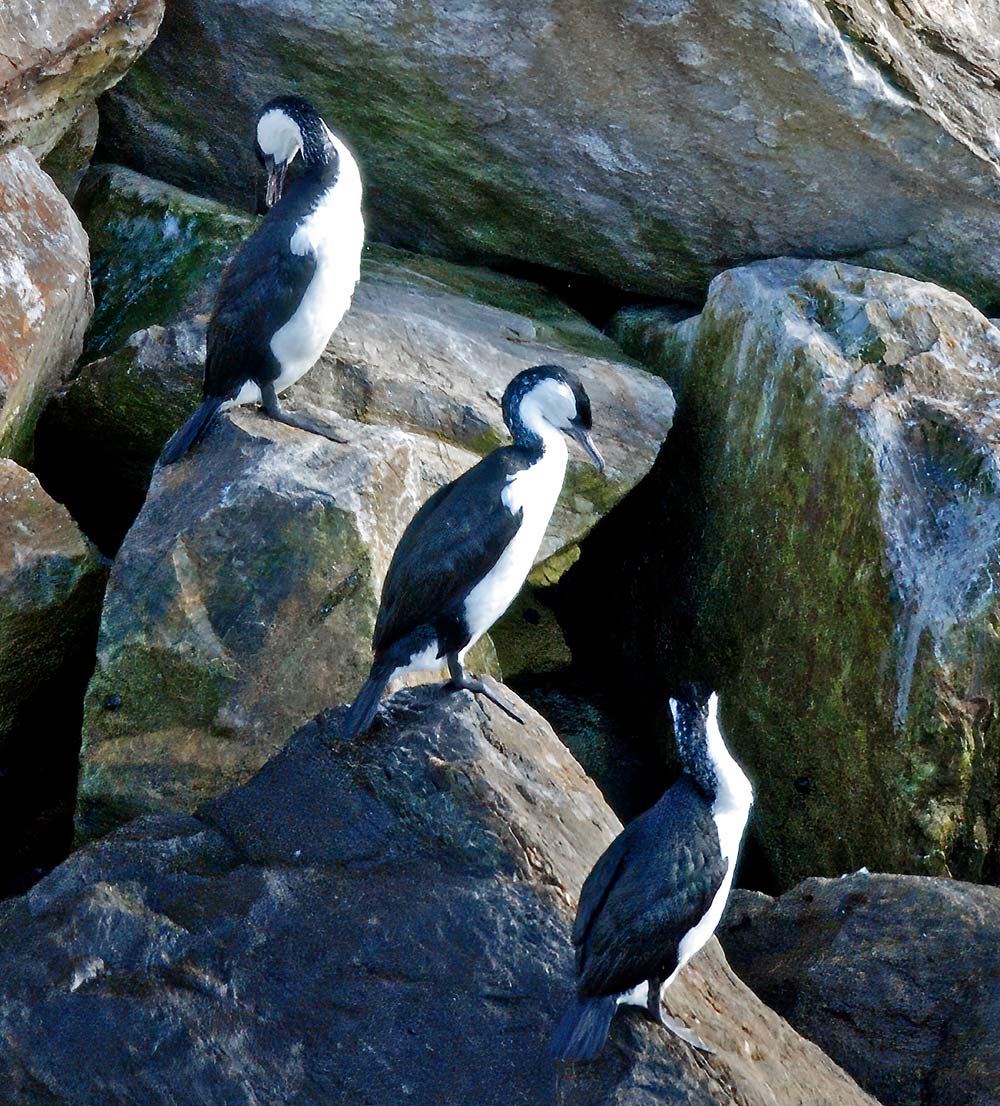
Black-faced Cormorant (Phalacrocorax fuscescens), Kangaroo Island
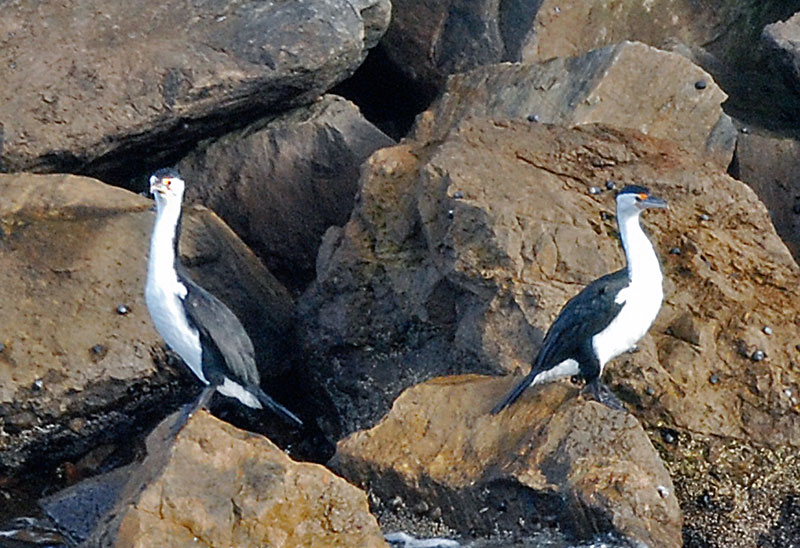
Pied Cormorant (Phalacrocorax varius), Kangaroo Island
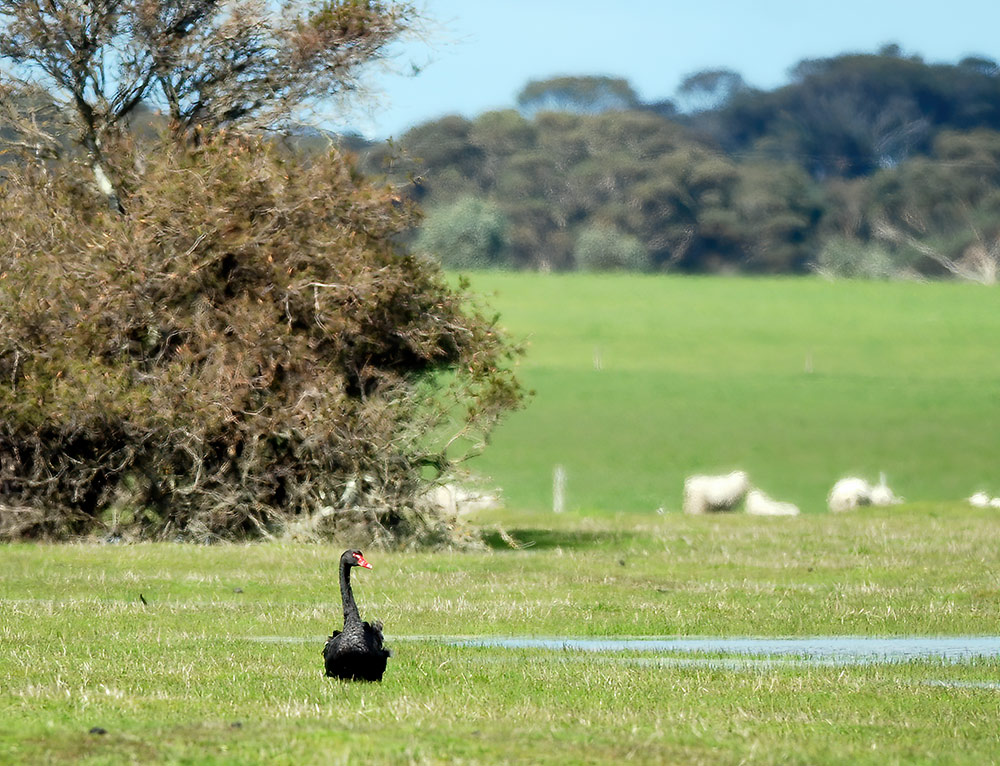
Black Swan (Cygnus atratus), Kangaroo Island
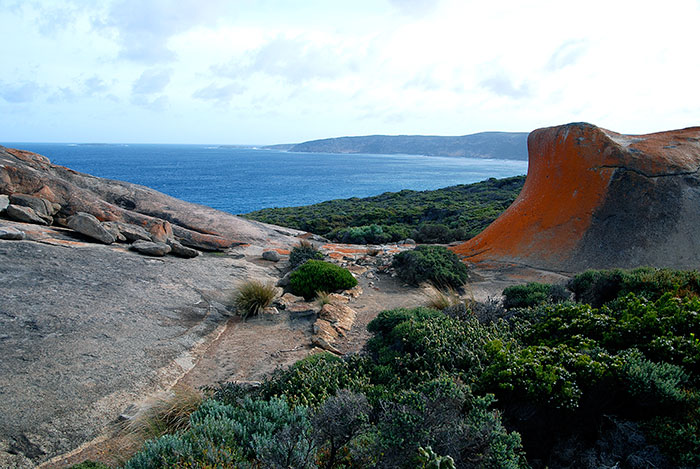
Kangaroo Island landscape
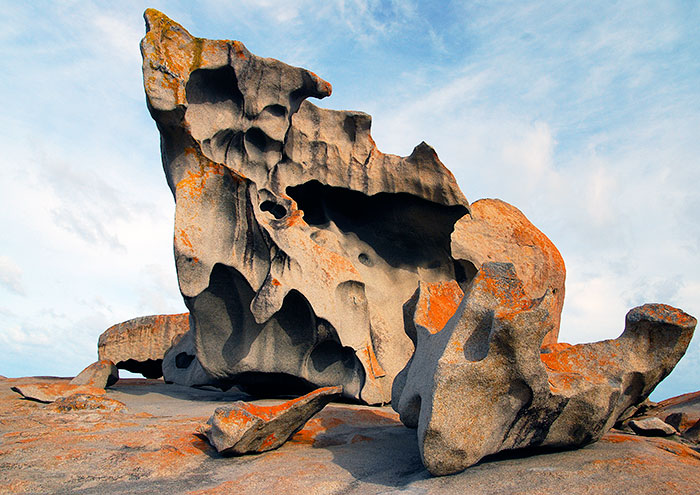
Kangaroo Island natural sculpture
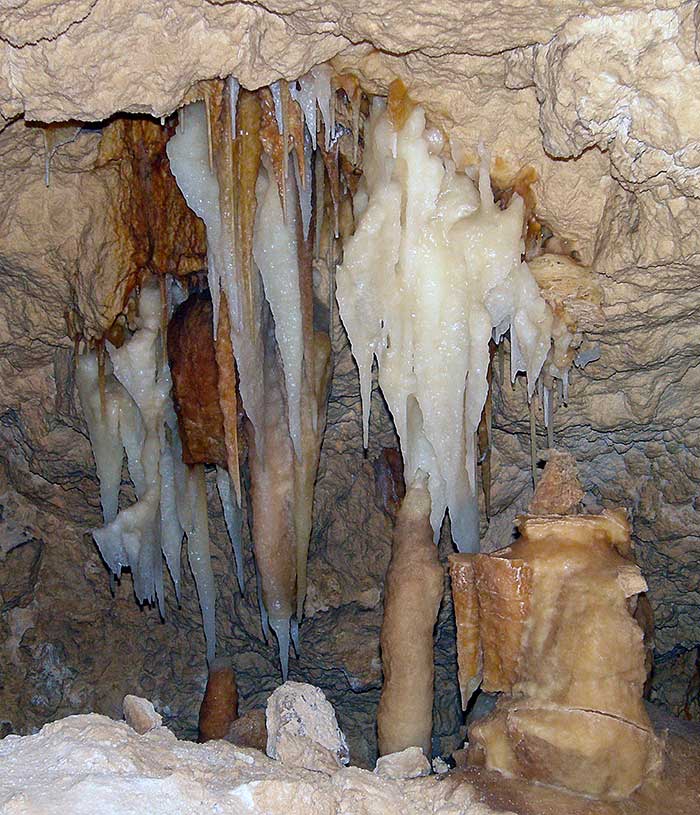
Stalactites, Kelly Hill Conservation Park, Kangaroo Island
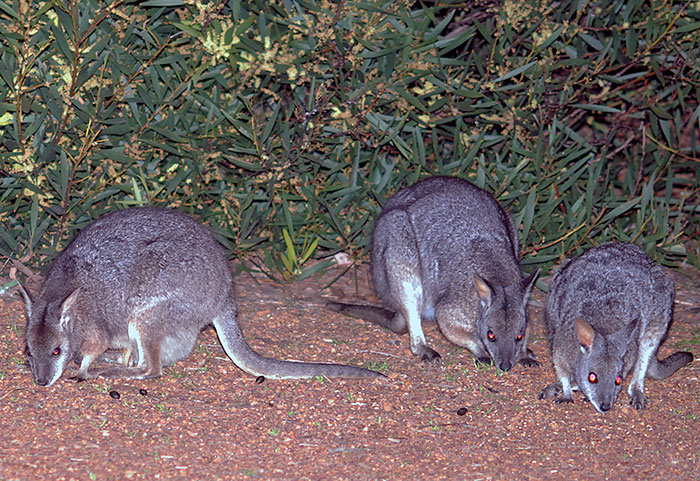
Tammar Wallaby (Macropus eugenii), Hanson Bay Wildlife Sanctuary, Kangaroo Island

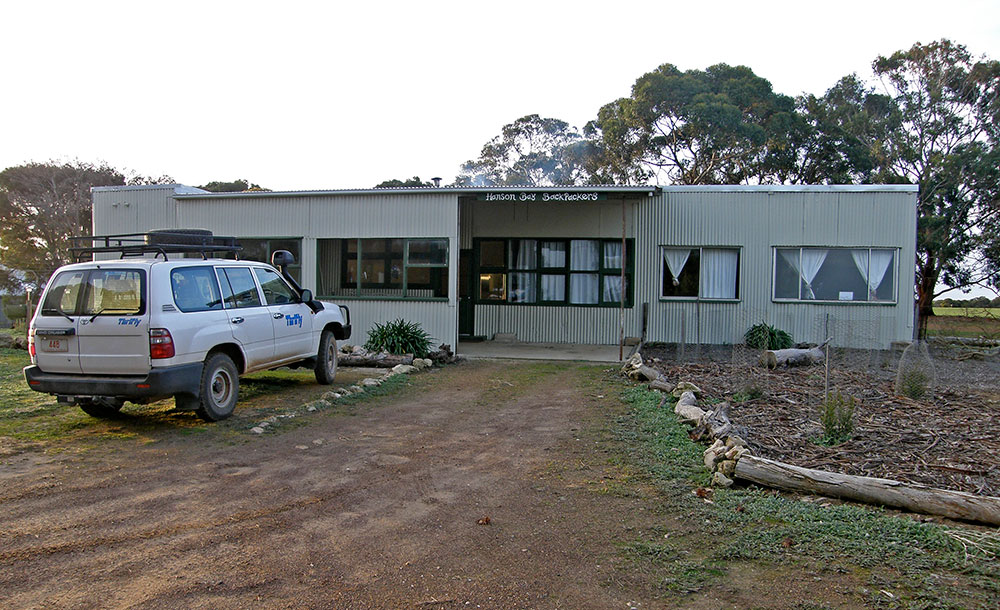
Hanson Bay Backpackers Lodge, Kangaroo Island
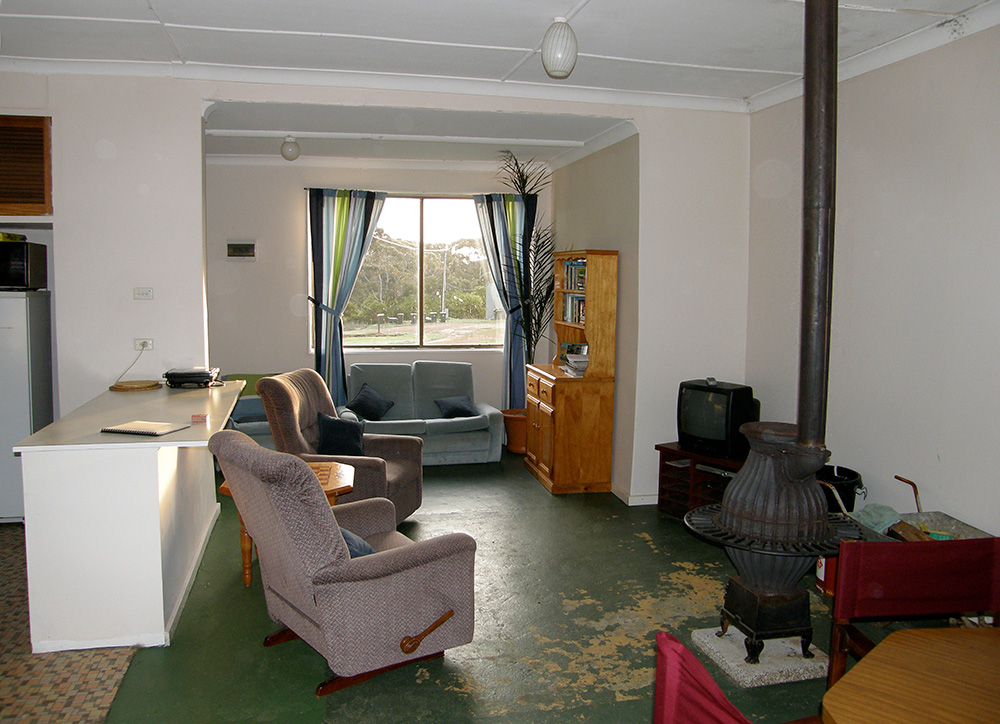
Worn down. Hanson Bay Backpackers. Gone in the 2020 bushfire?
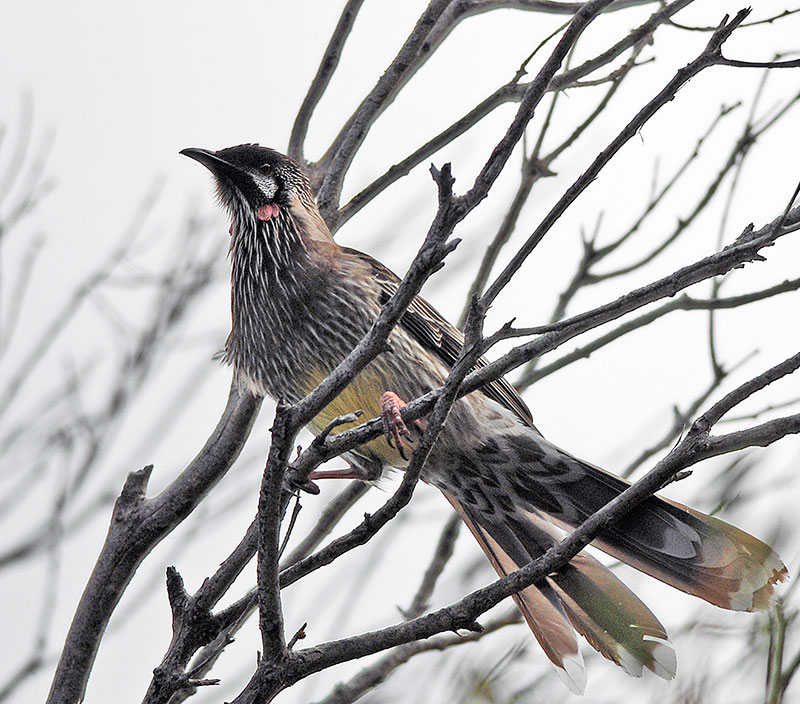
Red Wattlebird (Anthochaera carunculata clelandi), Kangaroo Island. This is the second largest species of honeyeater, and the subspecies found on Kangaroo Island is endemic to the island
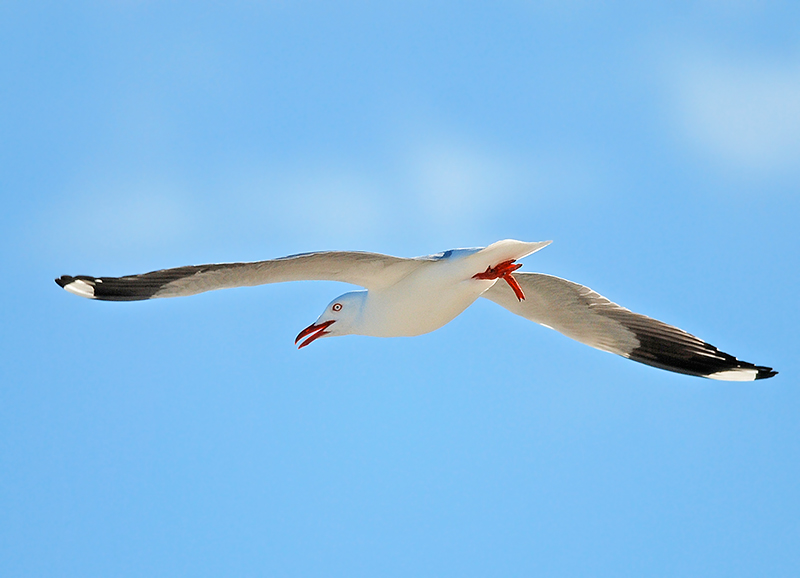
Silver Gull (Chroicocephalus novaehollandiae), Kangaroo Island
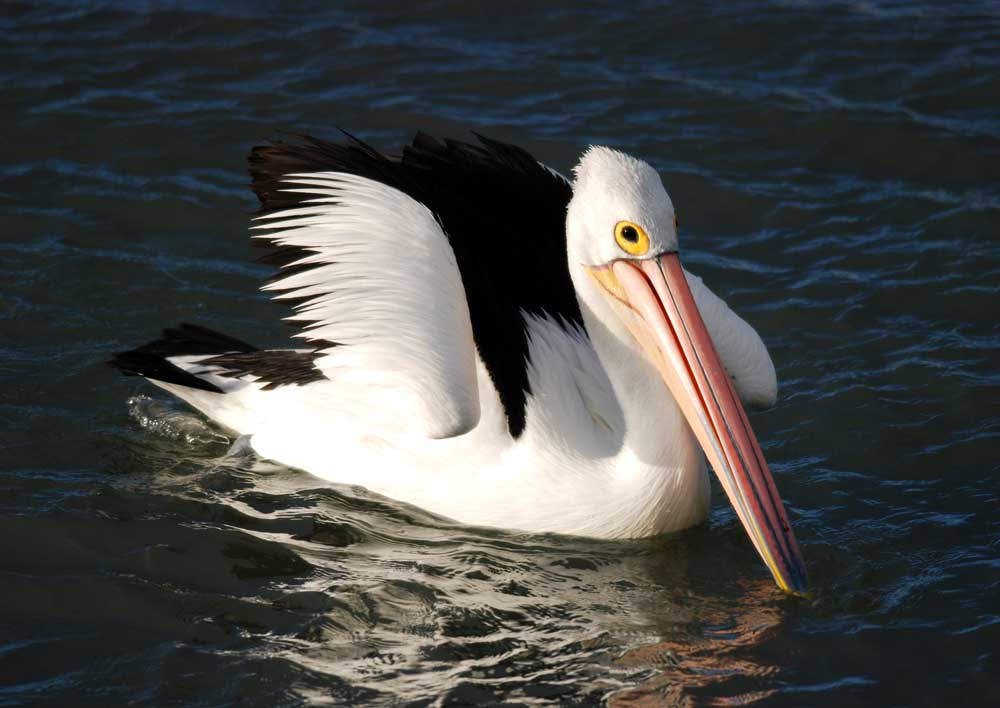
Australian Pelican (Pelecanus conspicillatus), Kangaroo Island
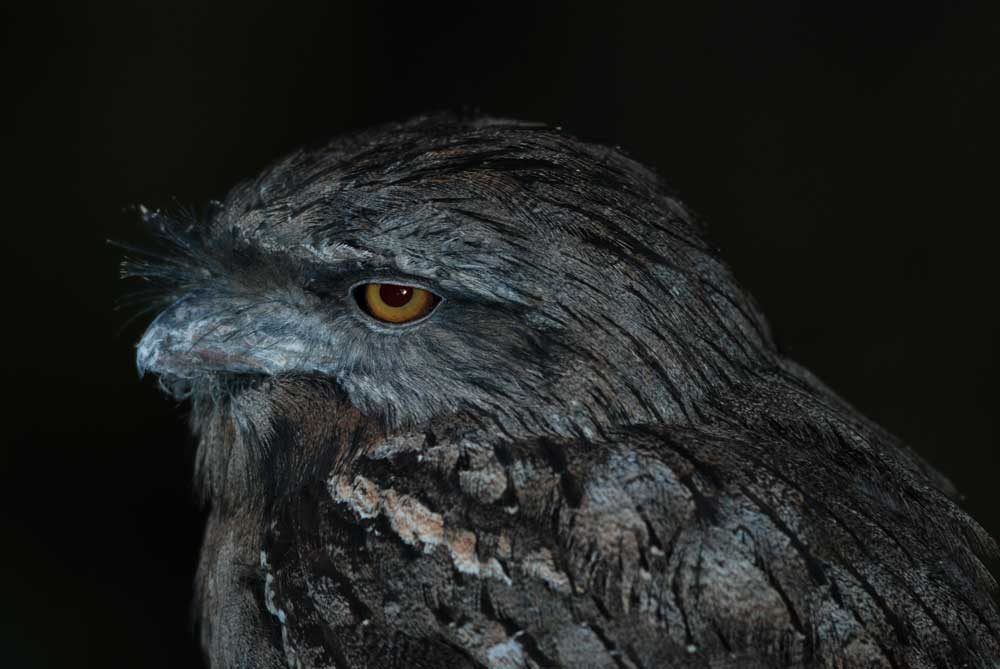
Tawny Frogmouth (Podargus strigoides), Cleland Conservation Park (aviary bird)
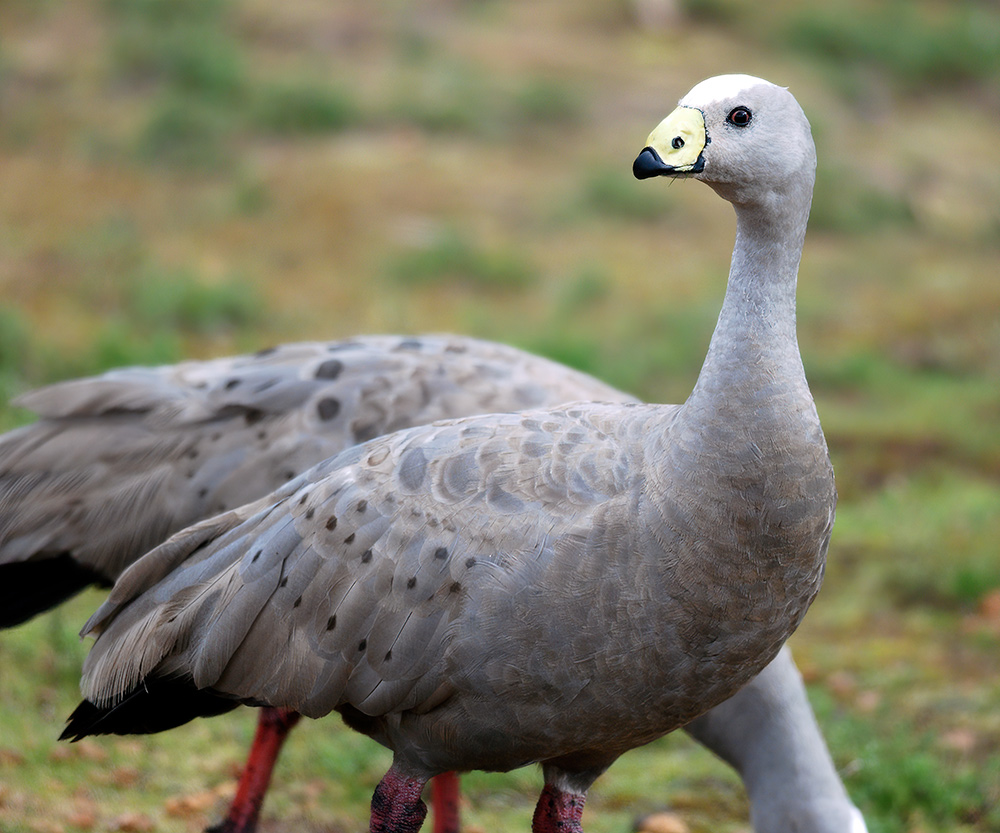
Cape Barren Goose (Cereopsis novaehollandiae), Kangaroo Island
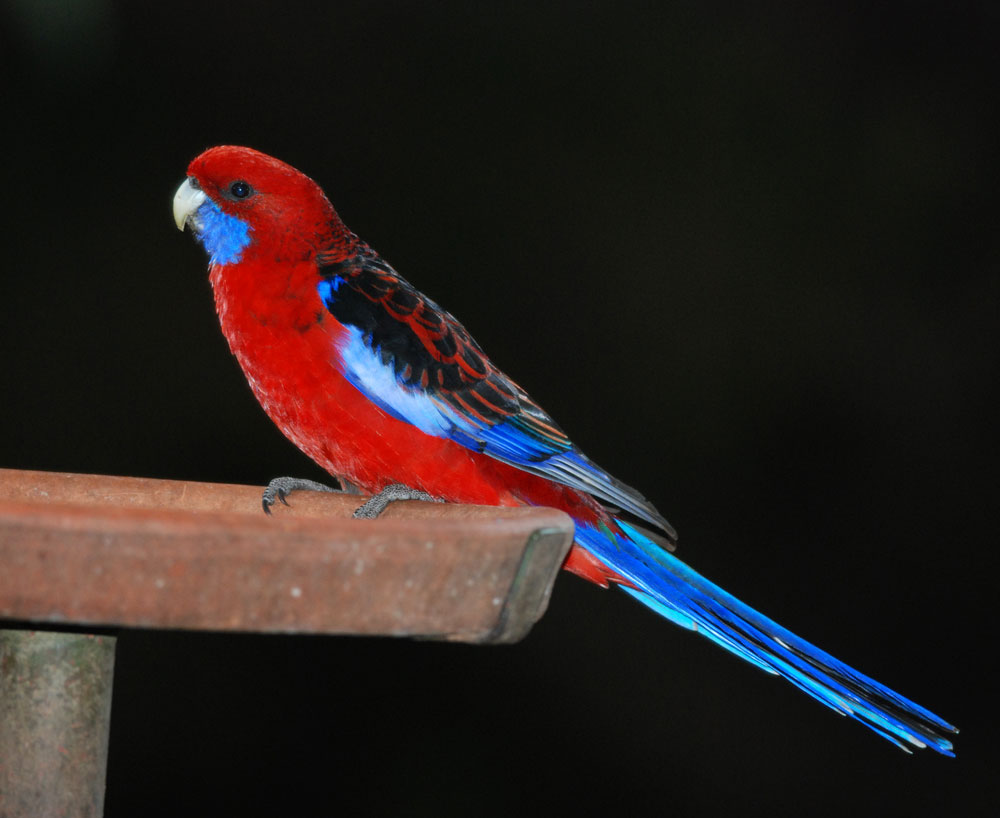
Crimson Rosella (Platycercus elegans melanopterus). An endemic subspecies on Kangaroo Island
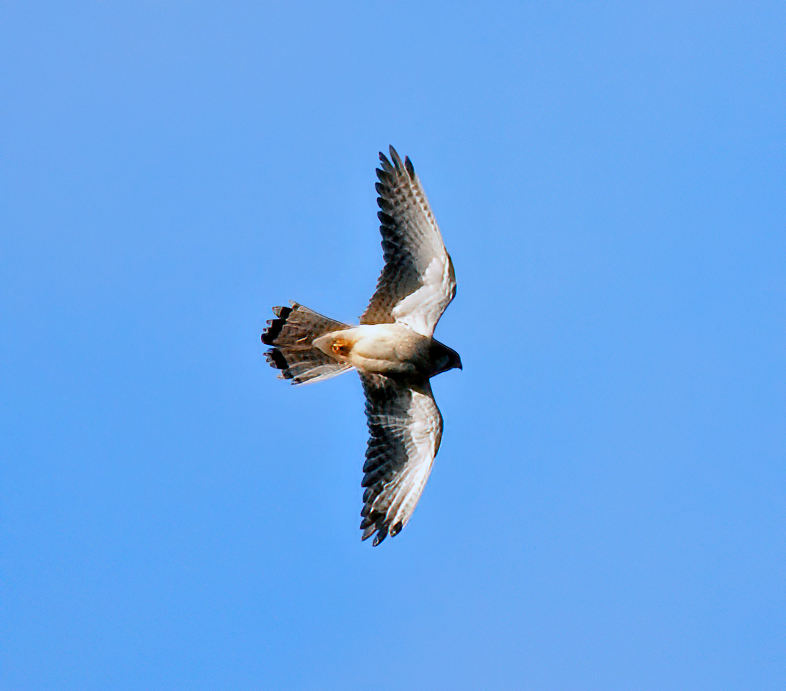
Nankeen Kestrel (Falco cenchroides), Deep Creek Conservation Park
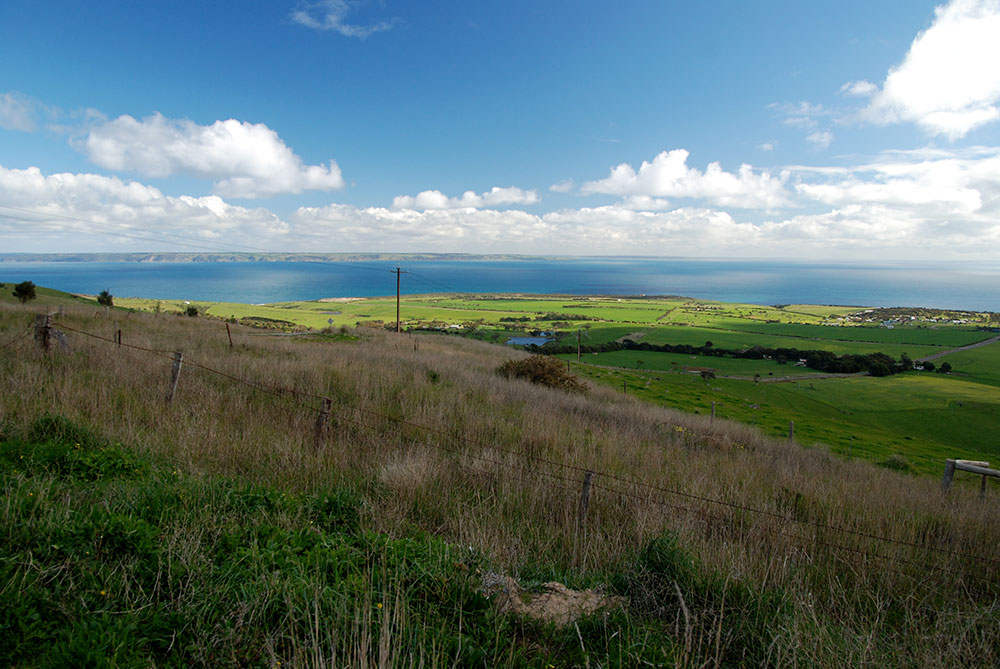
View toward Kangaroo Island from the mainland
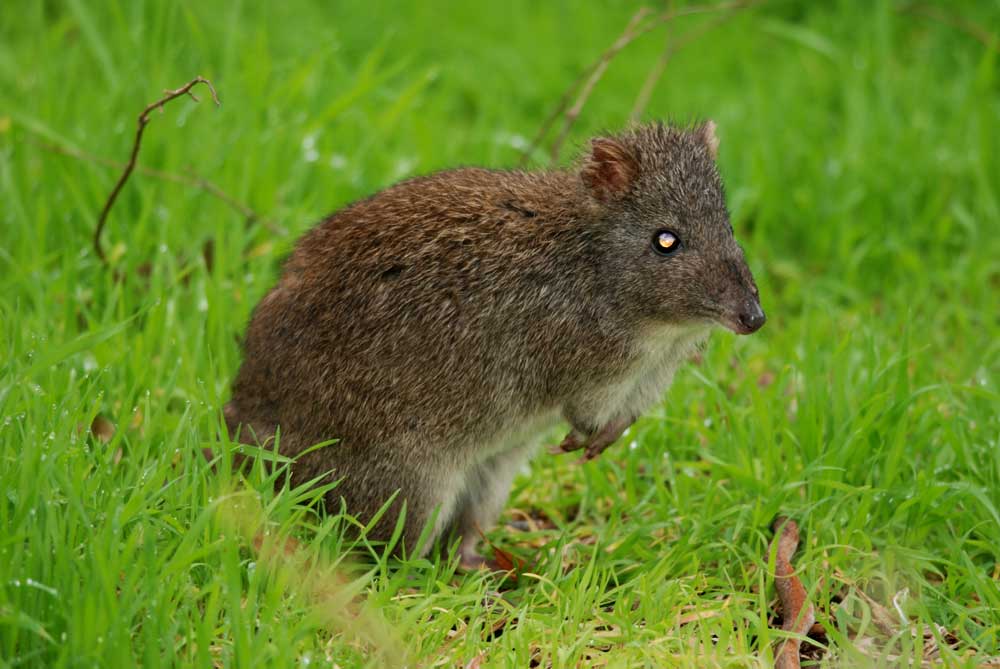
Long-nosed Potoroo (Potorous tridactylus), Cleland Conservation Park
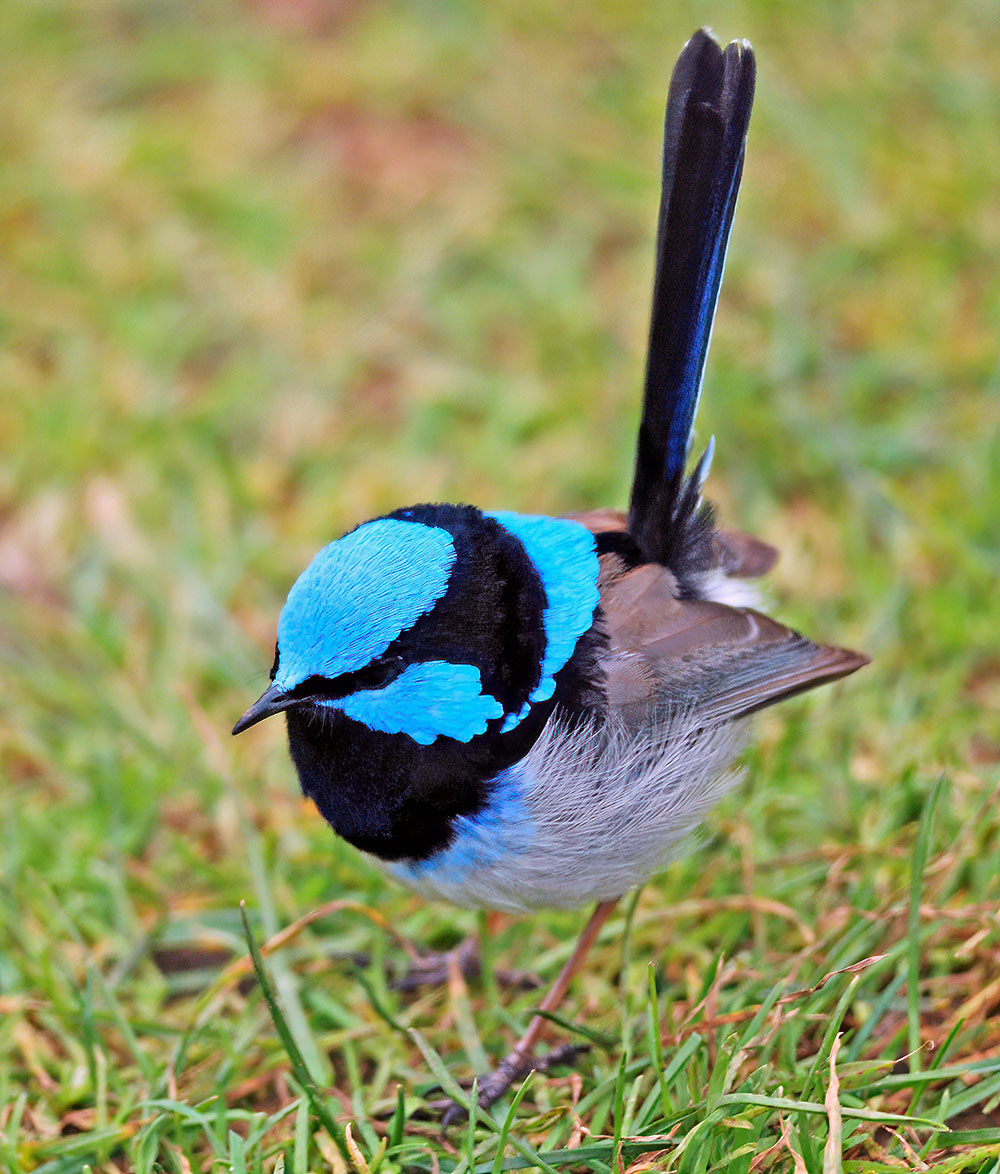
Superb Fairywren (Malurus cyaneus), Cleland Conservation Park
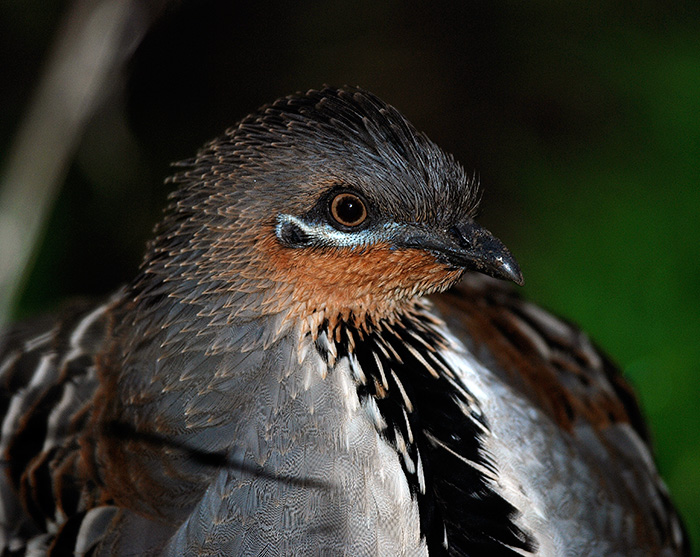
Malleefowl (Leipoa ocellata), Cleland Conservation Park (aviary bird)
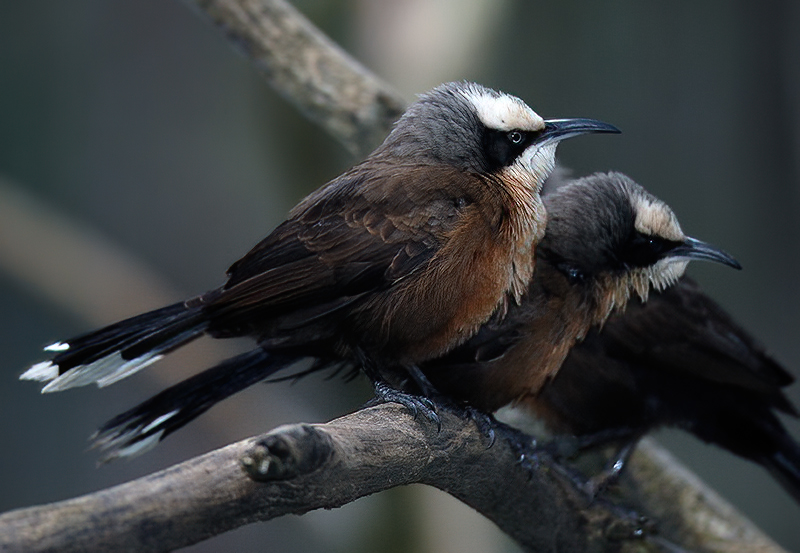
Grey-crowned Babbler (Pomatostomus temporalis), Cleland Conservation Park (aviary birds)
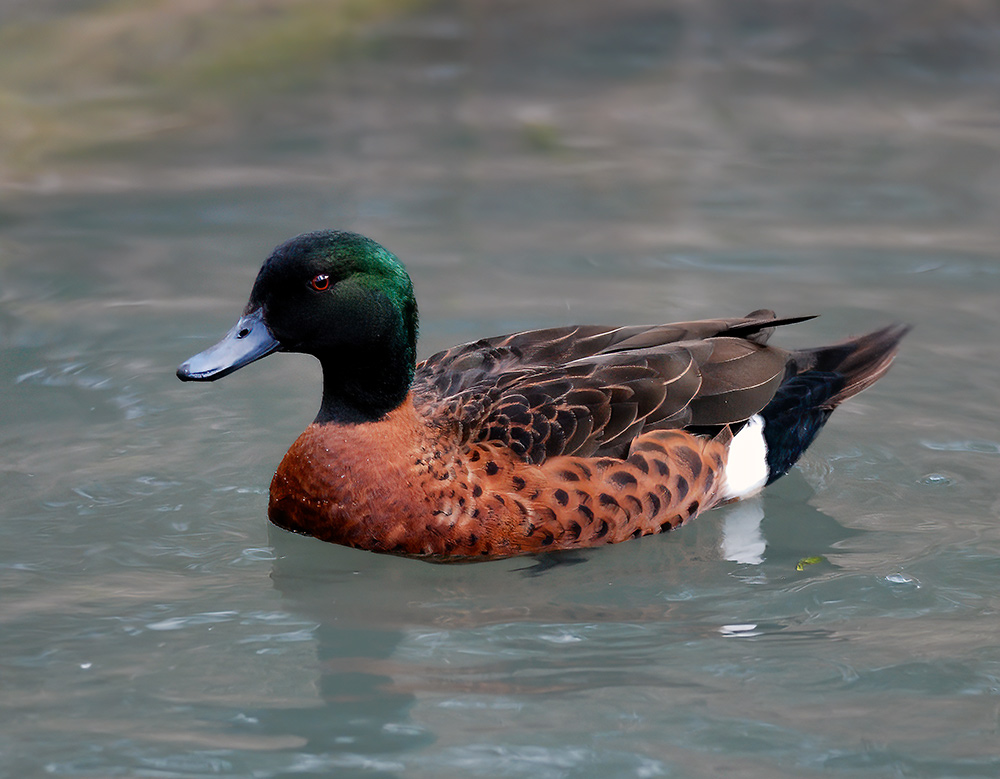
Chestnut Teal (Anas castanea), Cleland Conservation Park
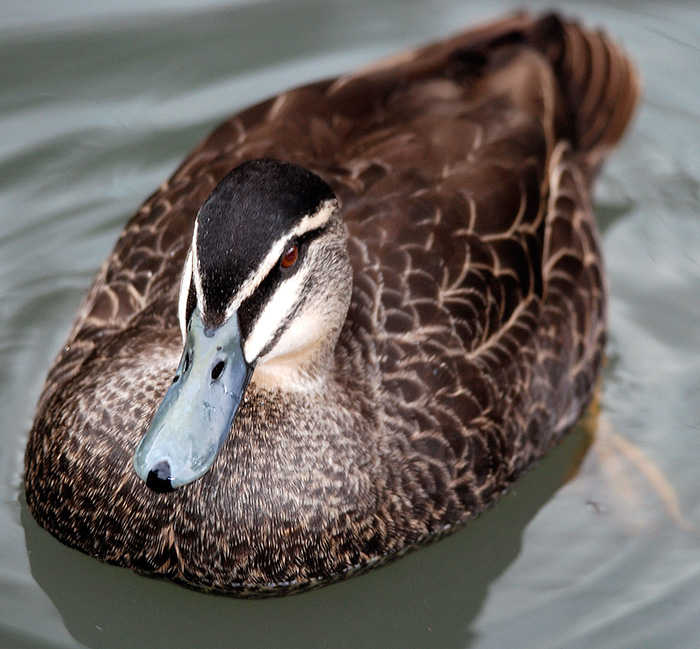
Pacific Black Duck (Anas superciliosa), Cleland Conservation Park
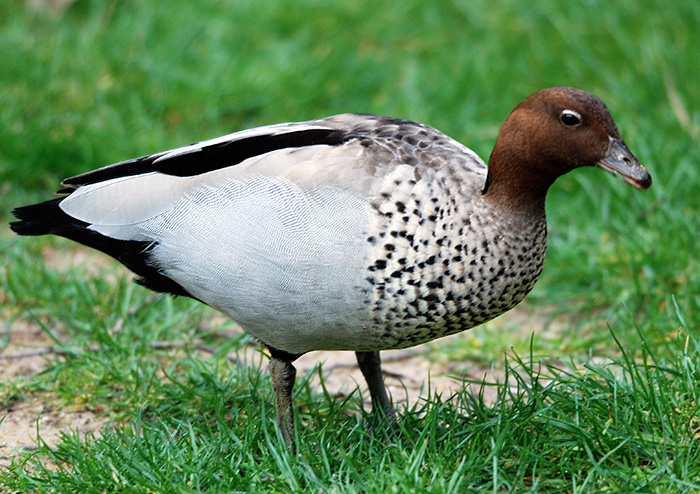
Australian Wood Duck (Chenonetta jubata), Cleland Conservation Park
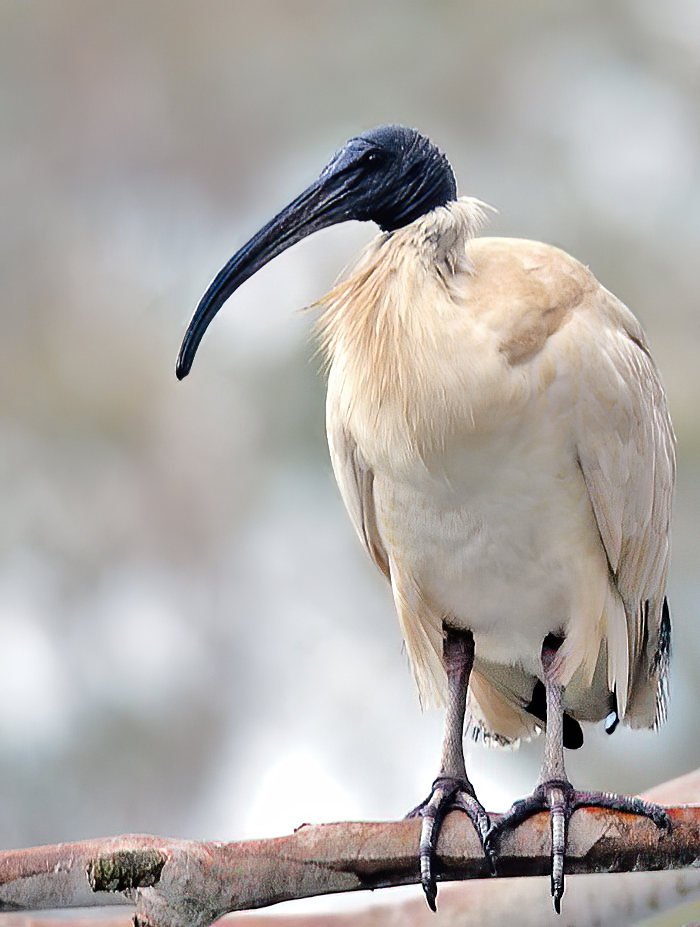
Australian White Ibis (Threskiornis molucca), Cleland Conservation Park
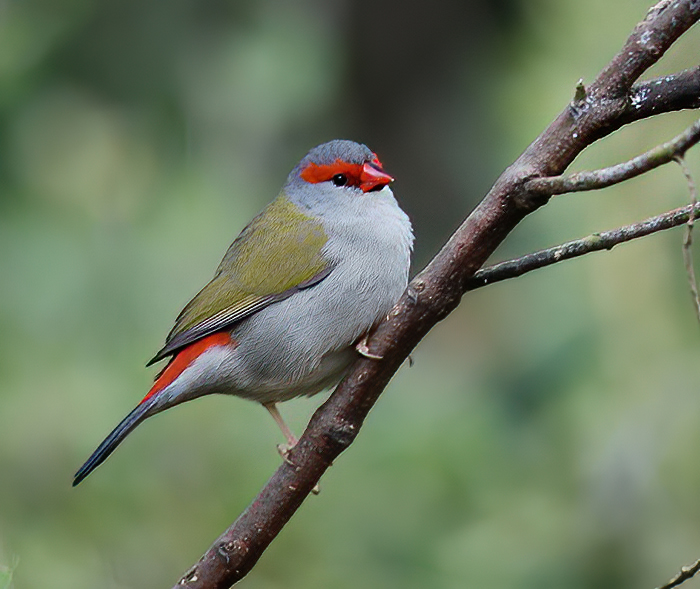
Red-browed Finch (Neochmia temporalis), Cleland Conservation Park, SA
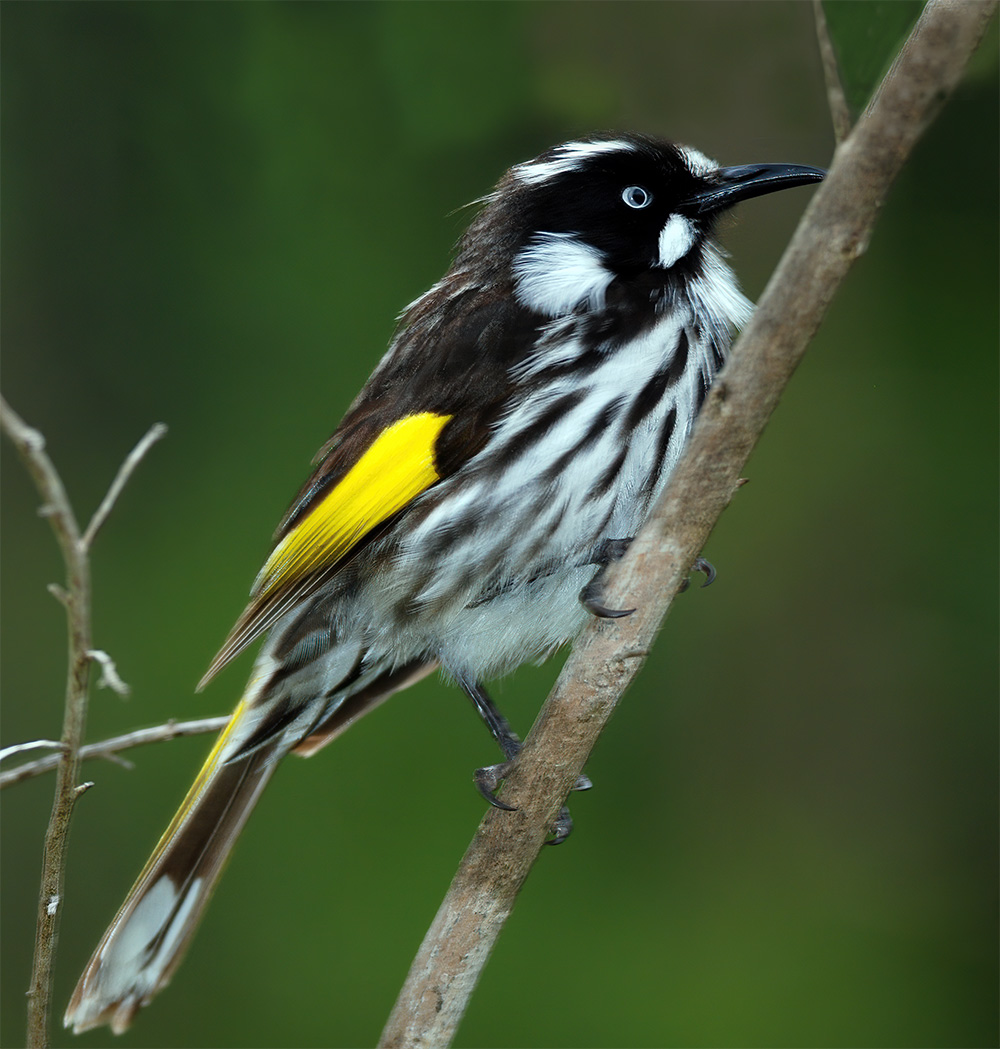
New Holland Honeyeater (Phylidonyris novaehollandiae), Cleland Conservation Park, SA
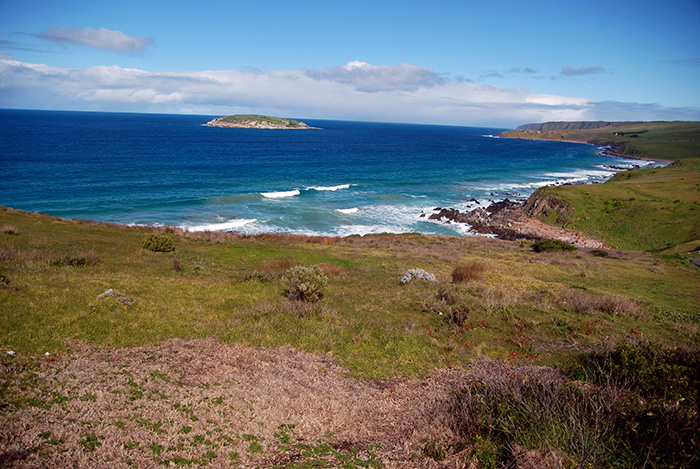
Deep Creek Conservation Park, SA
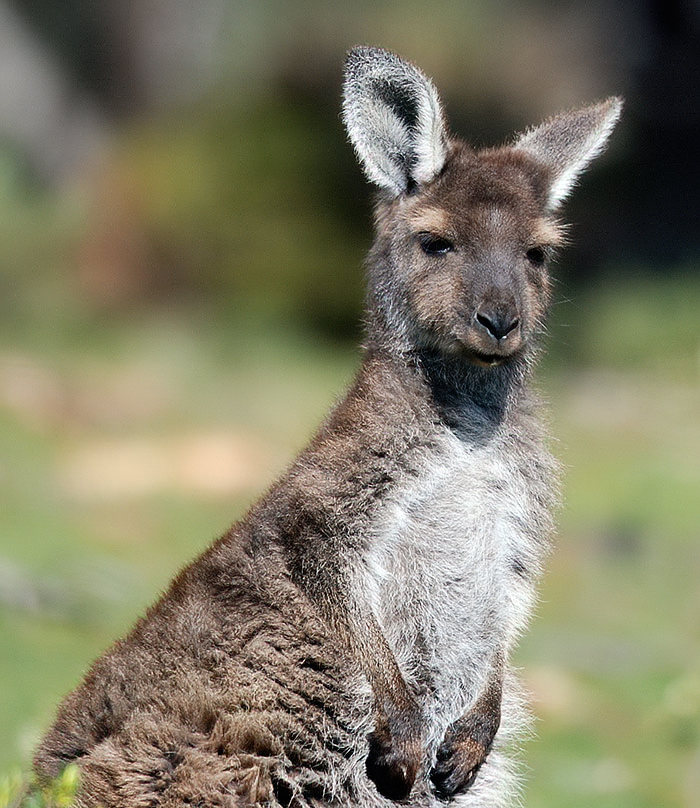
Western Grey Kangaroo (Macropus fuliginosus), Deep Creek Conservation Park, SA
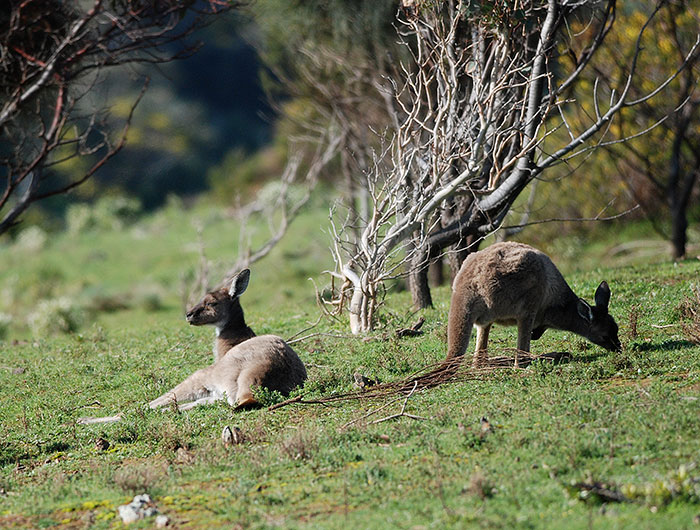
Western Grey Kangaroo (Macropus fuliginosus), Deep Creek Conservation Park, SA
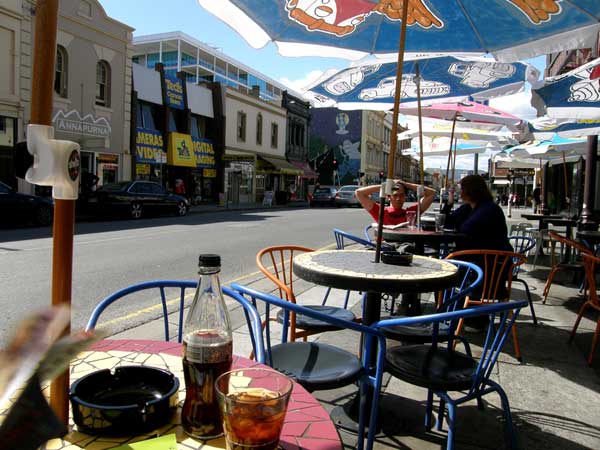
Downtown Adelaide
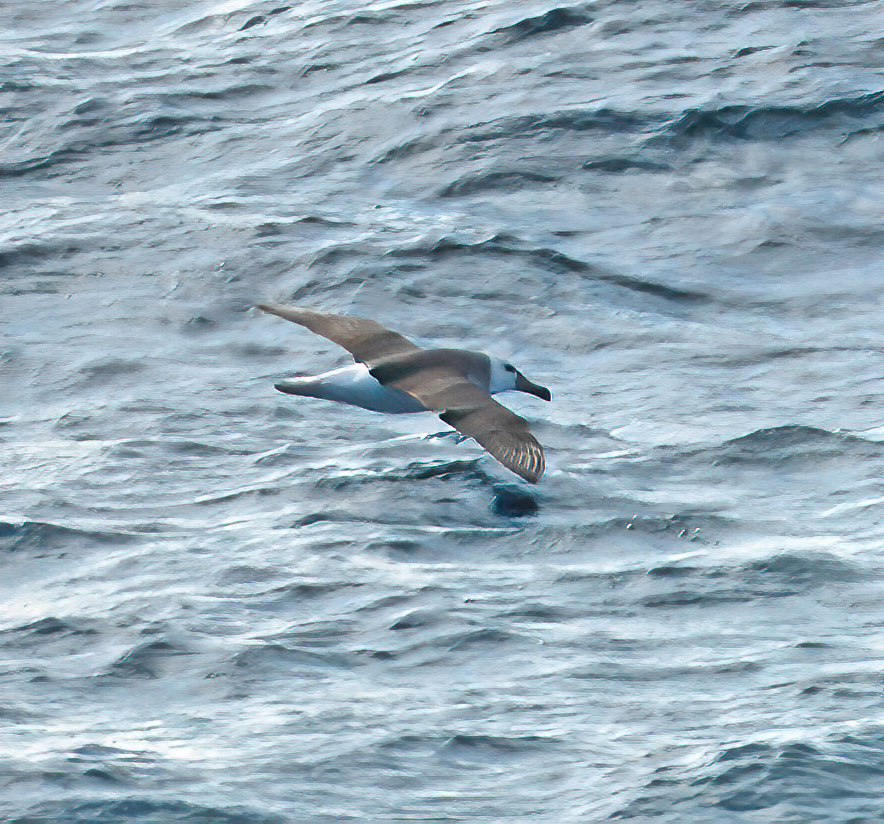
Black-browed Albatross (Diomedea melanophris), outside Sydney
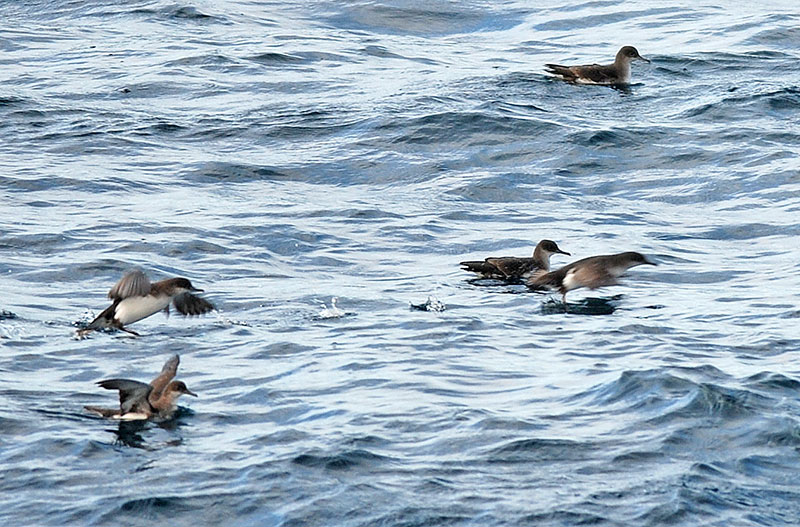
Hutton's Shearwater (Puffinus huttoni), outside Sydney
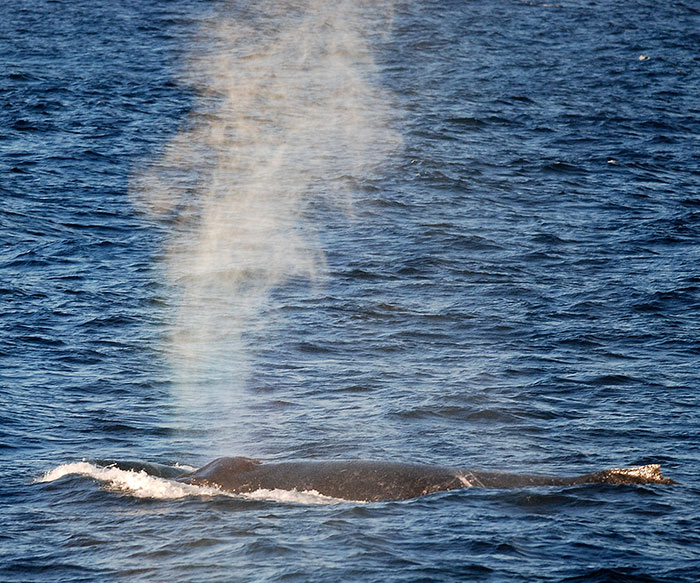
Humpback Whale (Megaptera novaeangliae). Whale-watching trip outside Sydney
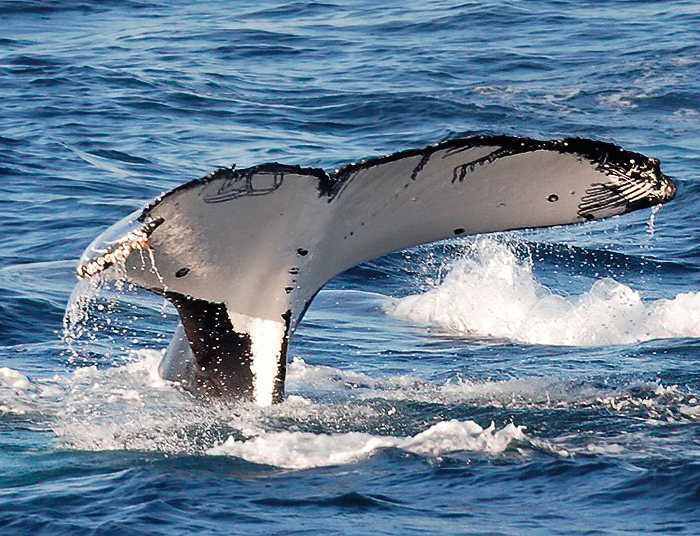
Humpback Whale diving. Whale-watching trip outside Sydney
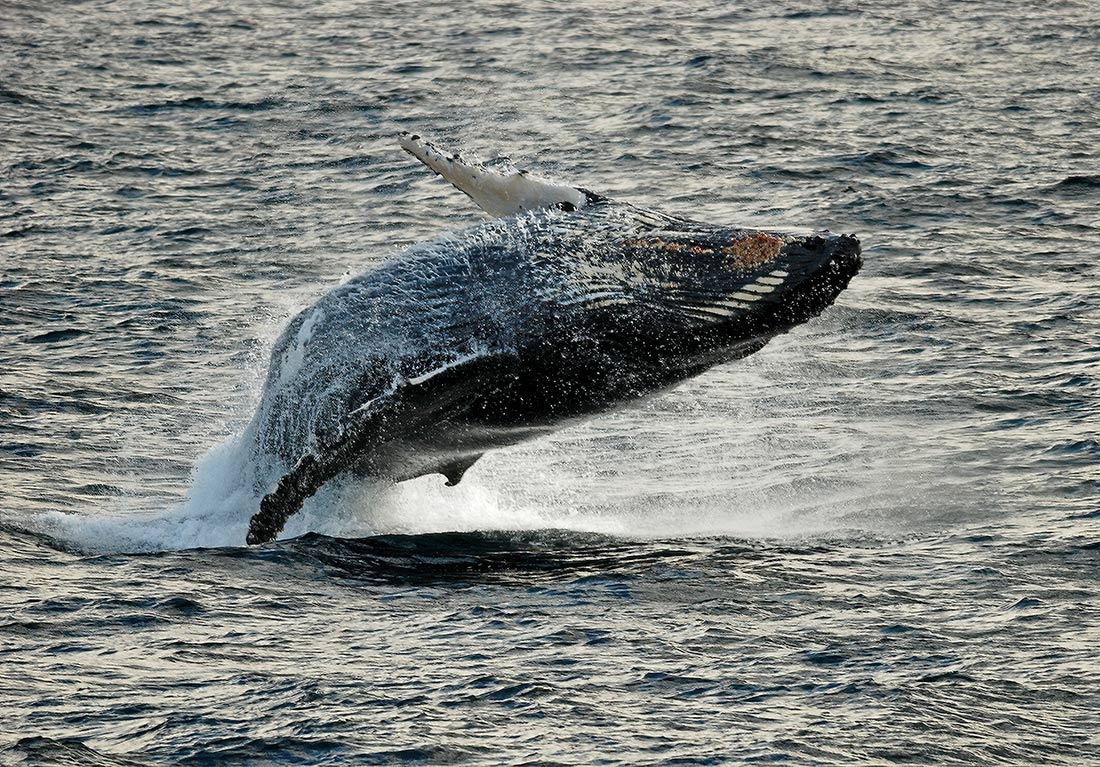
Humpback Whale breaching. Was lucky to get this picture, of the only jumping whale we saw. Whale-watching trip outside Sydney
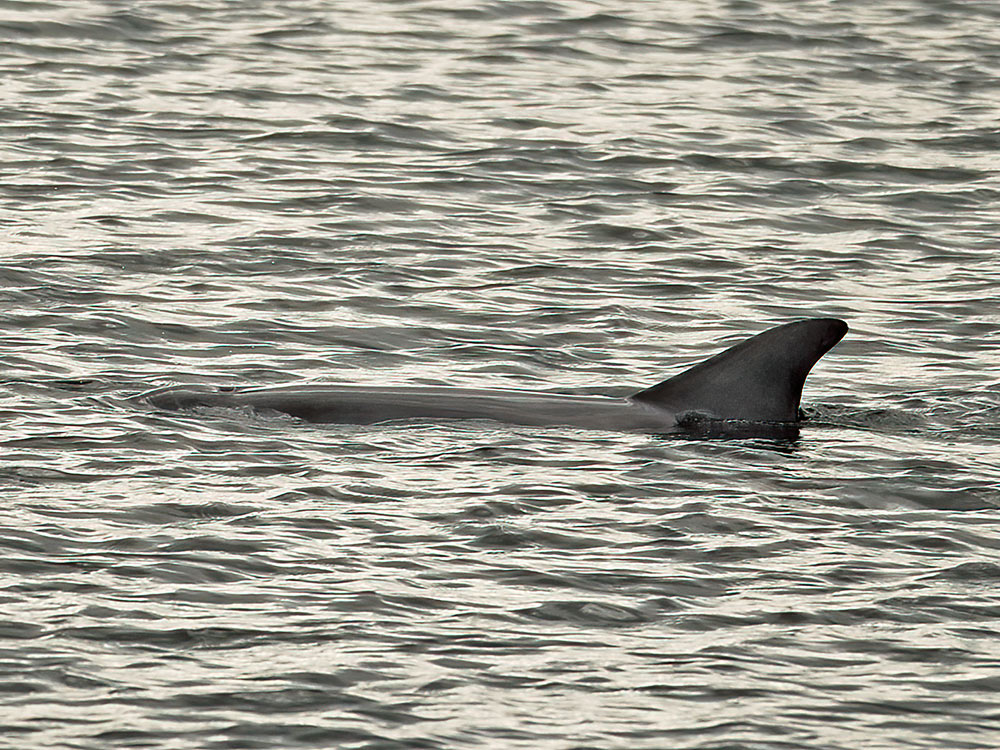
Indo-Pacific Bottlenose Dolphin (Tursiops aduncus), Adelaide Harbor
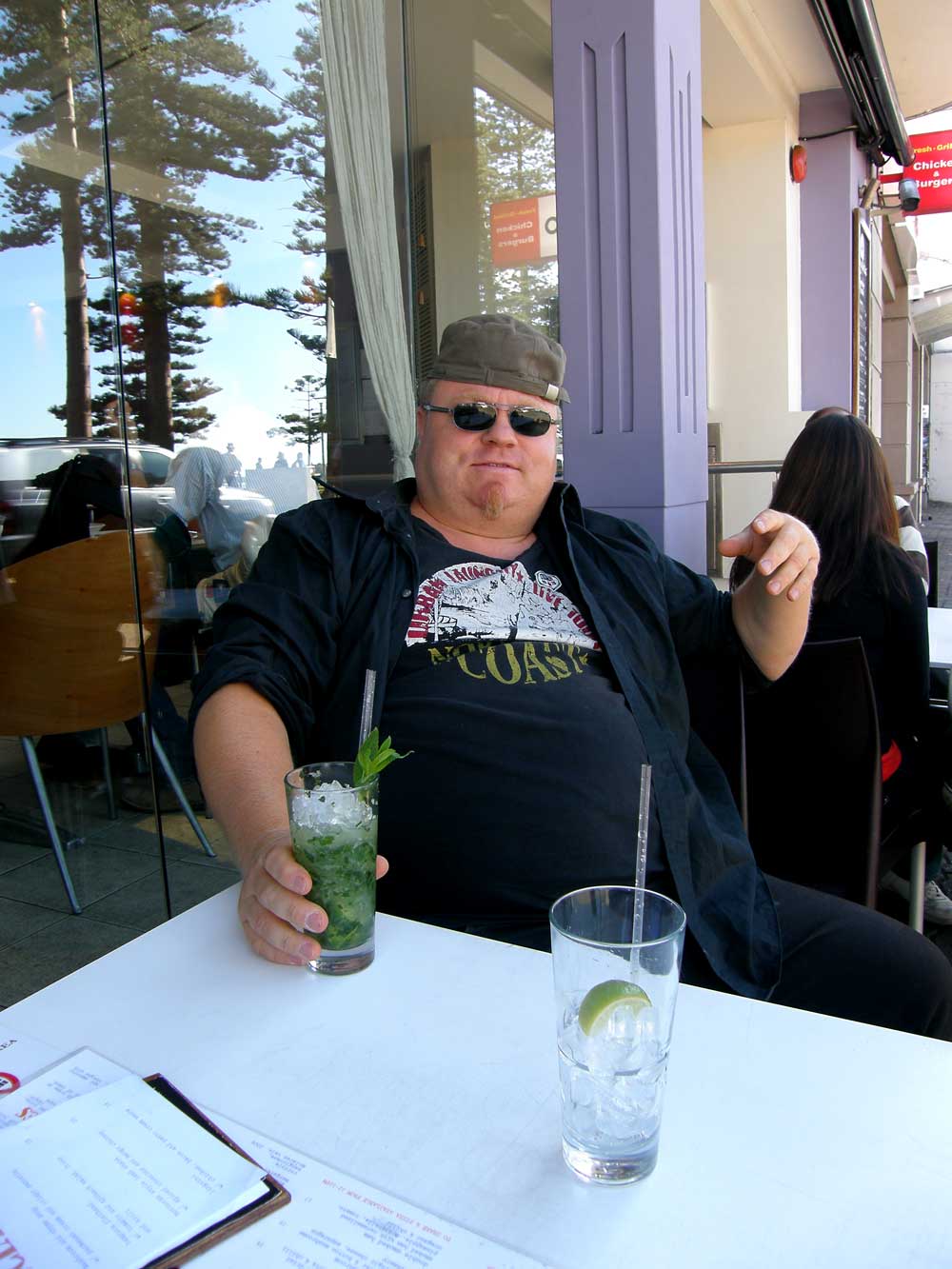
Mojito at Manly, Sydney
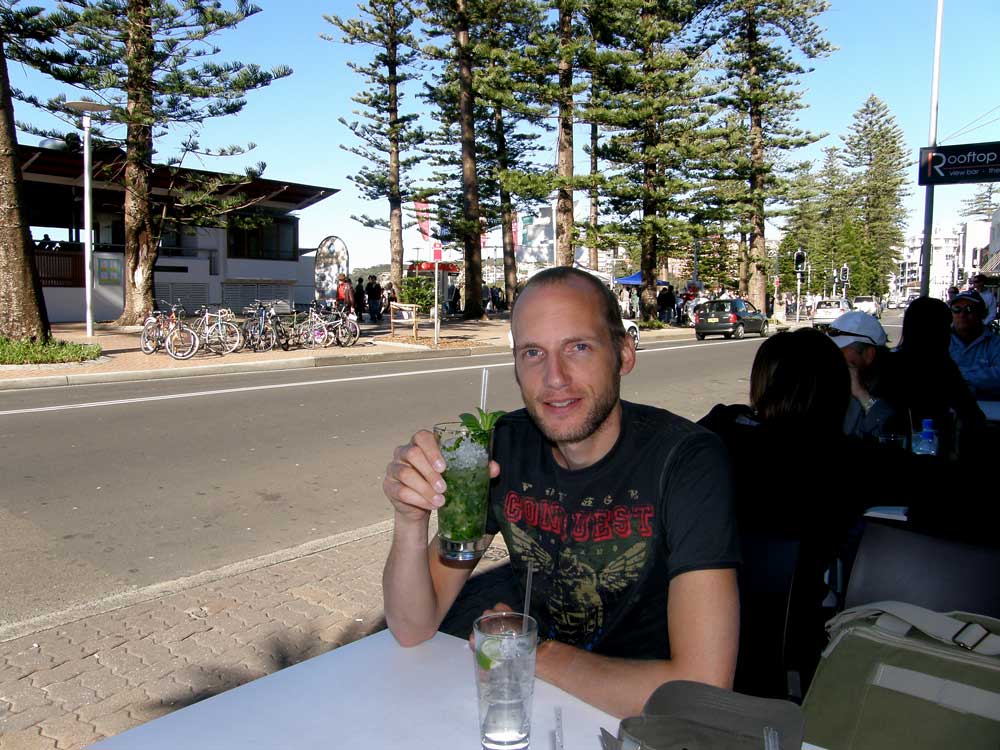
BHH with a mojito at Manly, Sydney
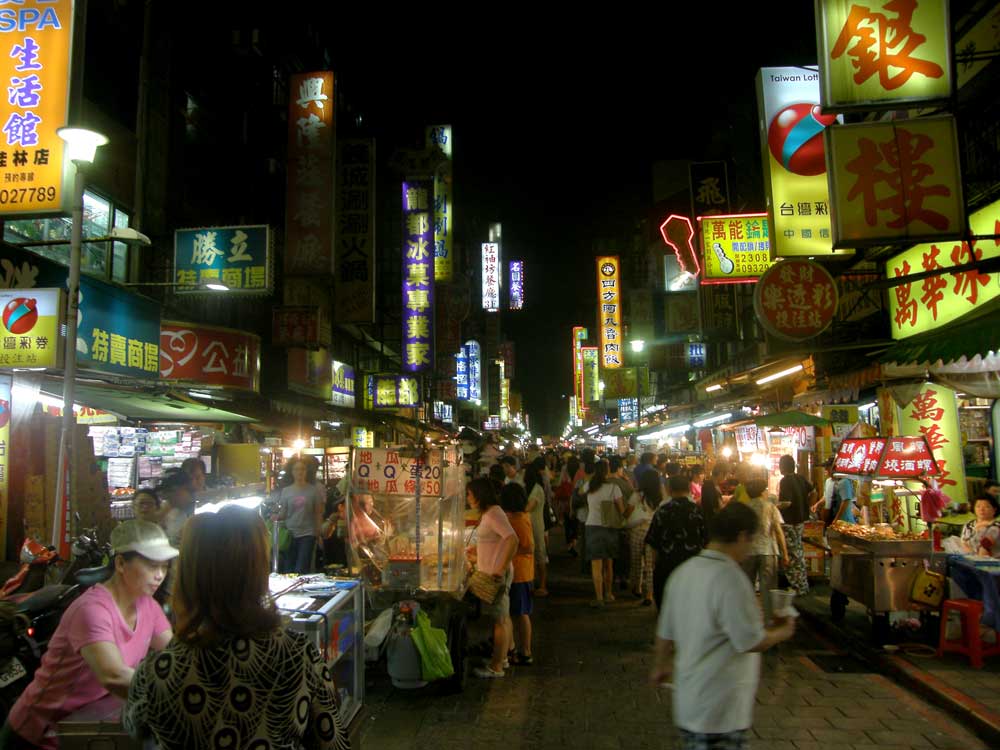
Short stop-over in Taipei, Taiwan, on my way to Sydney
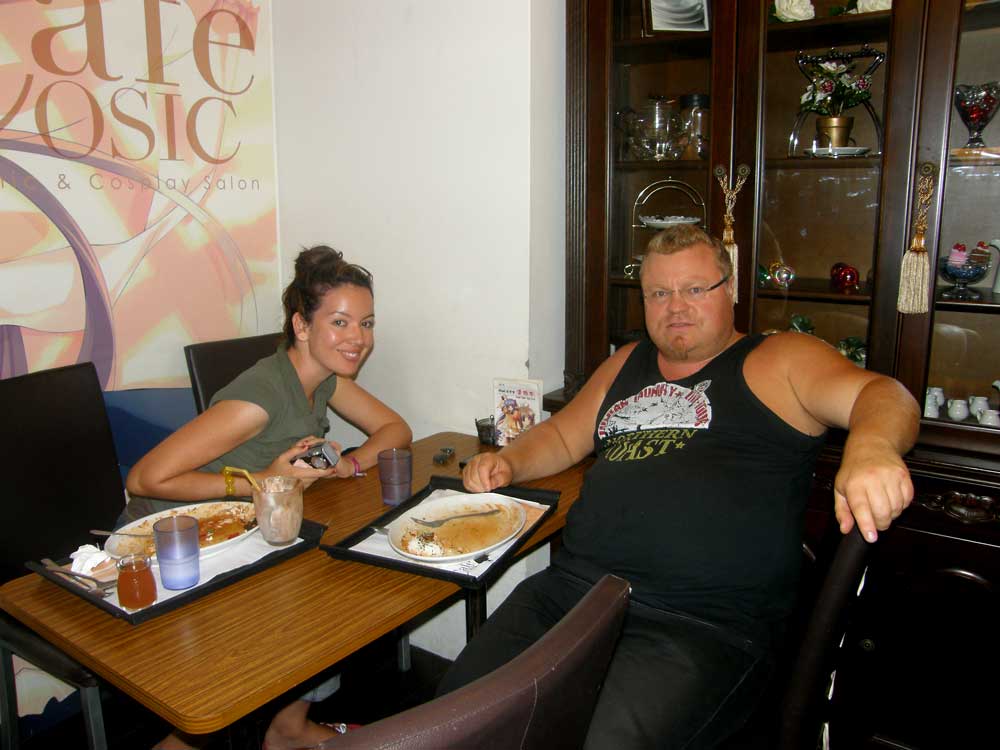
Taipei dining